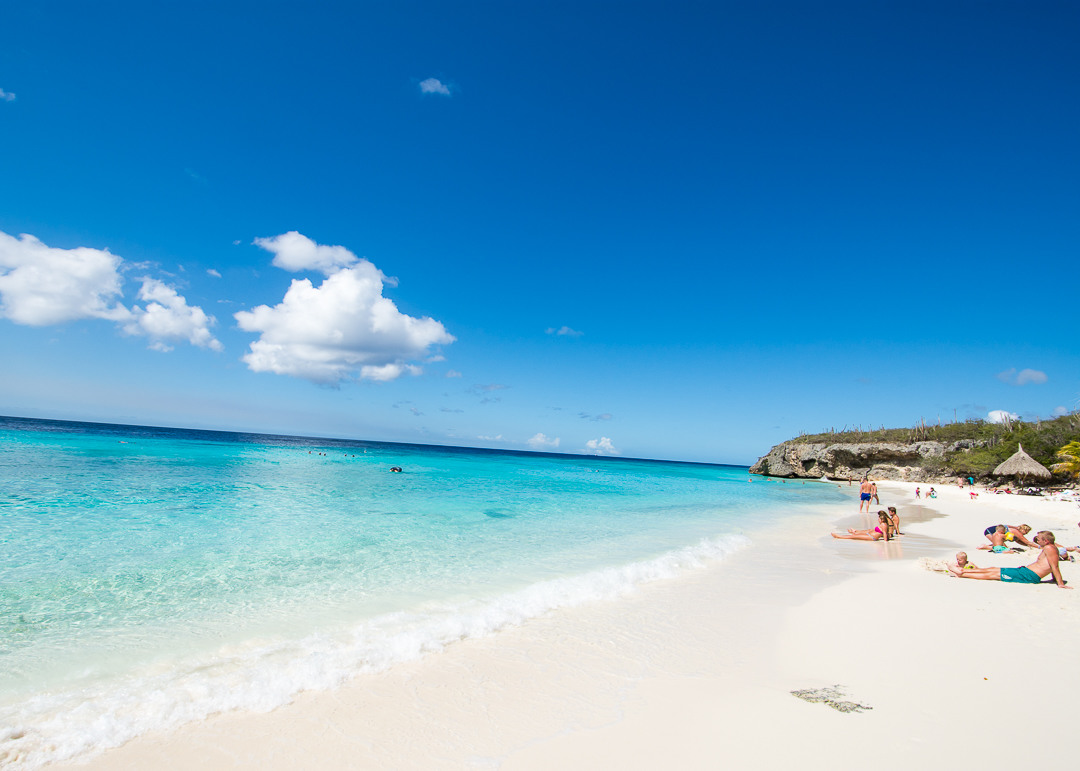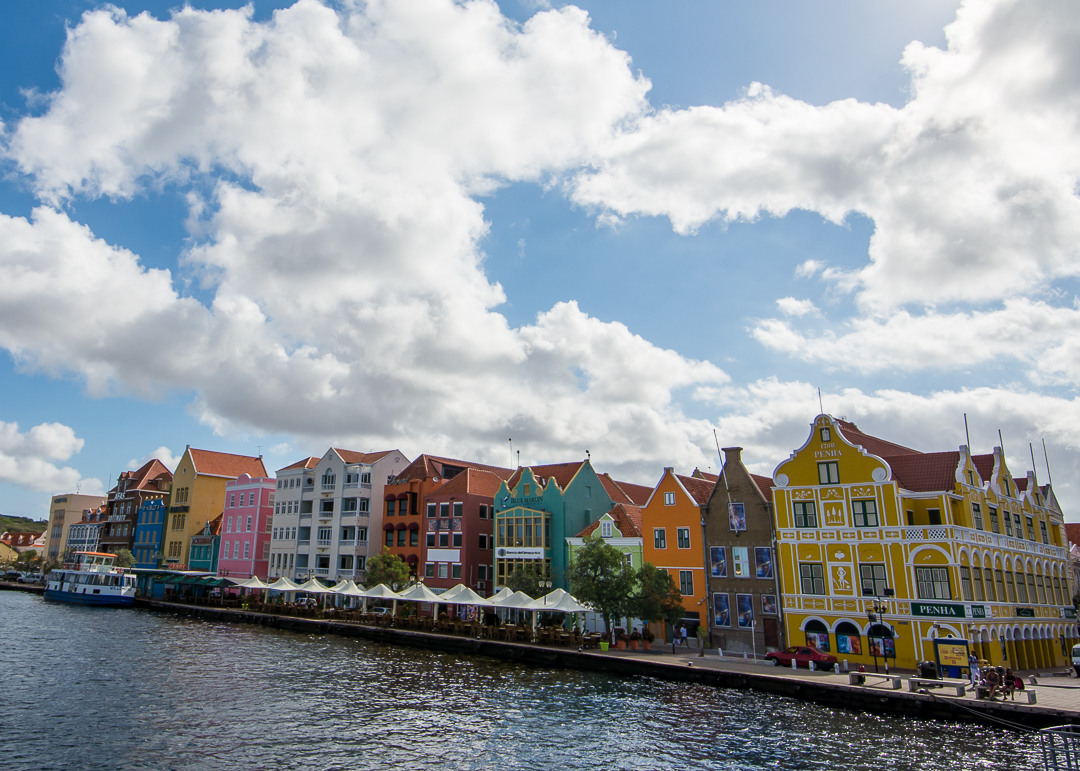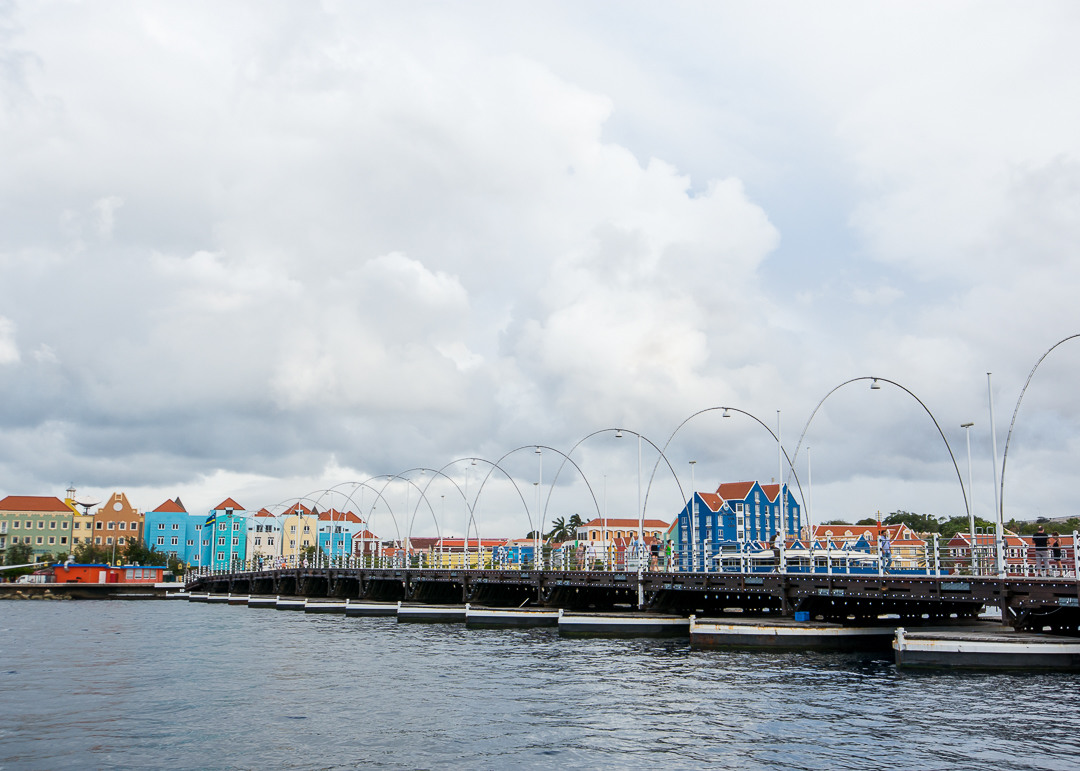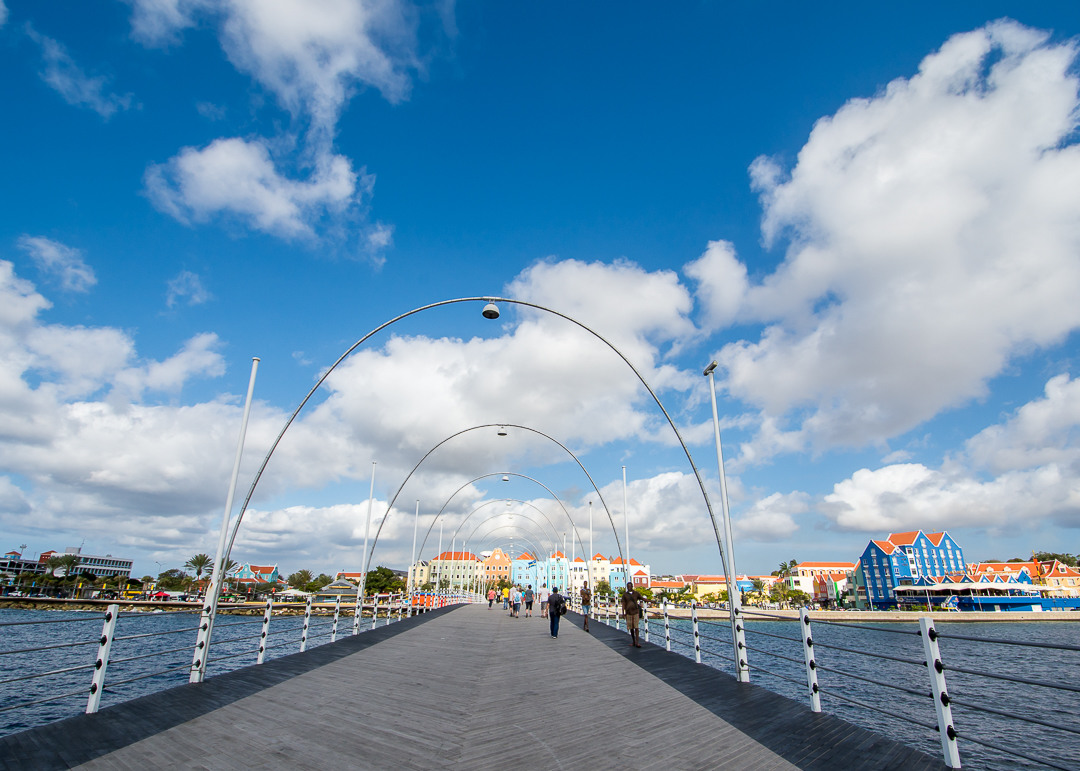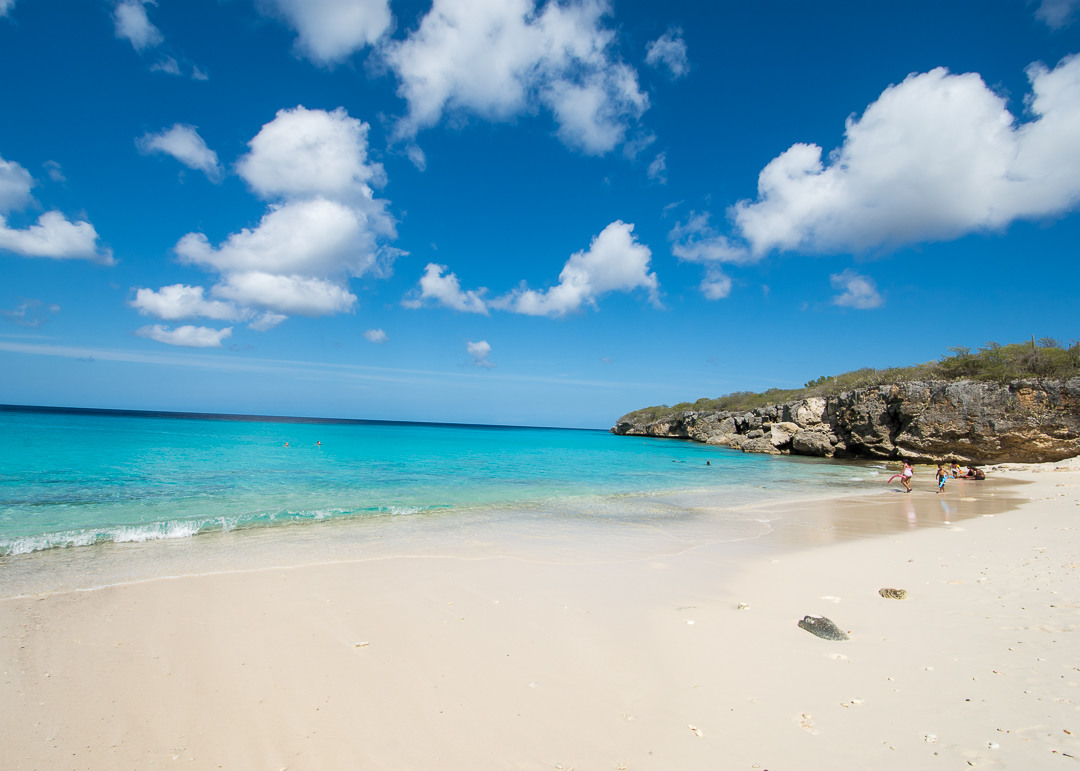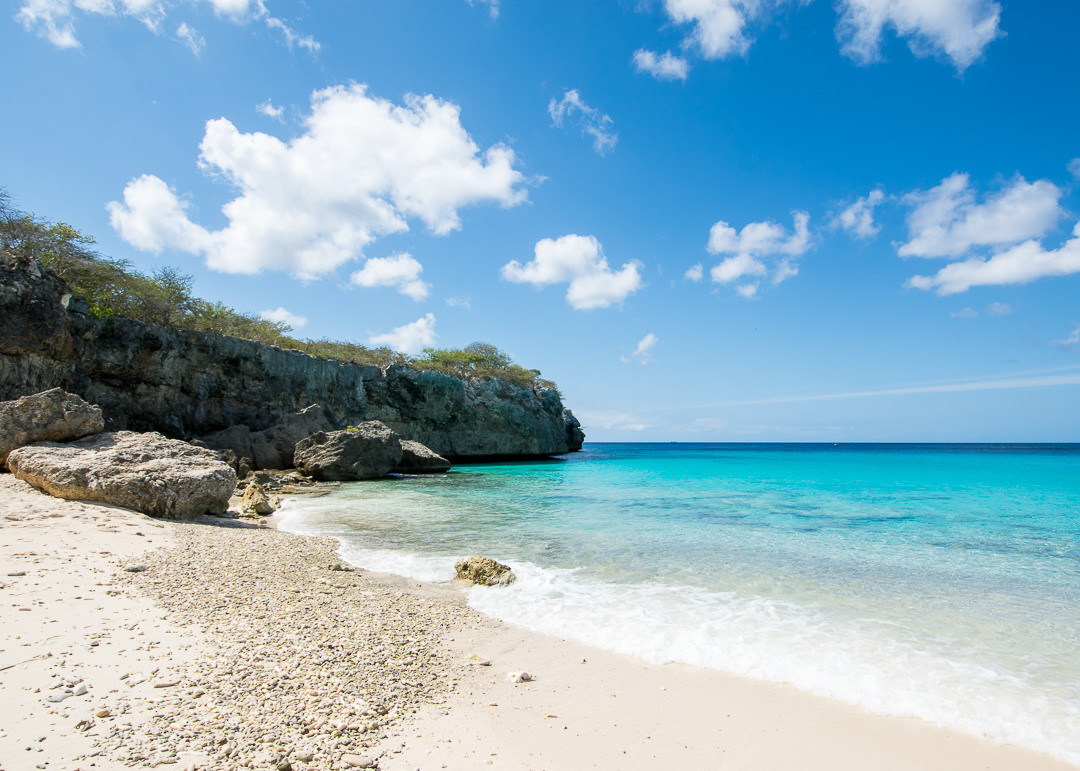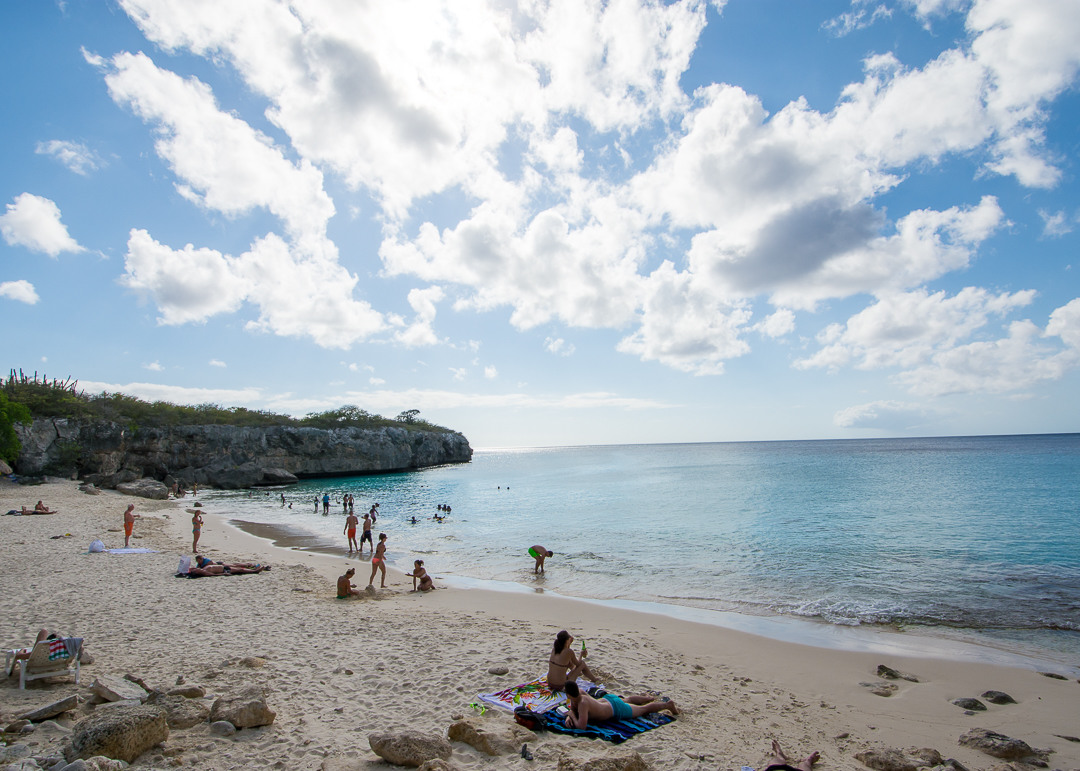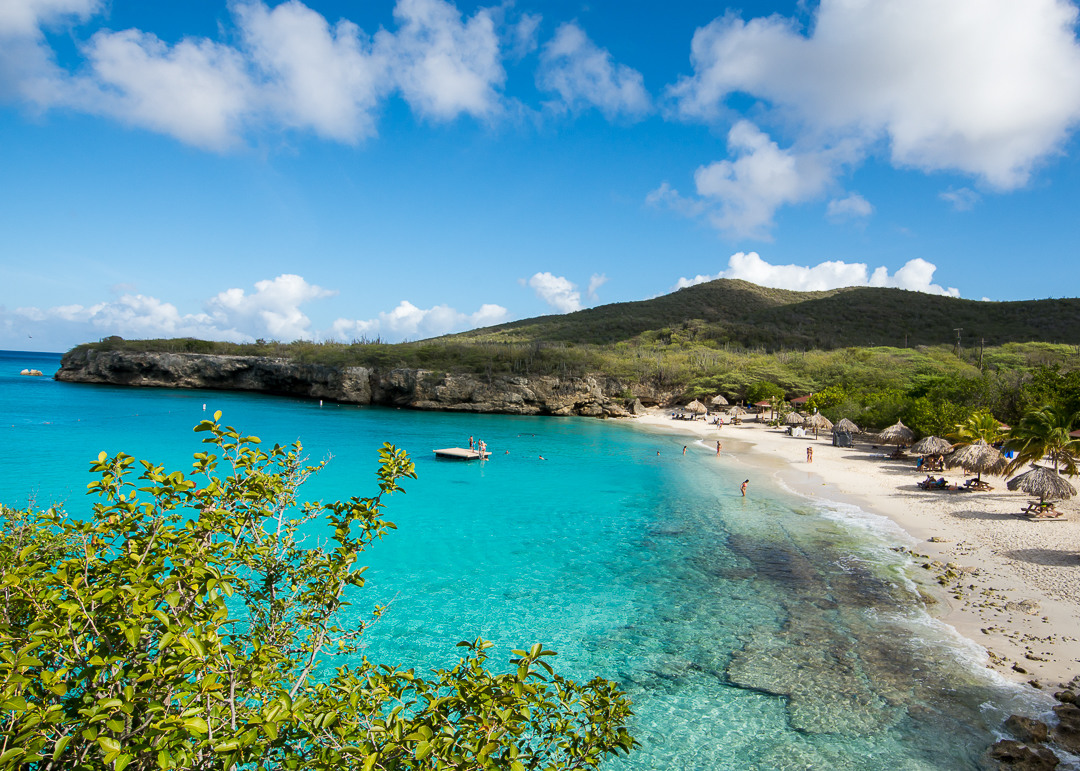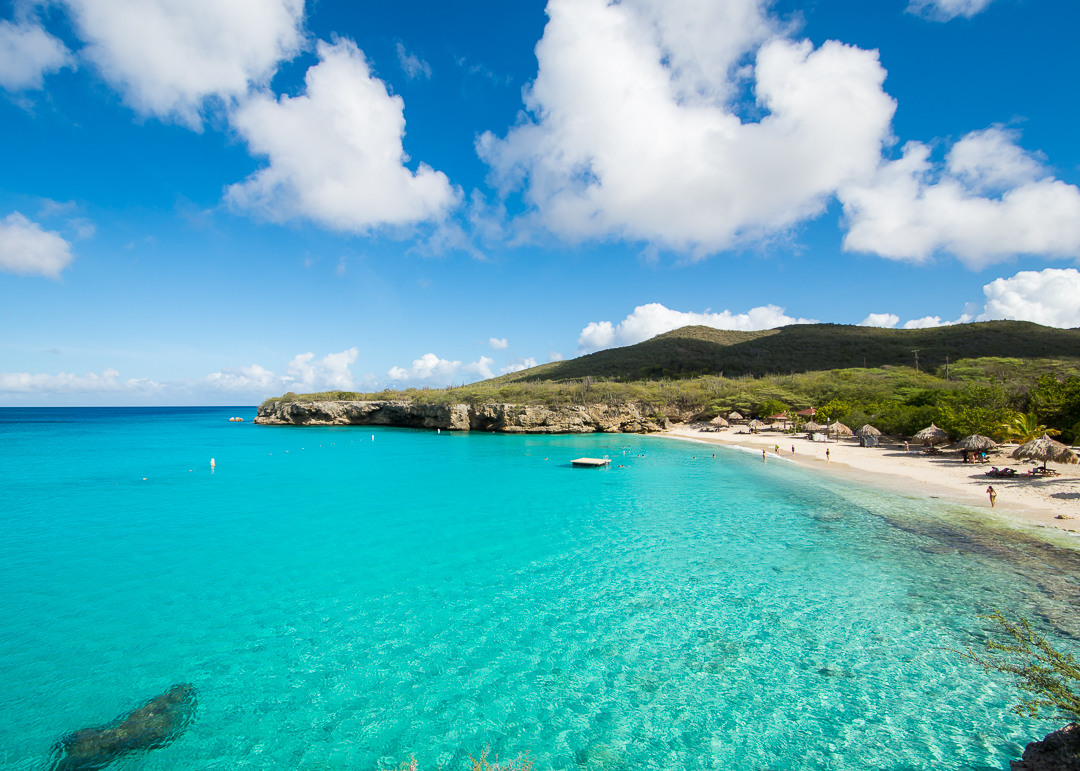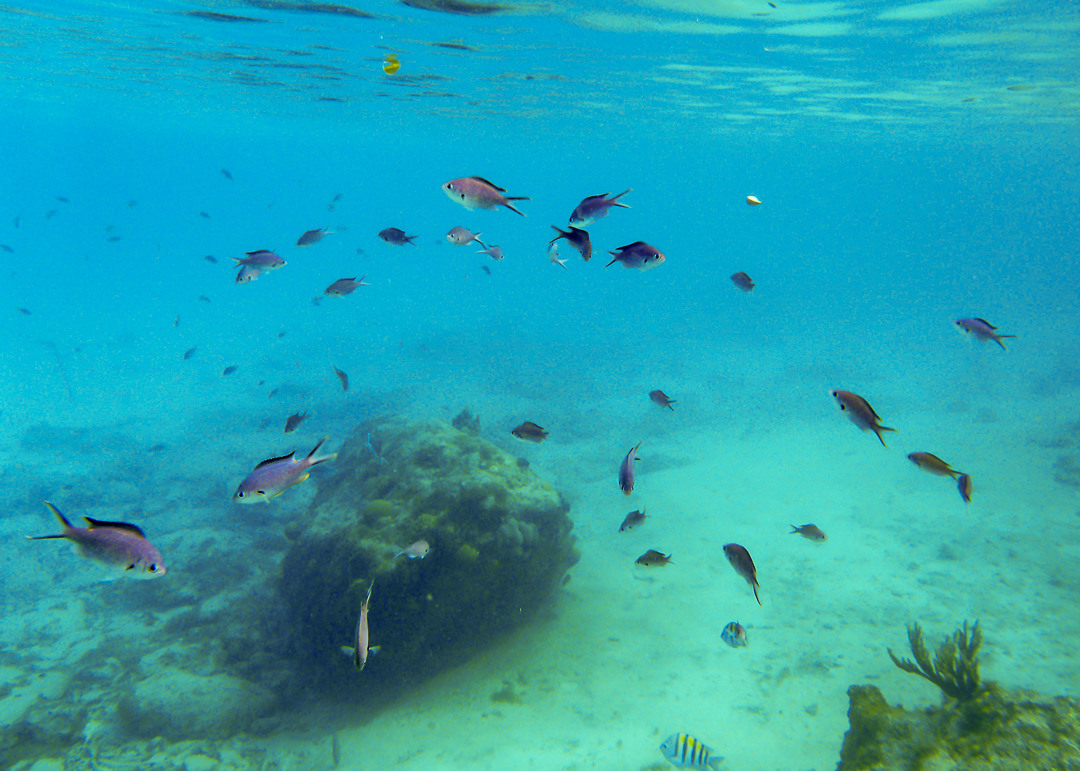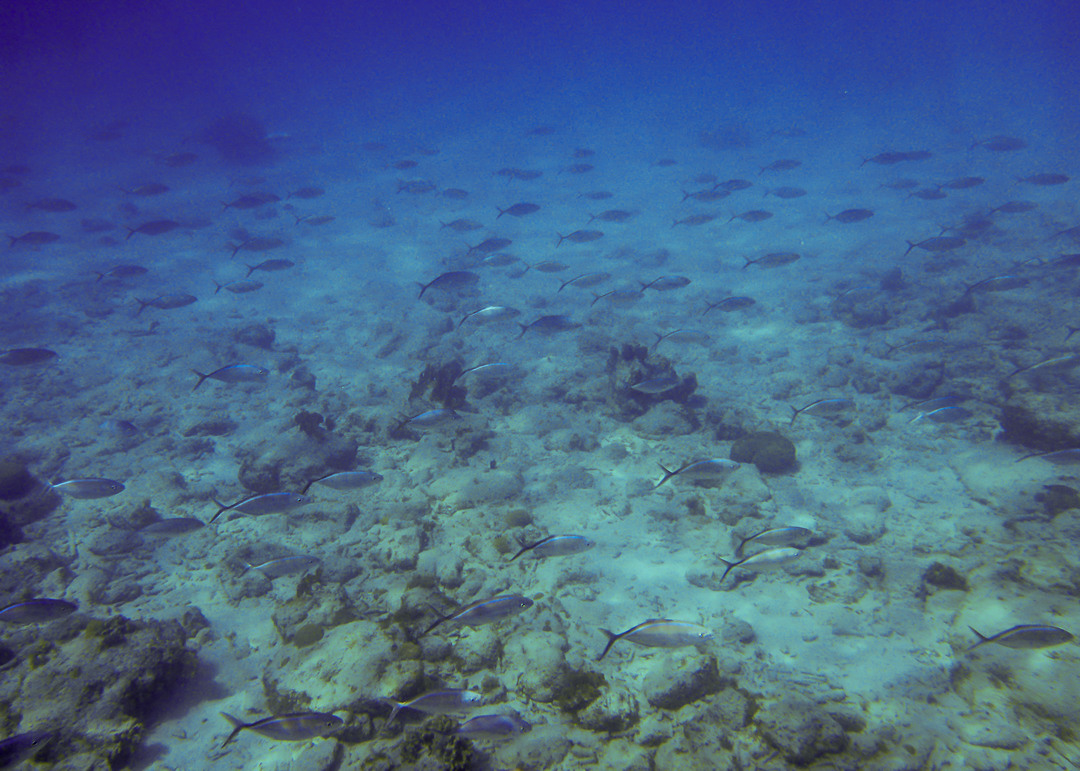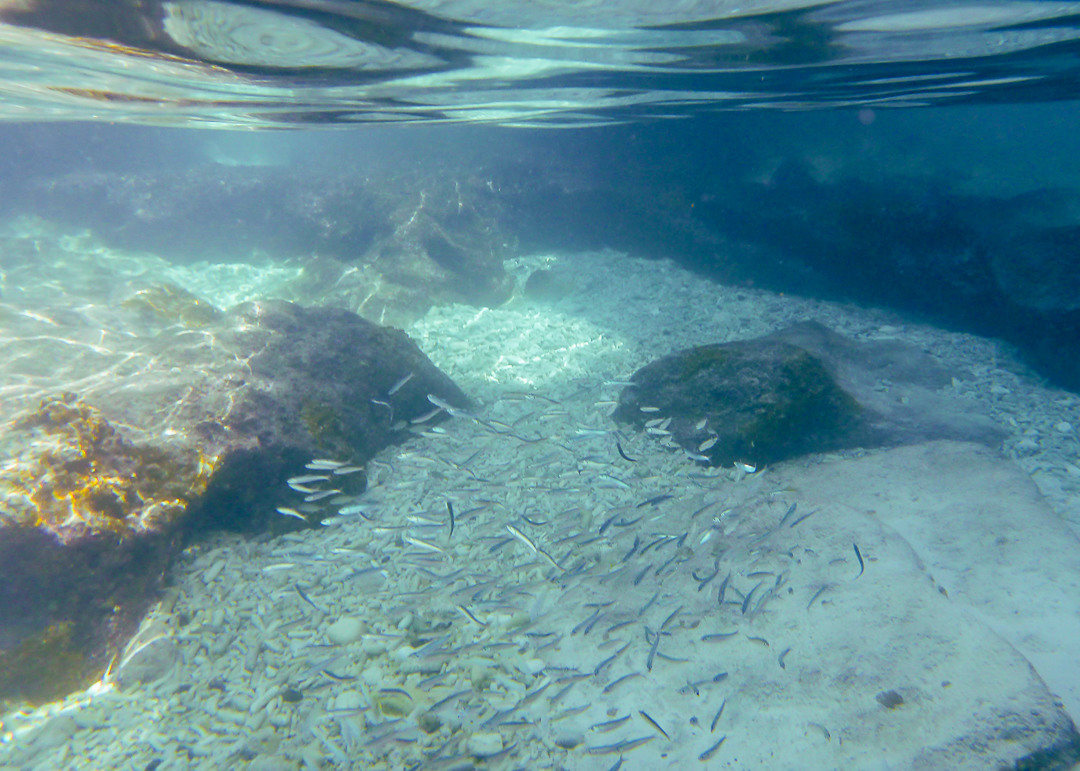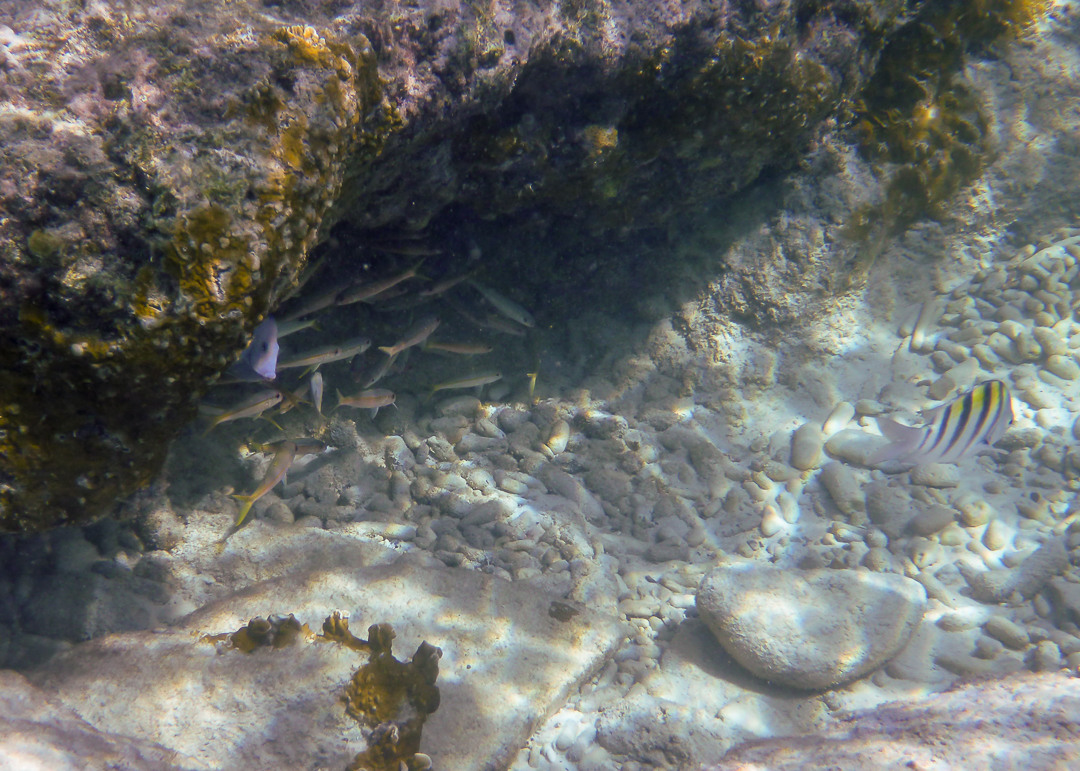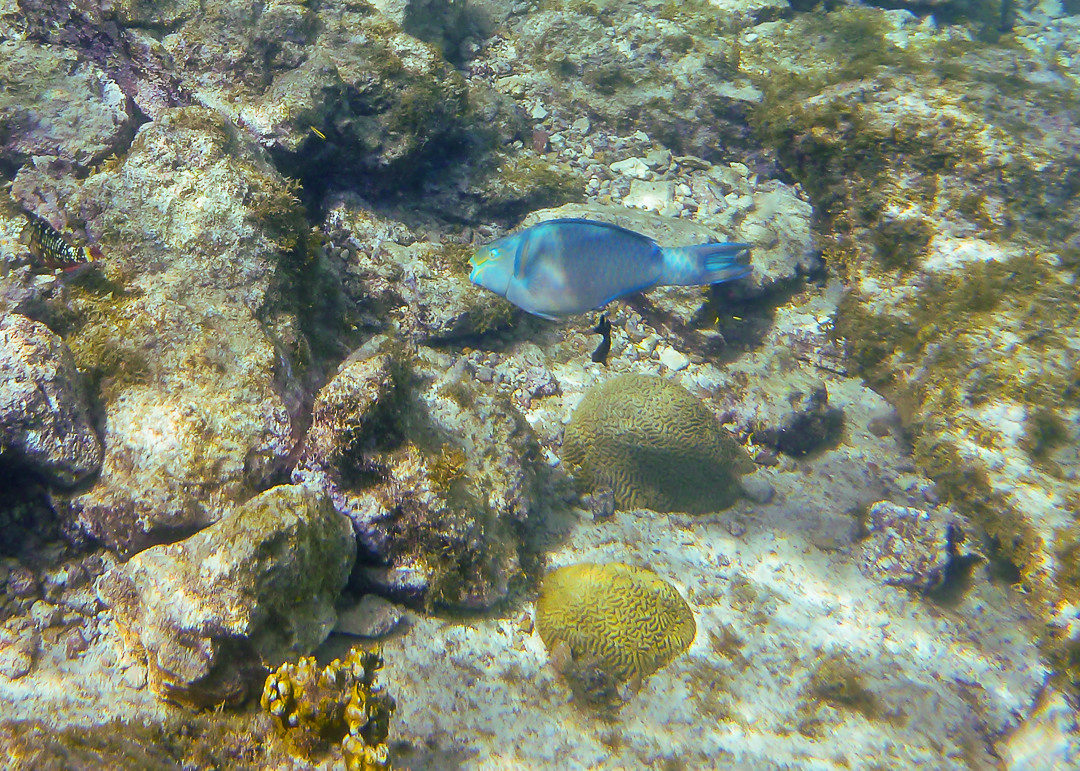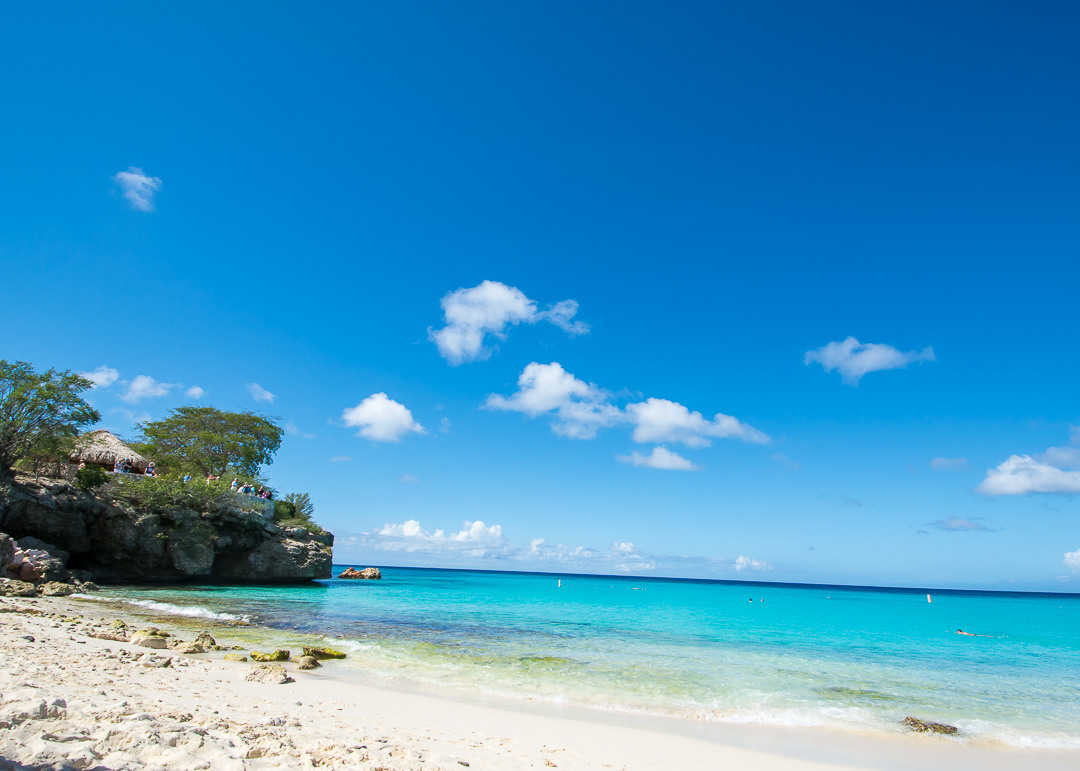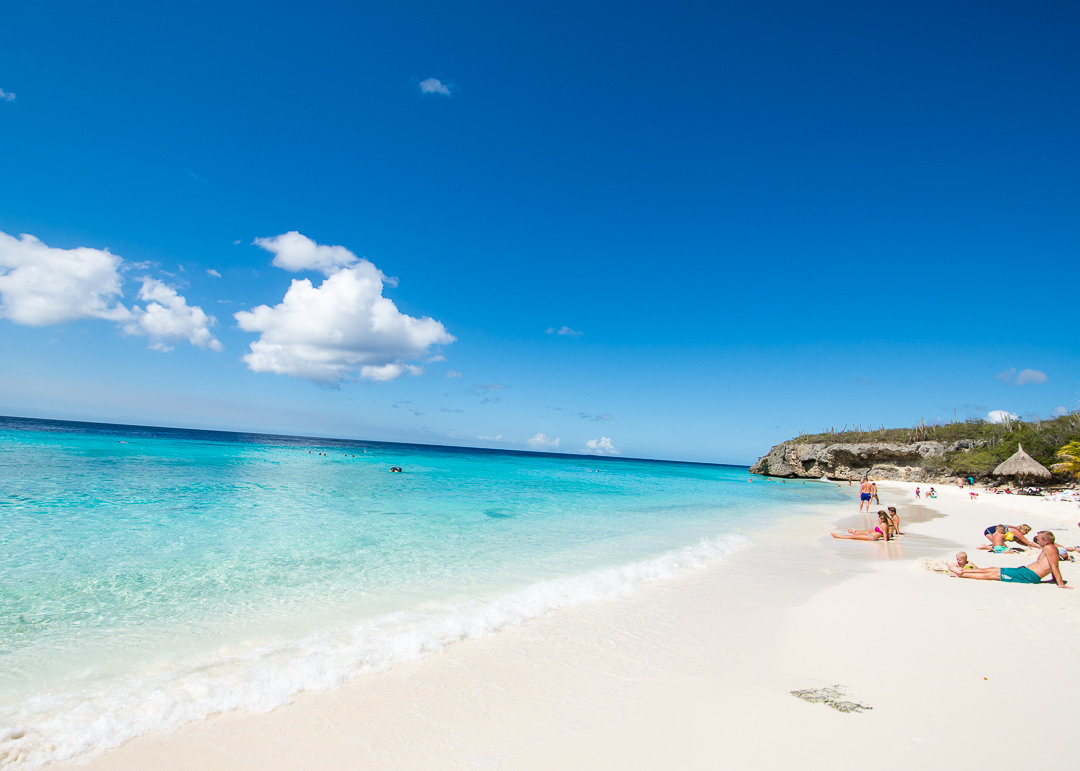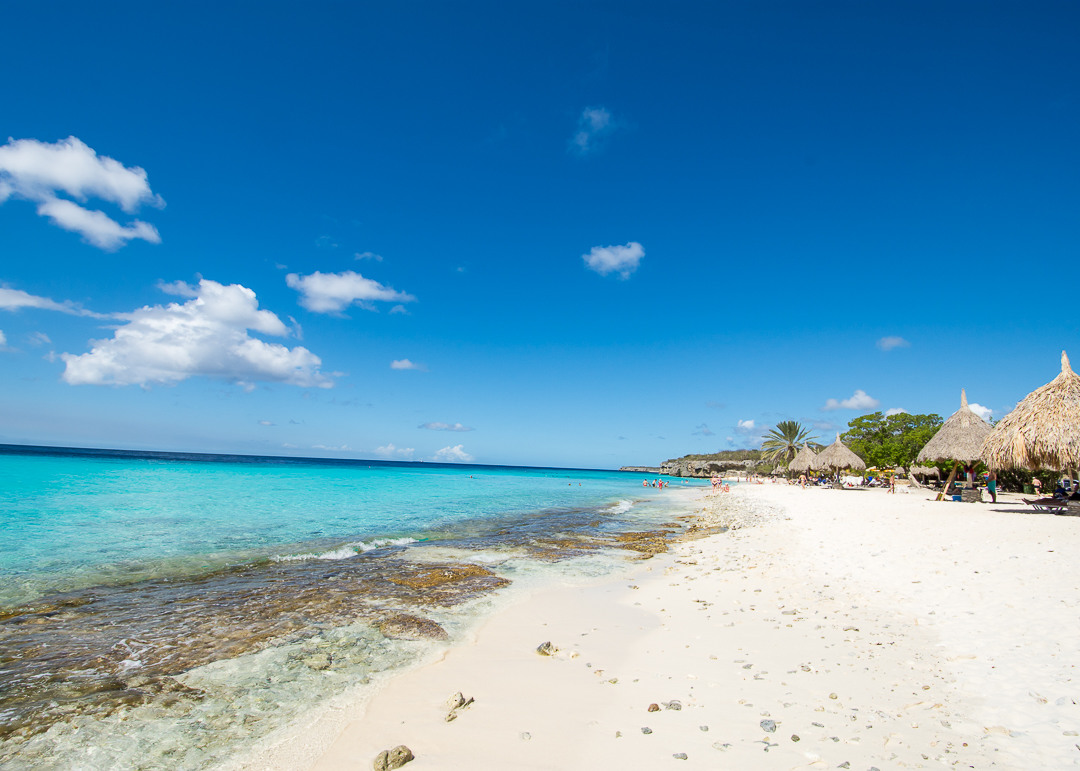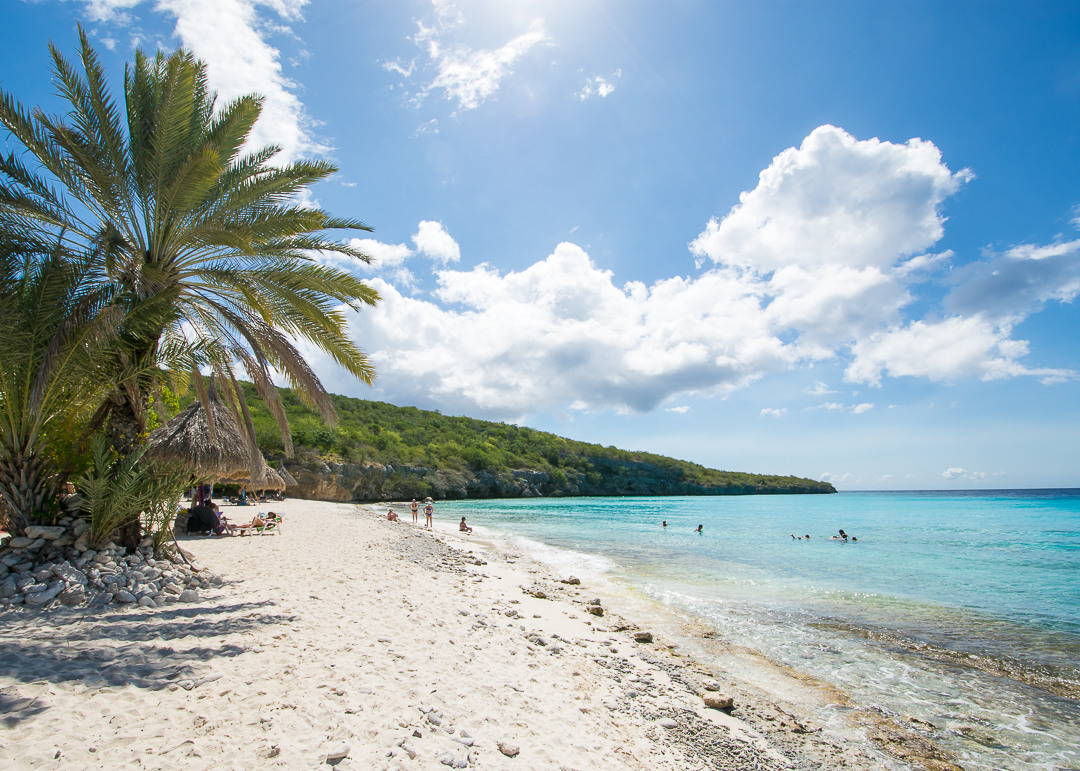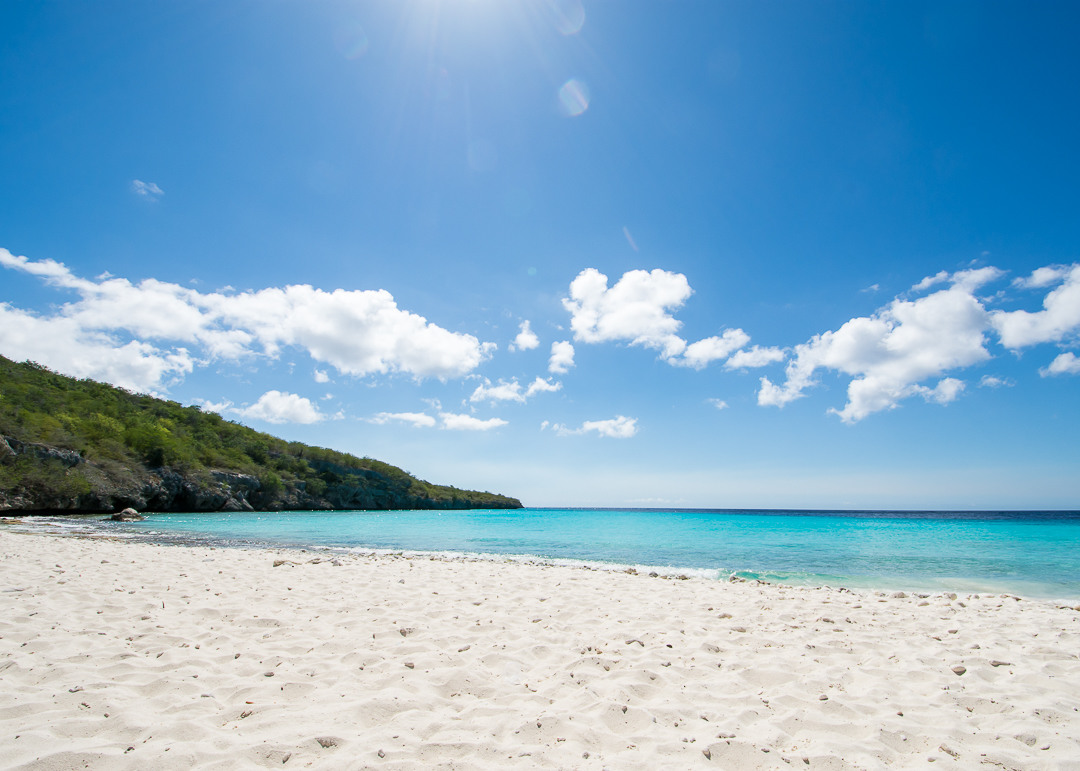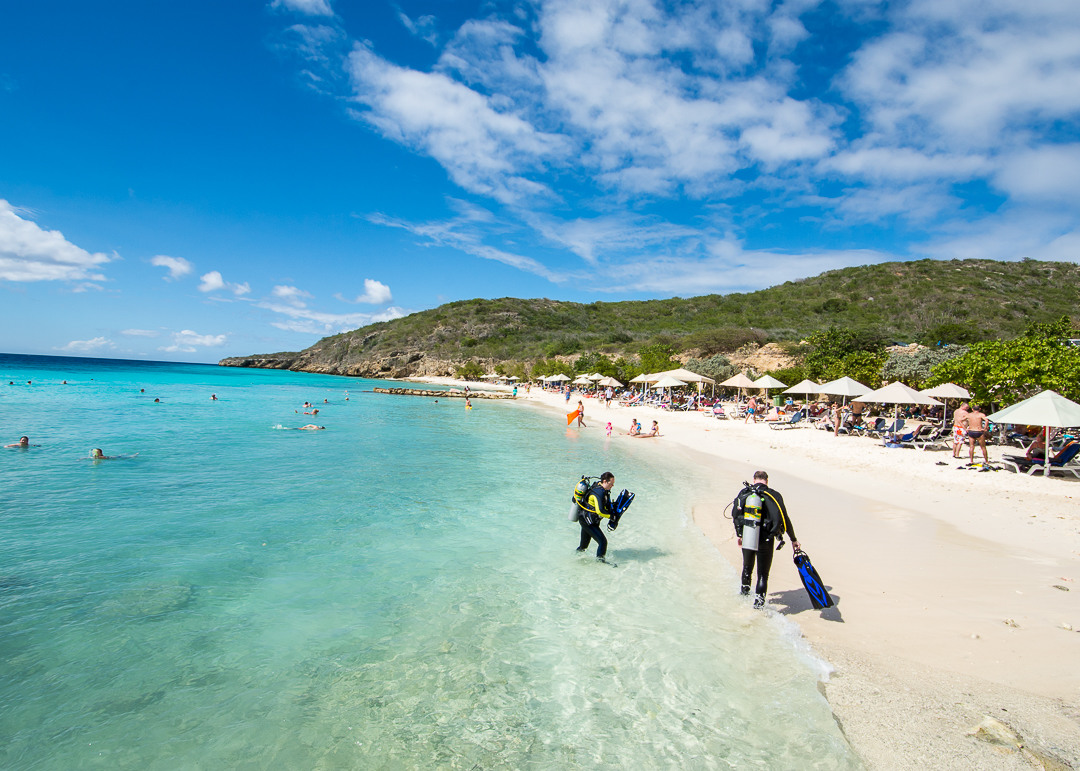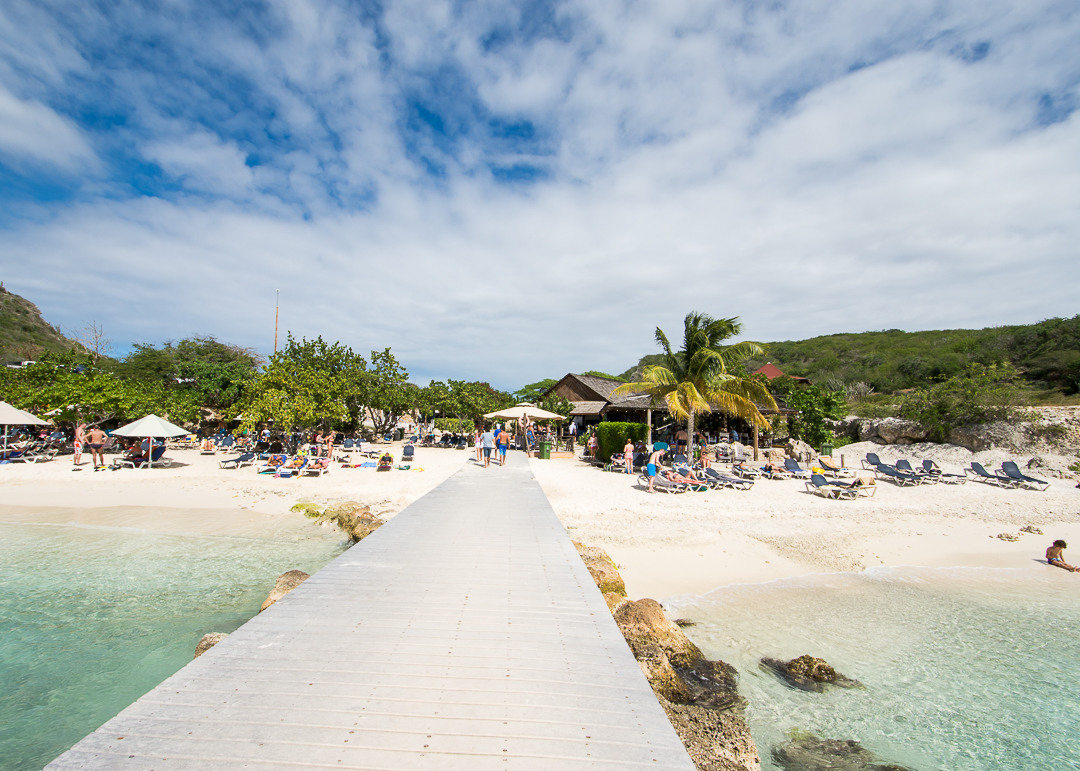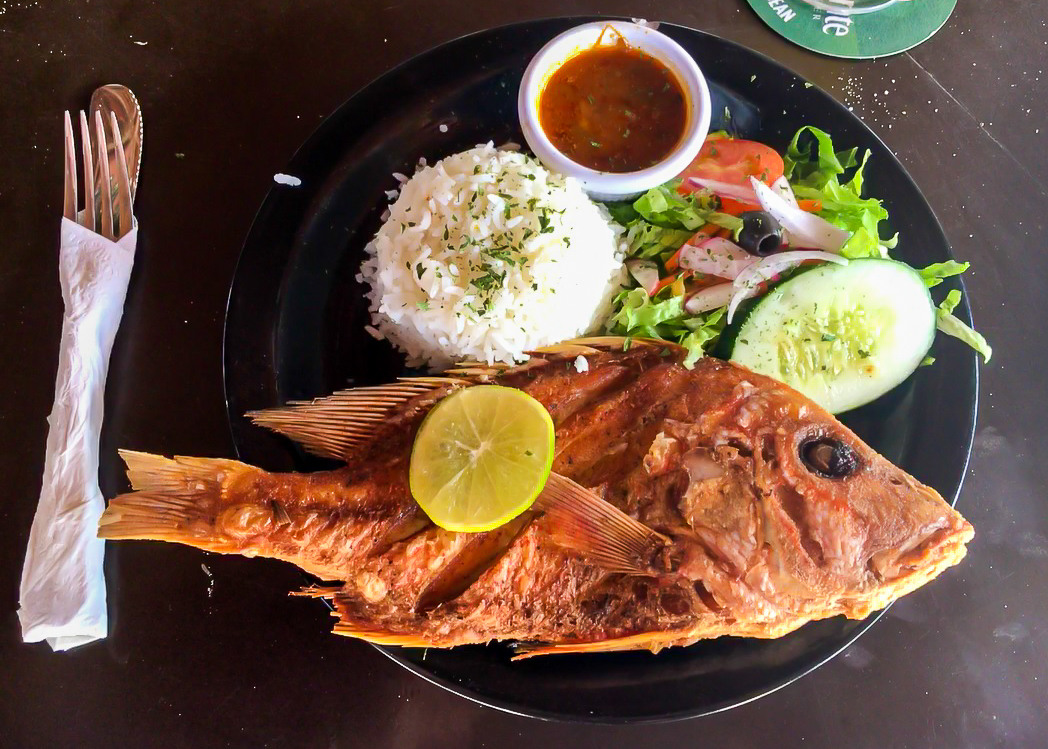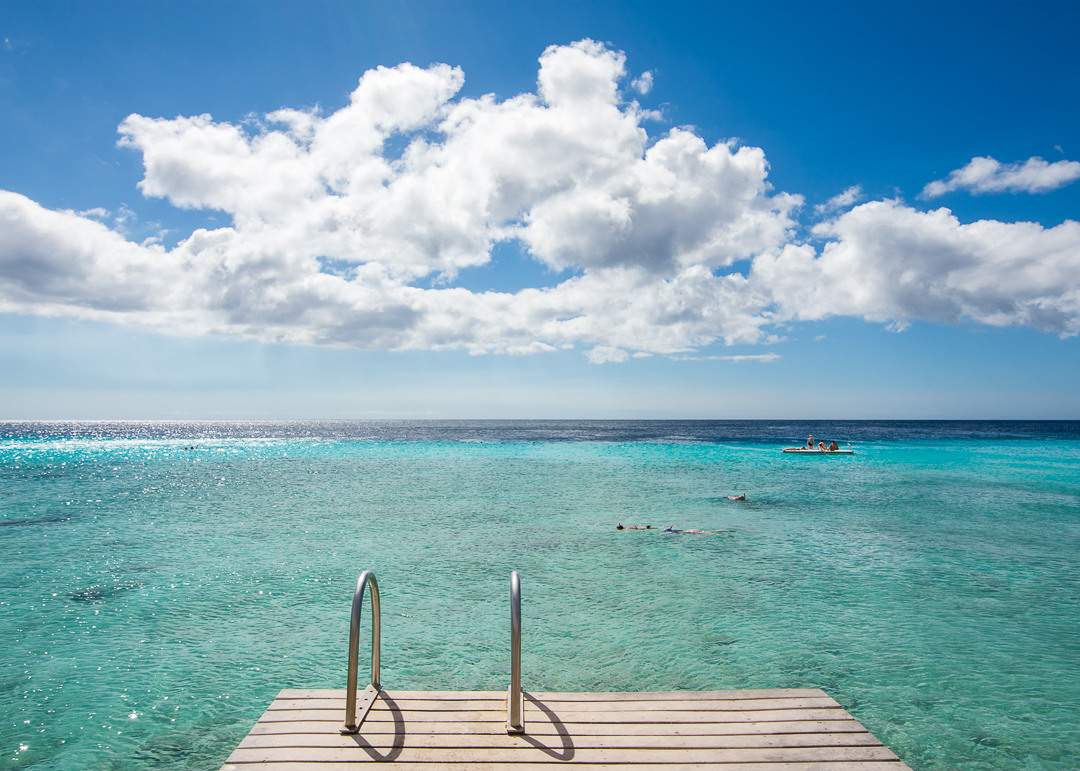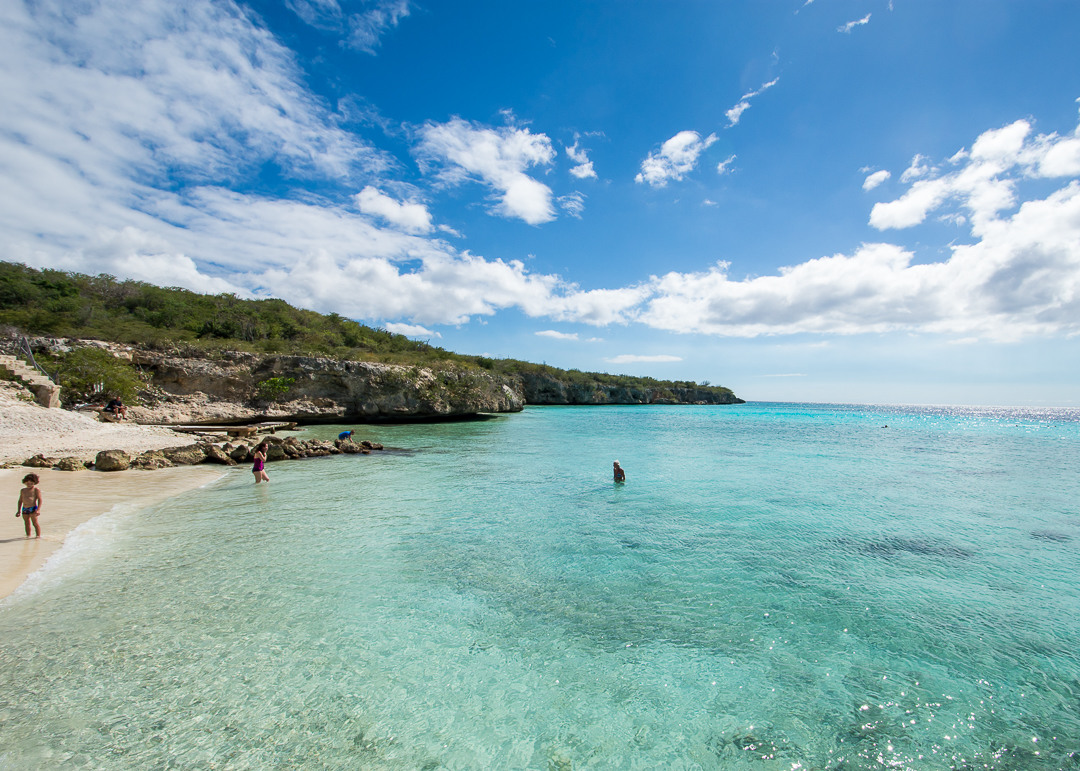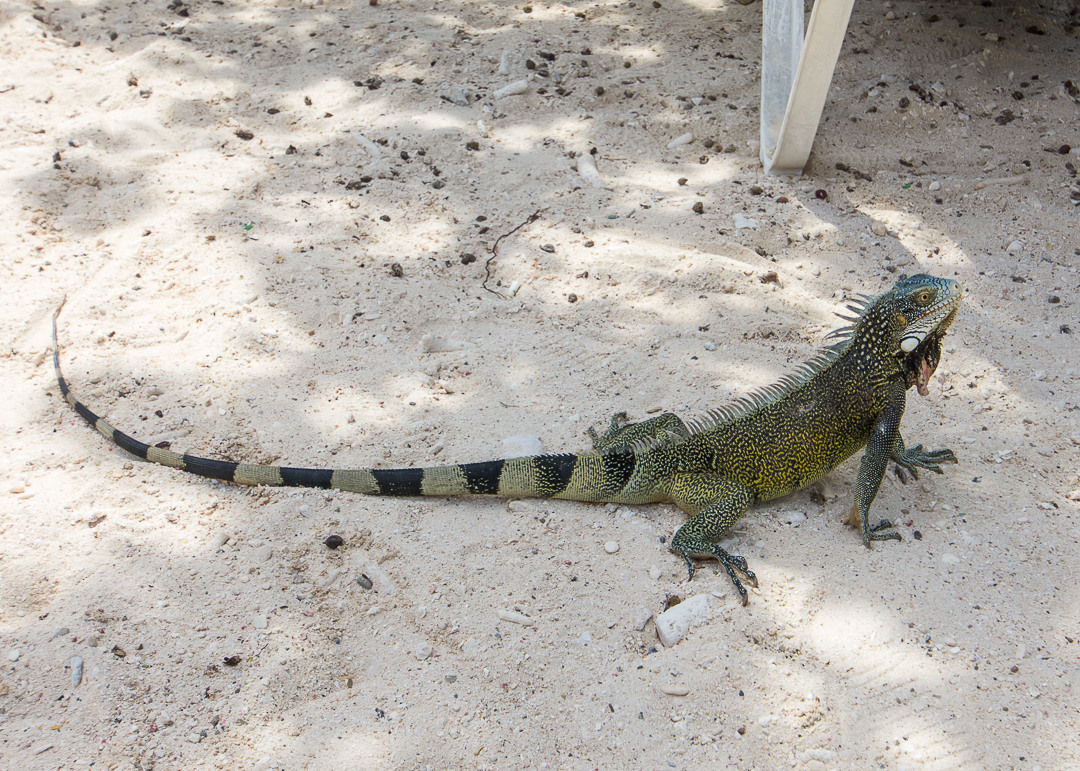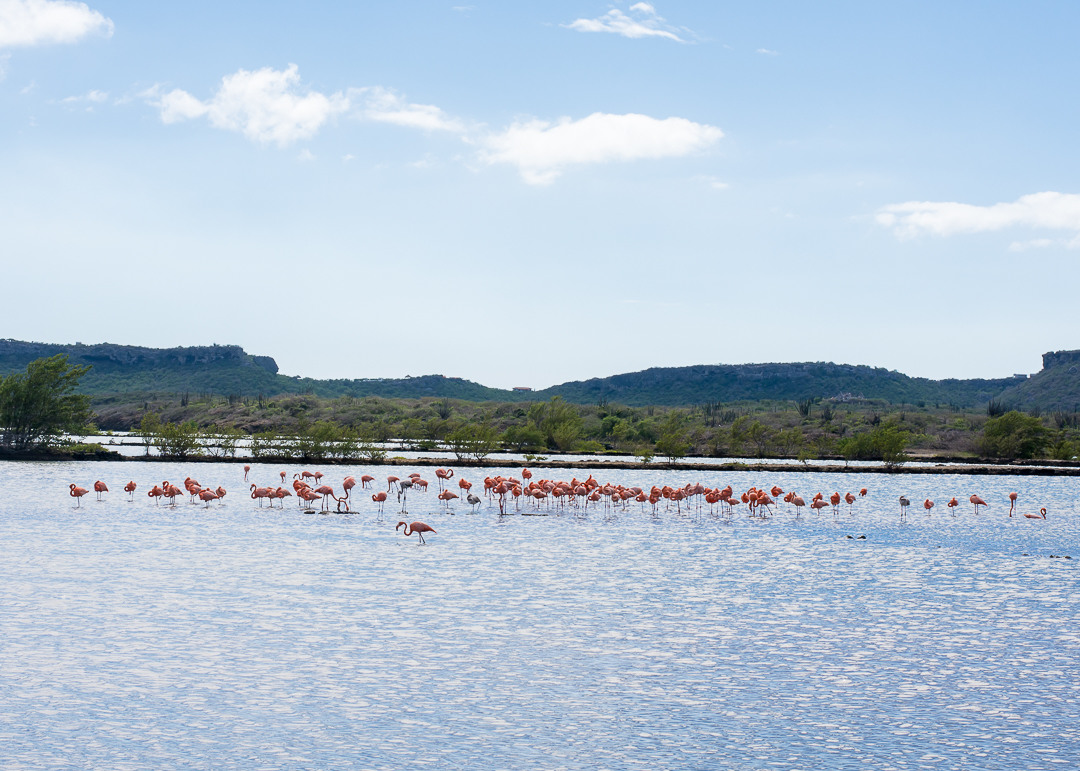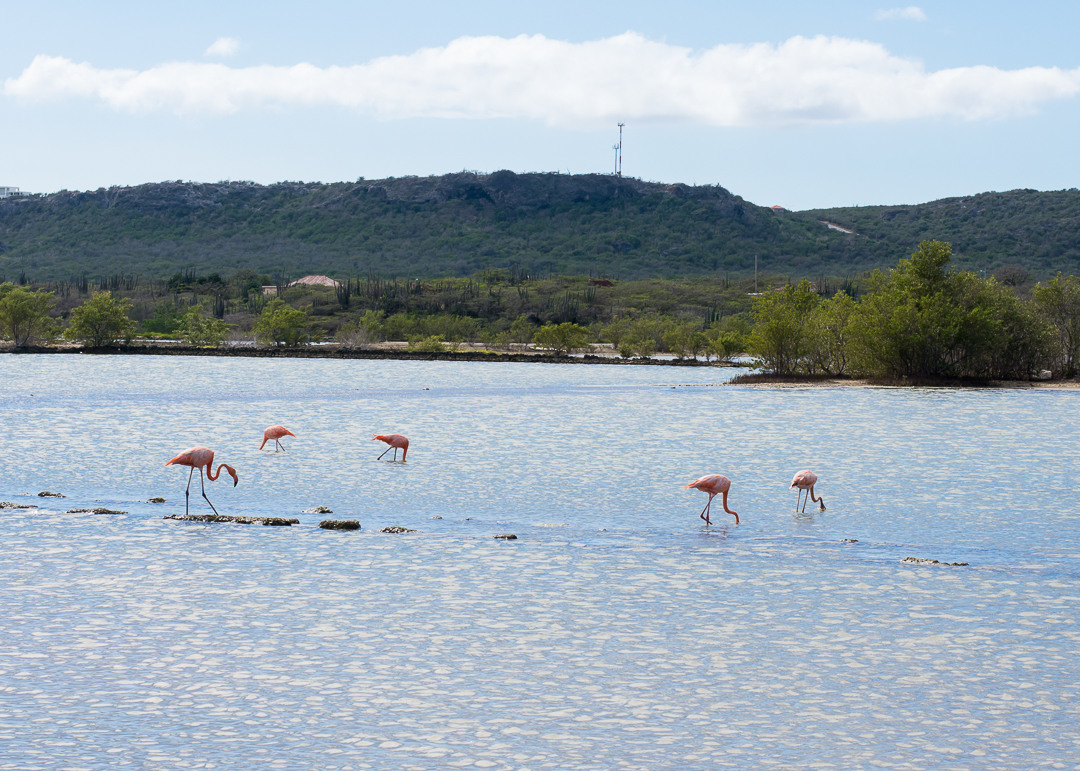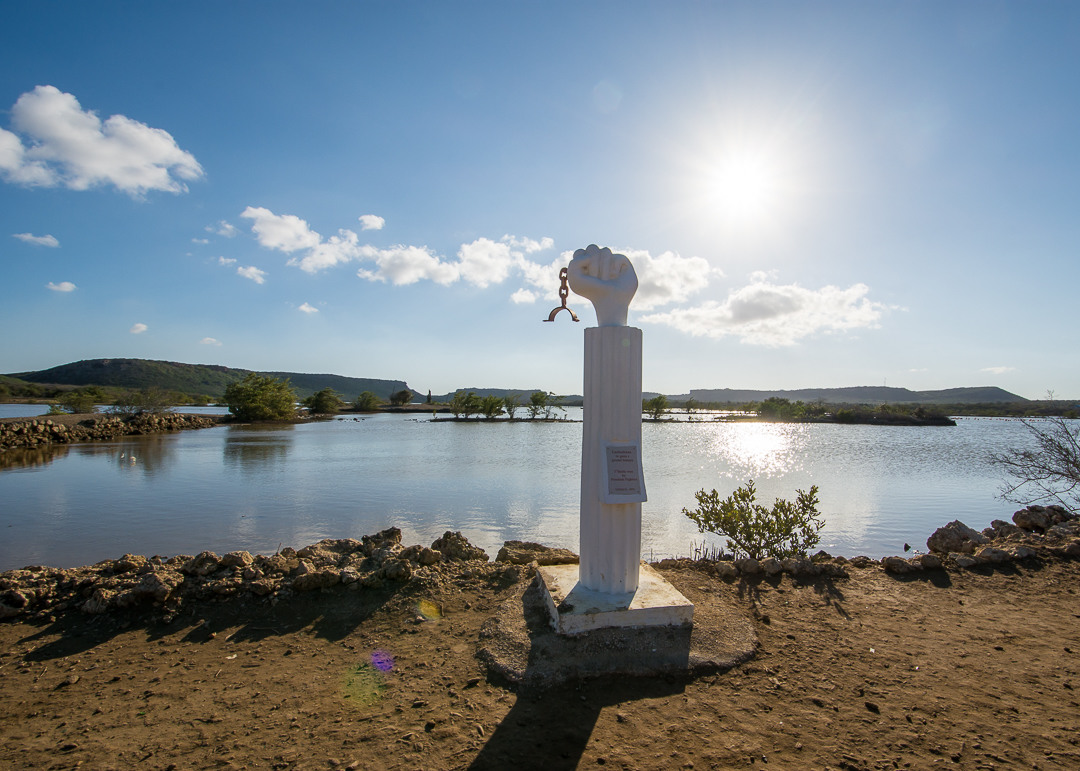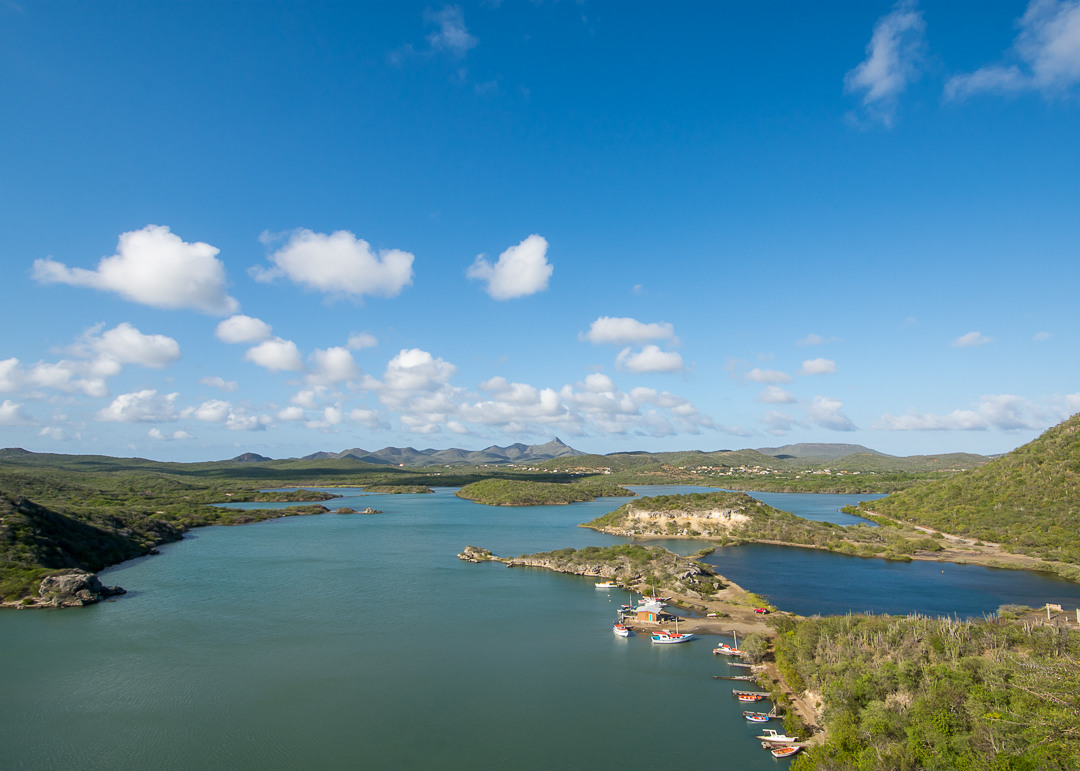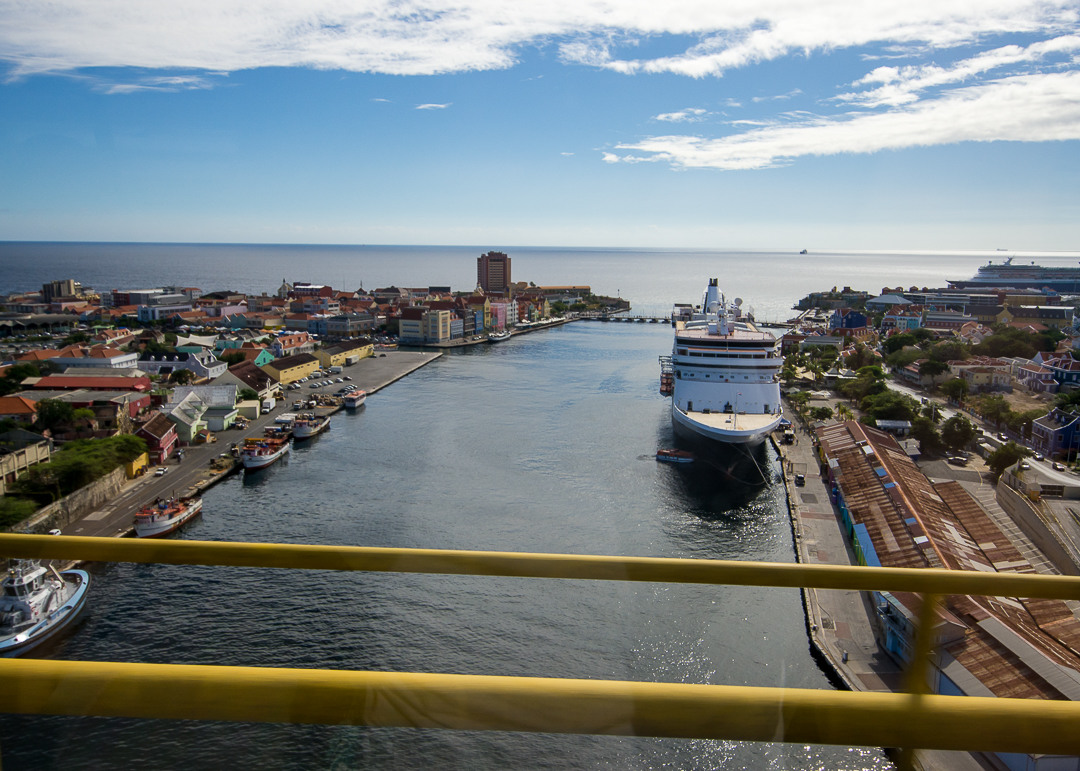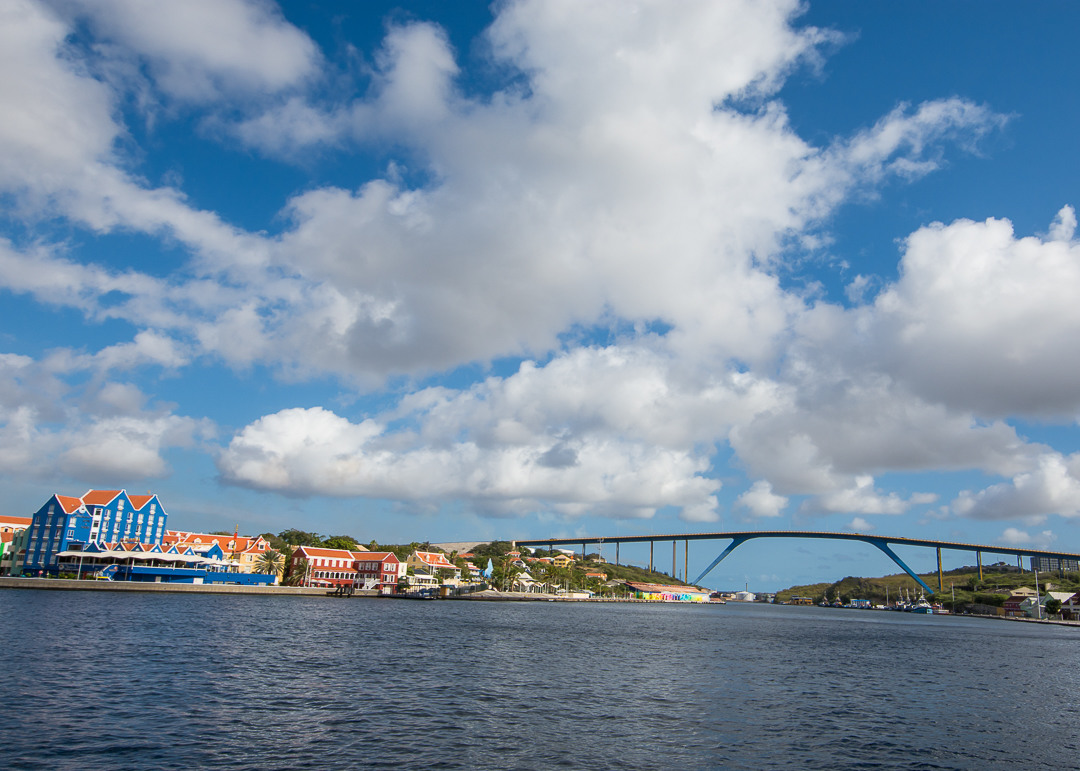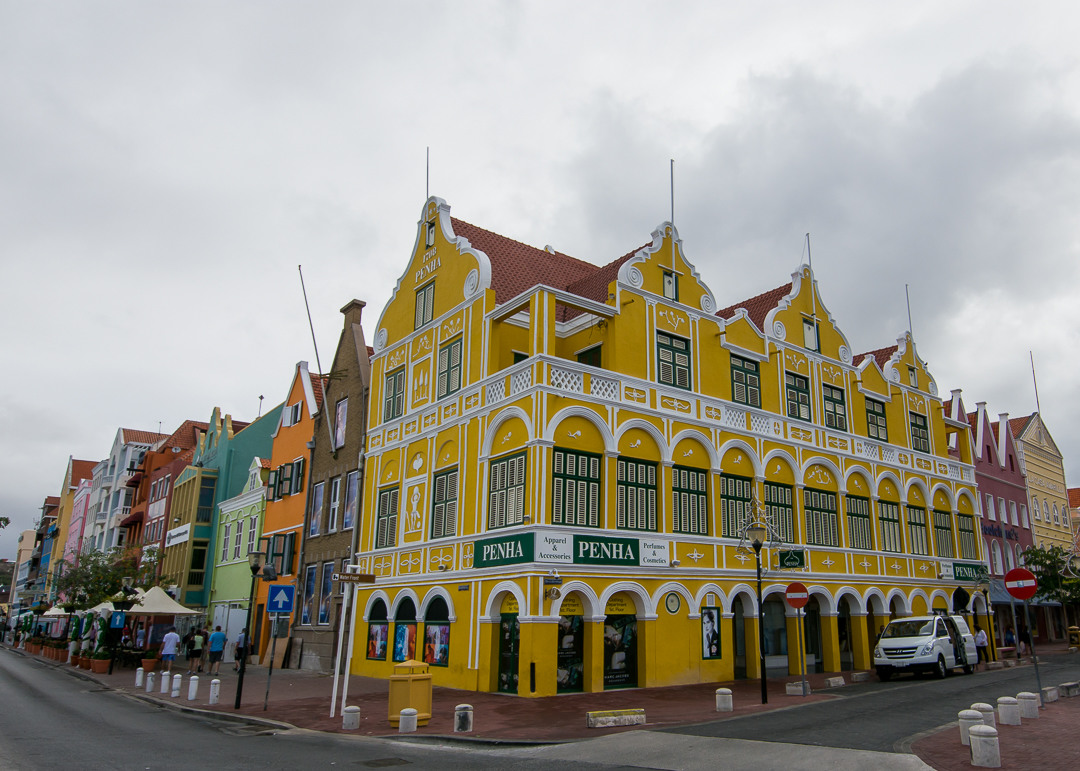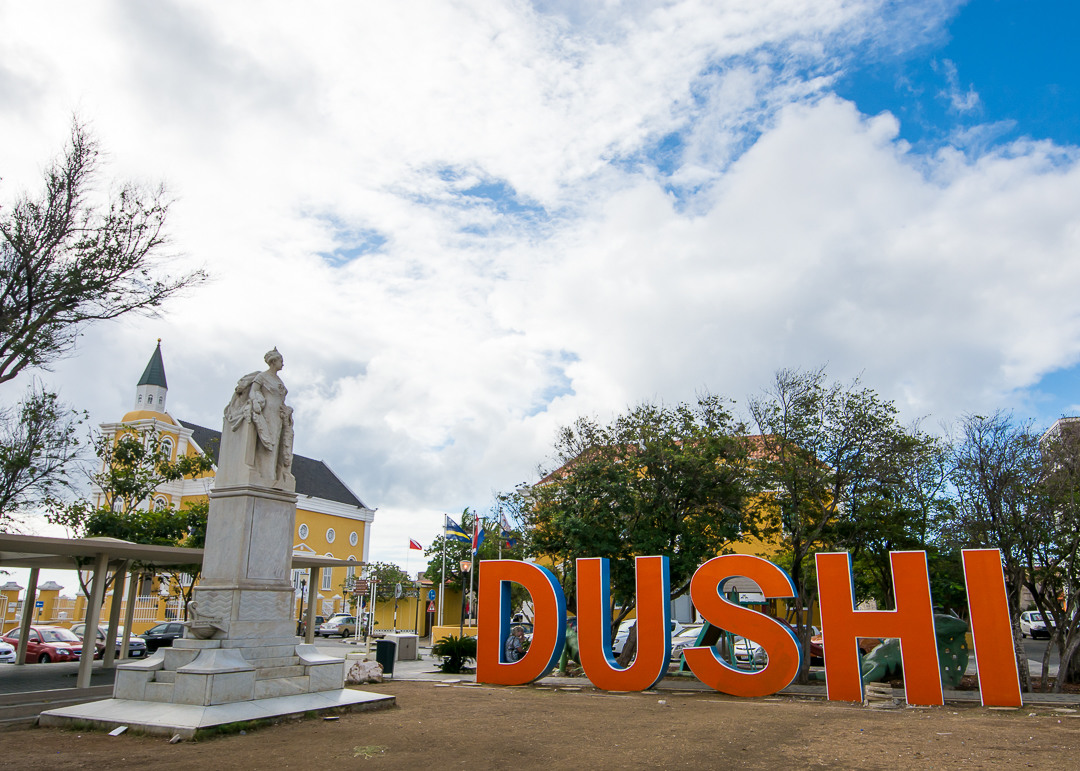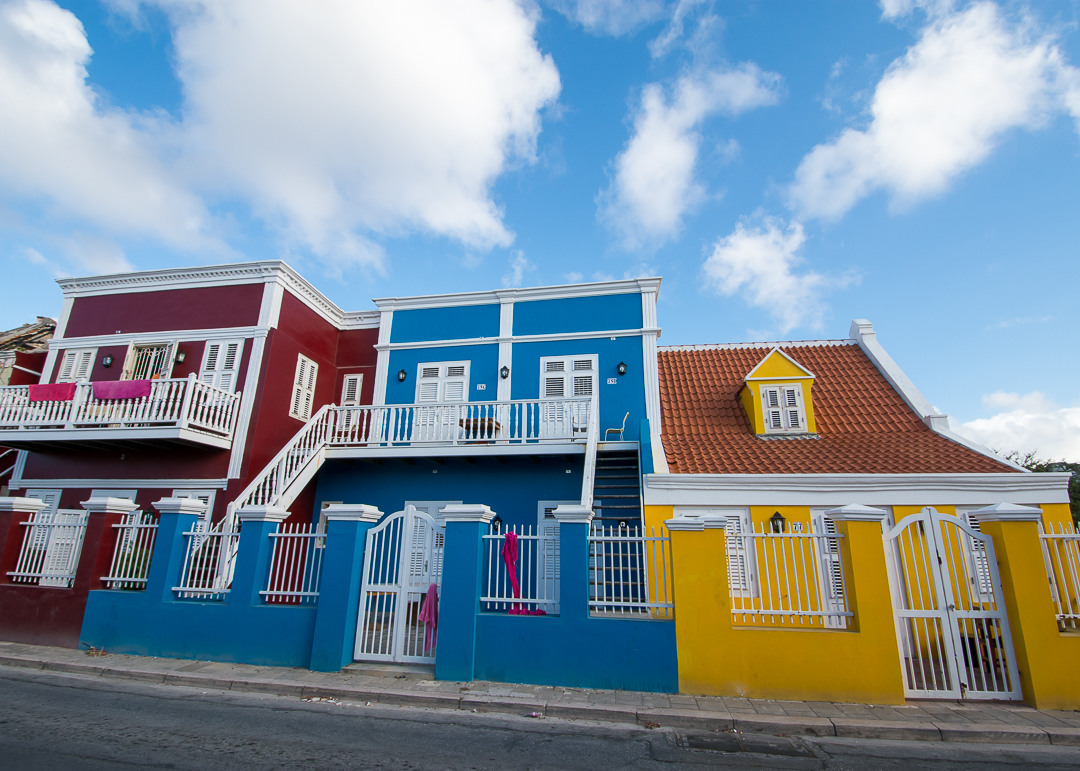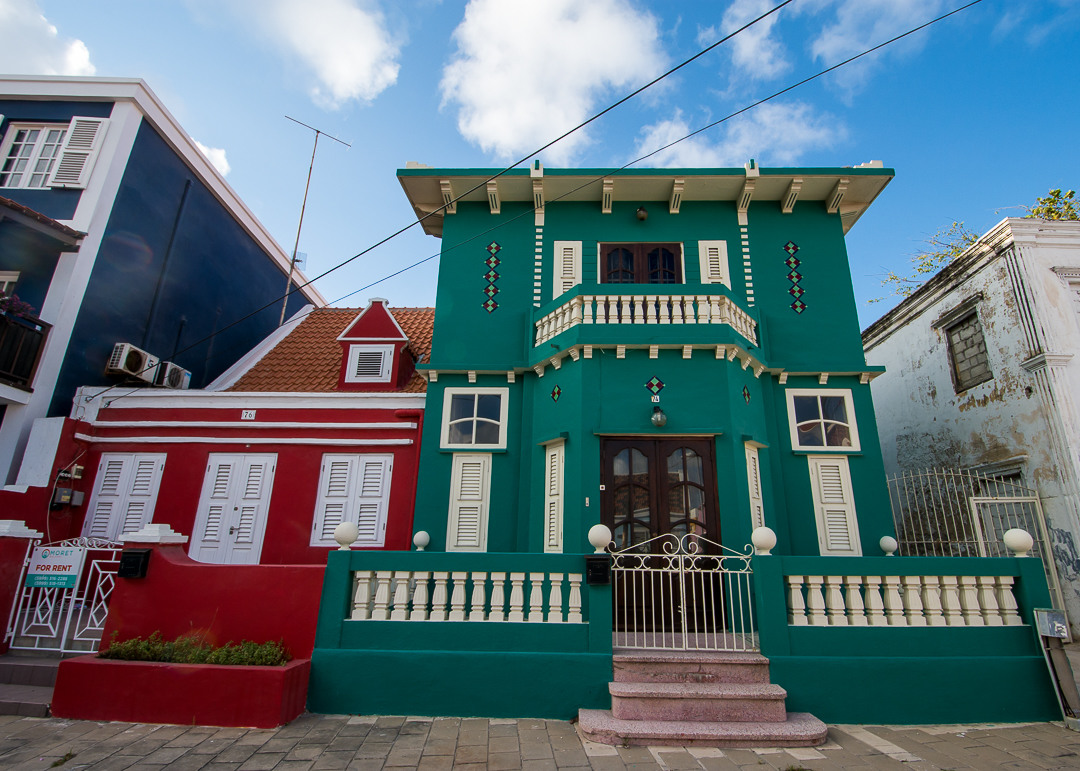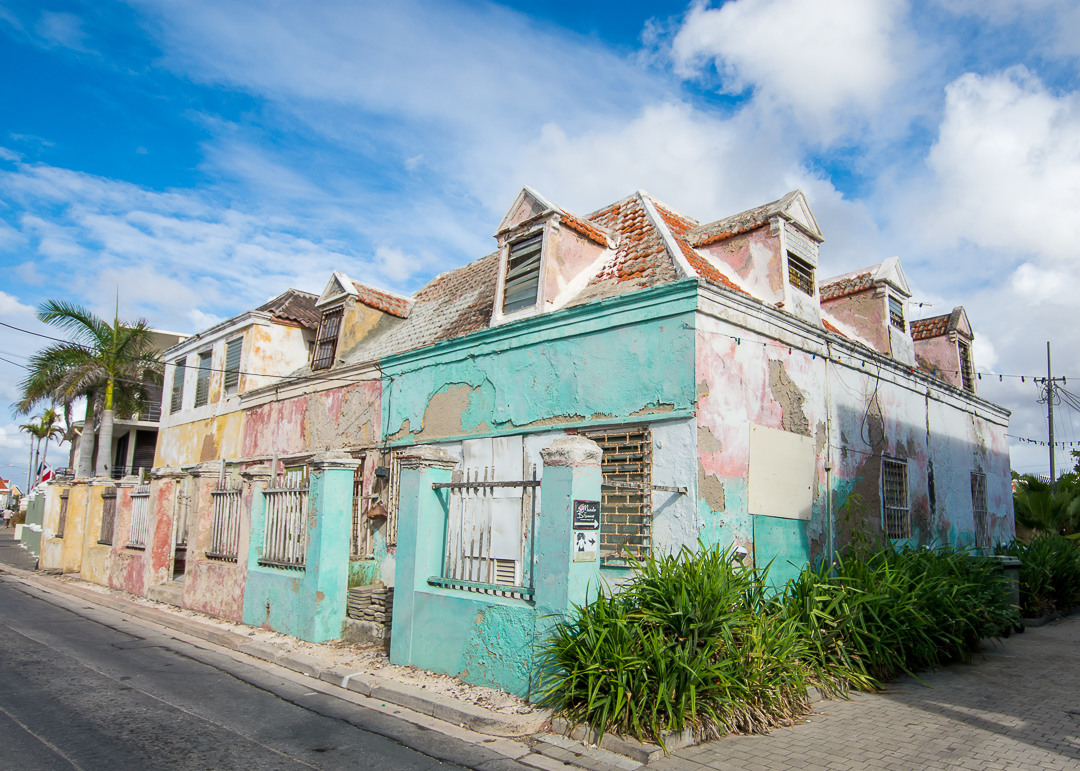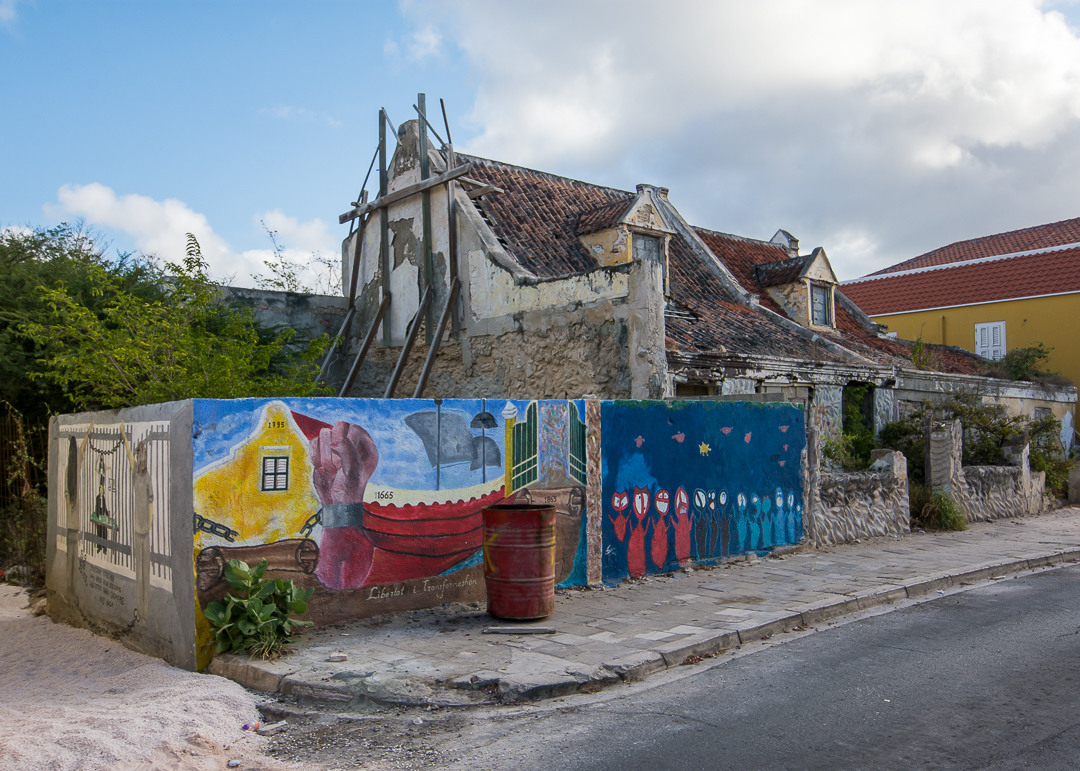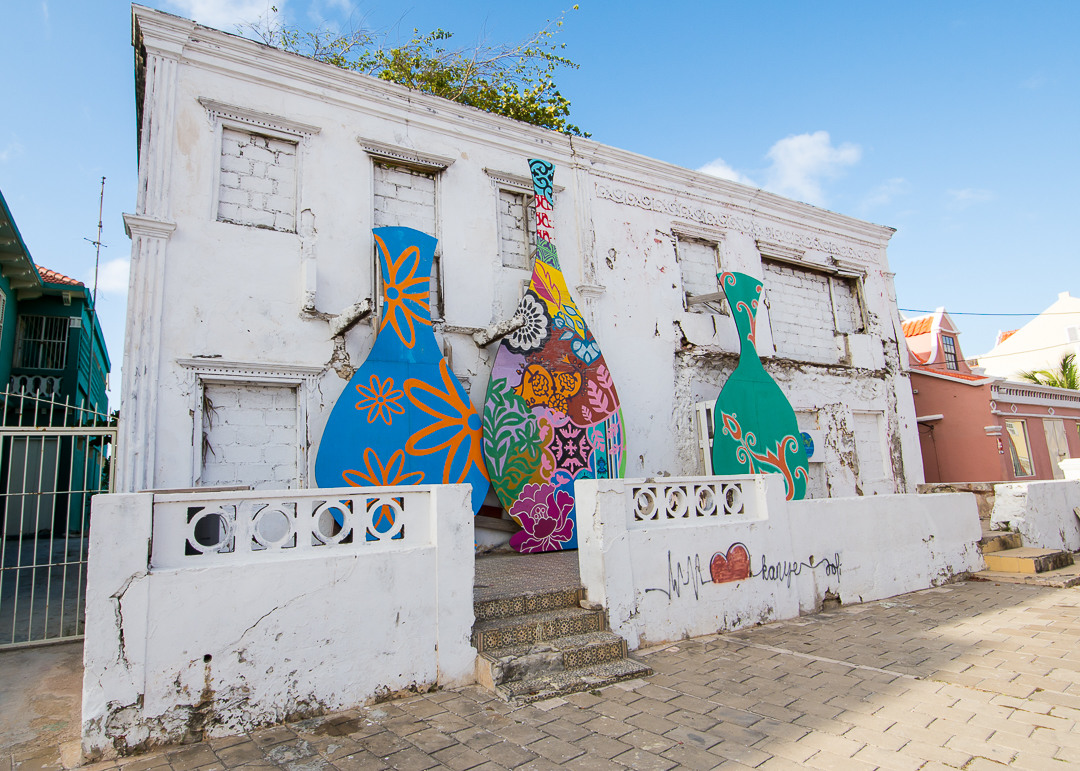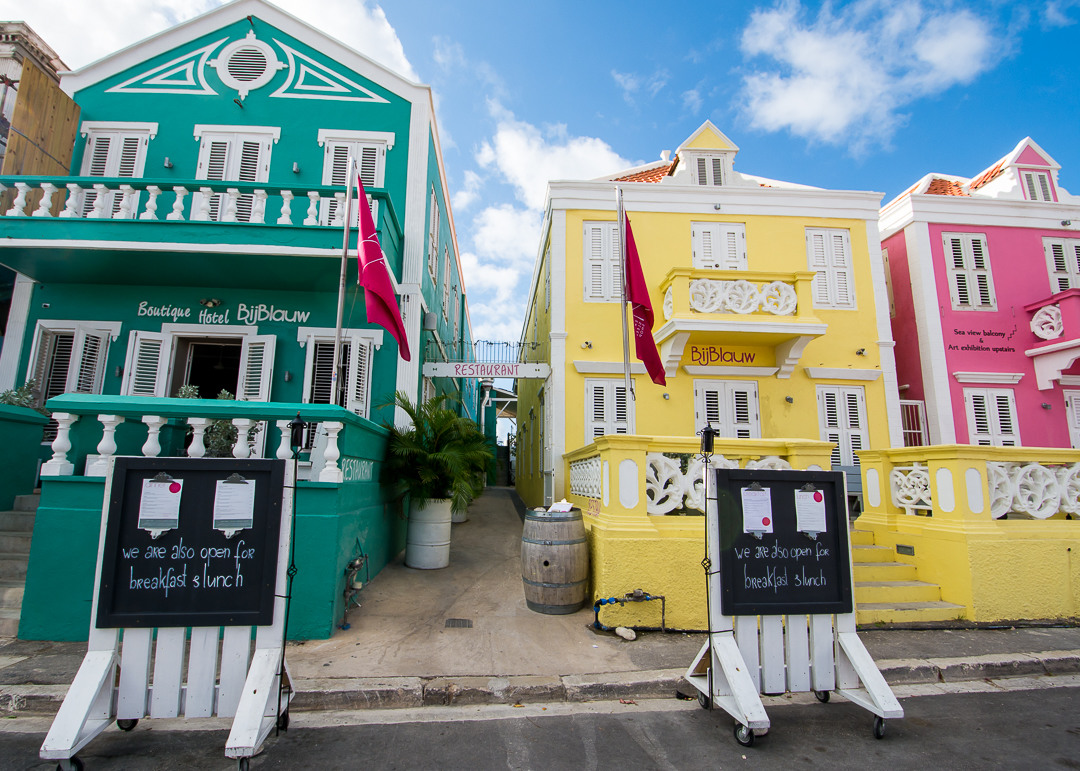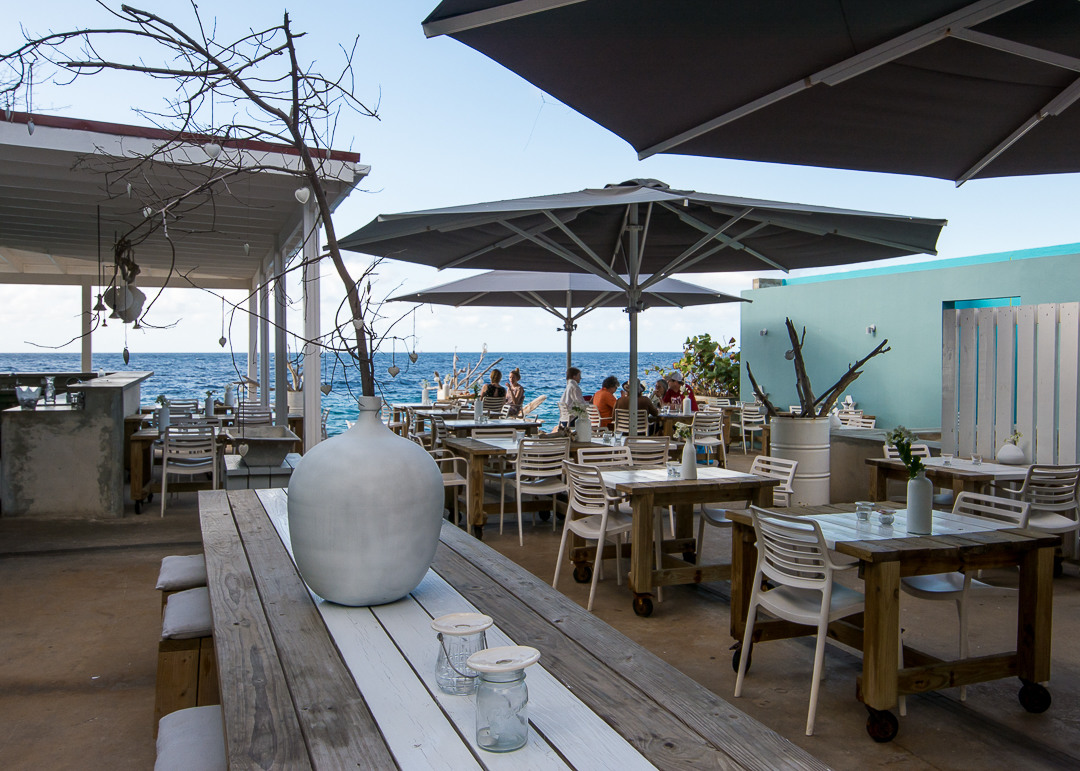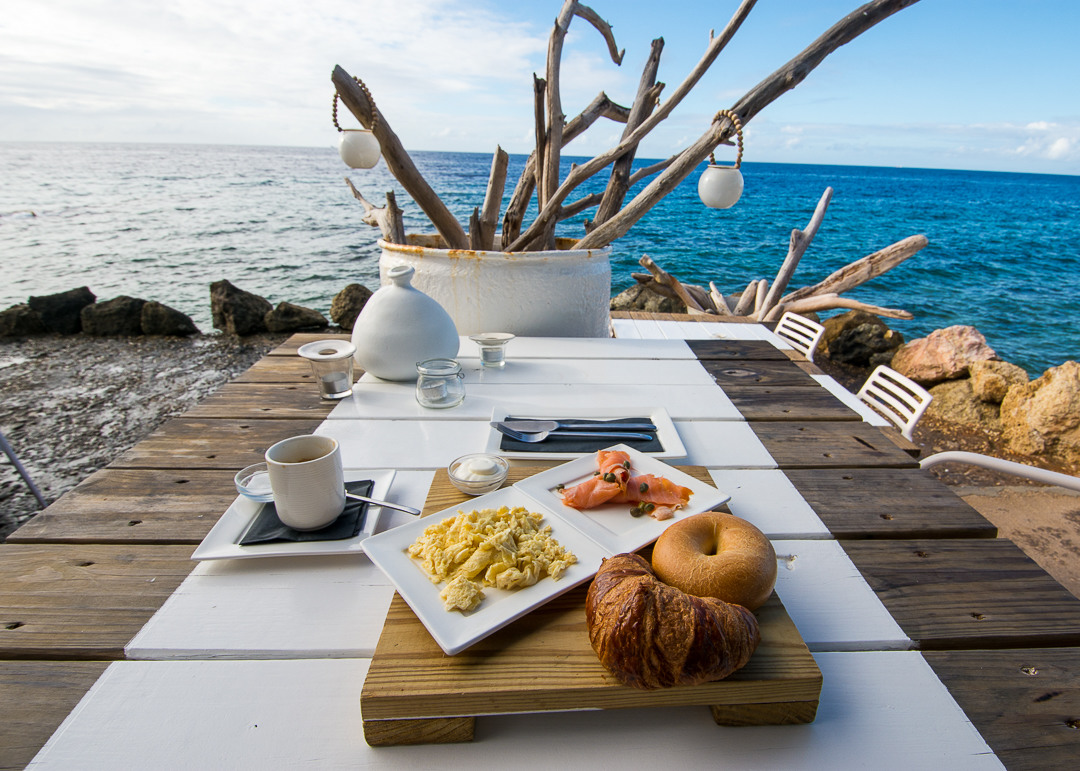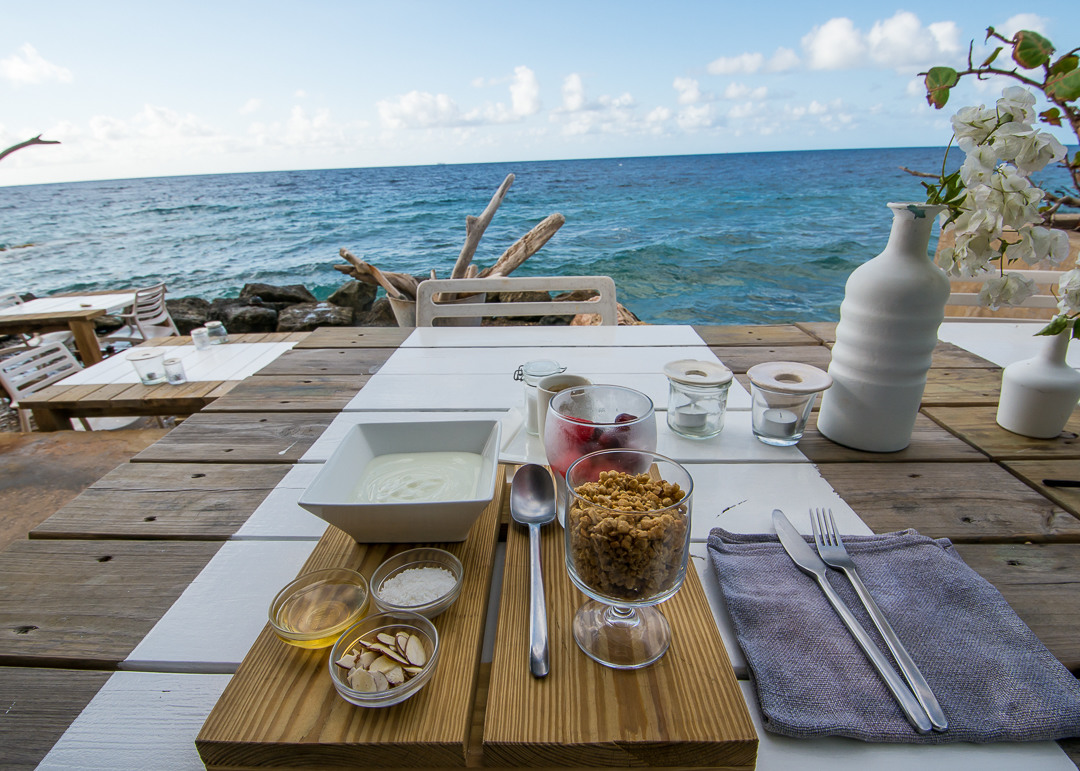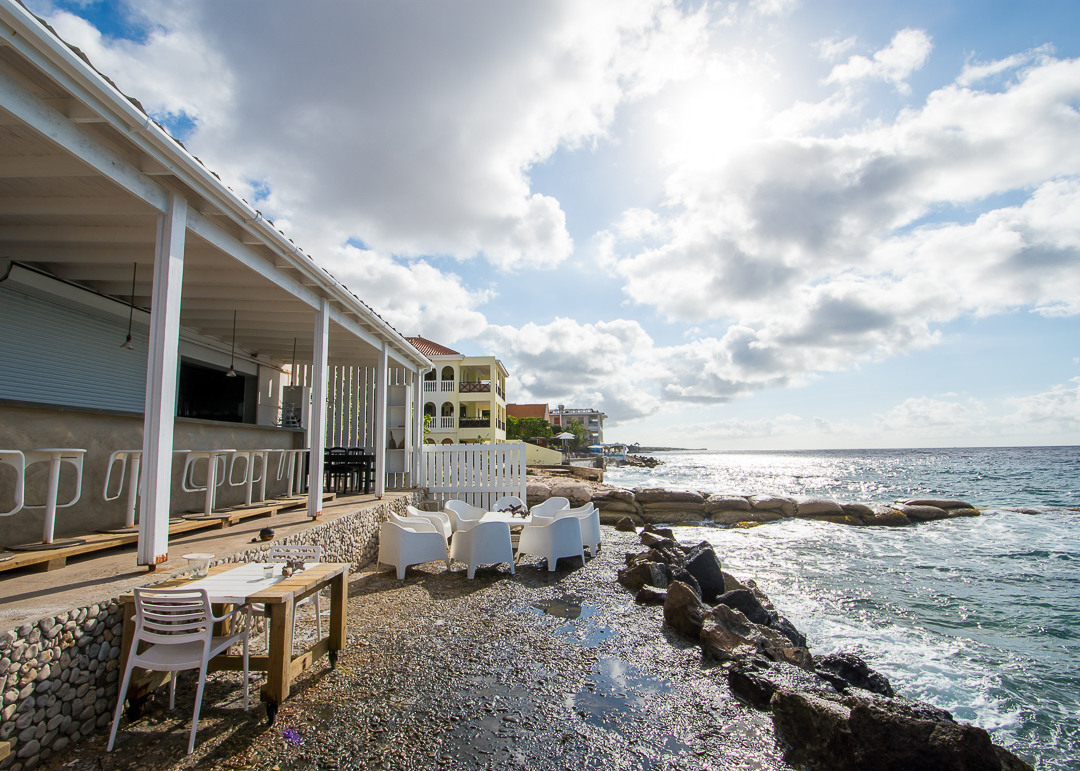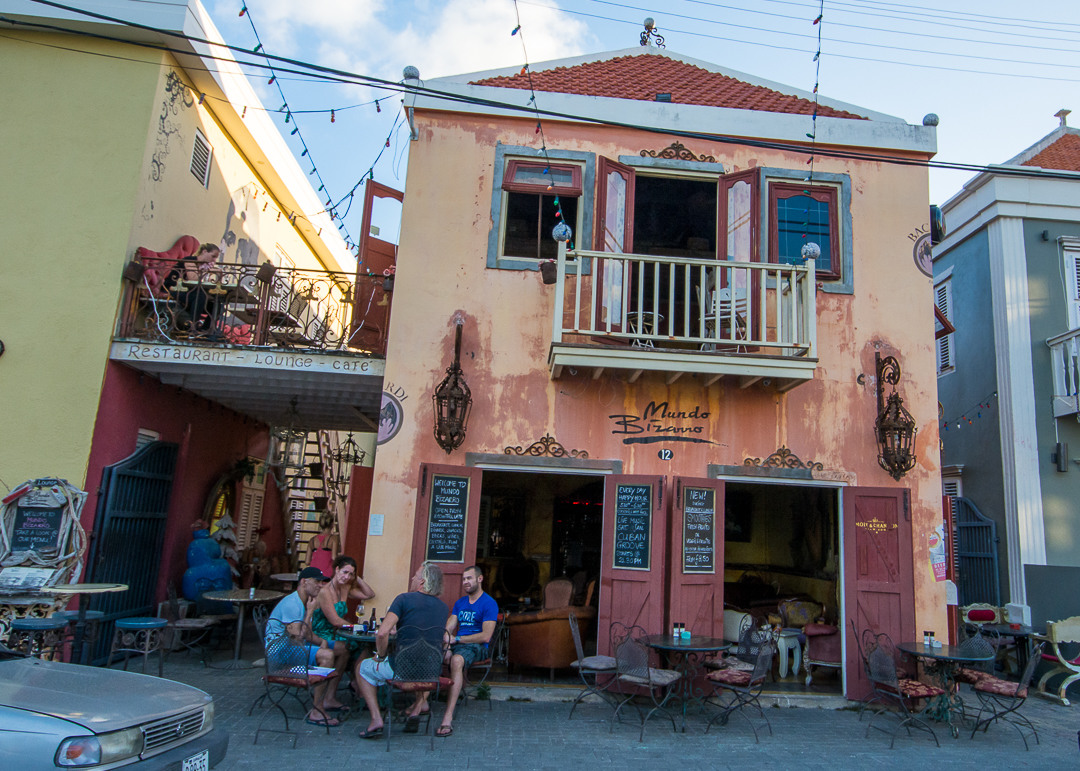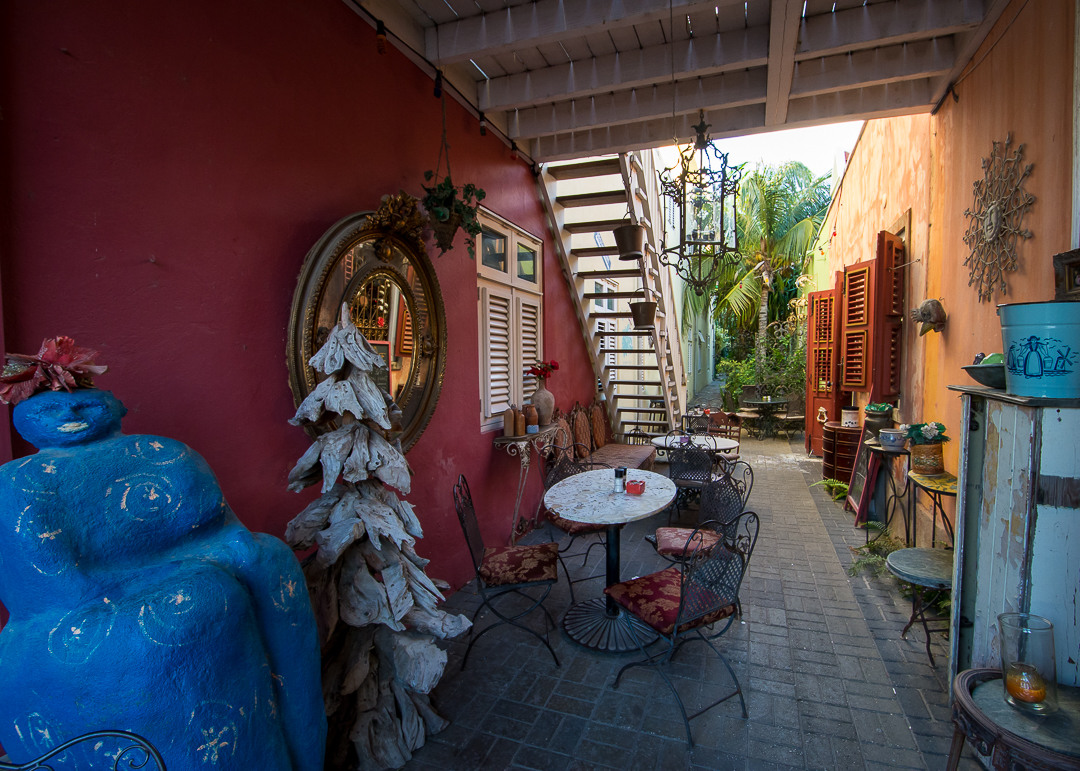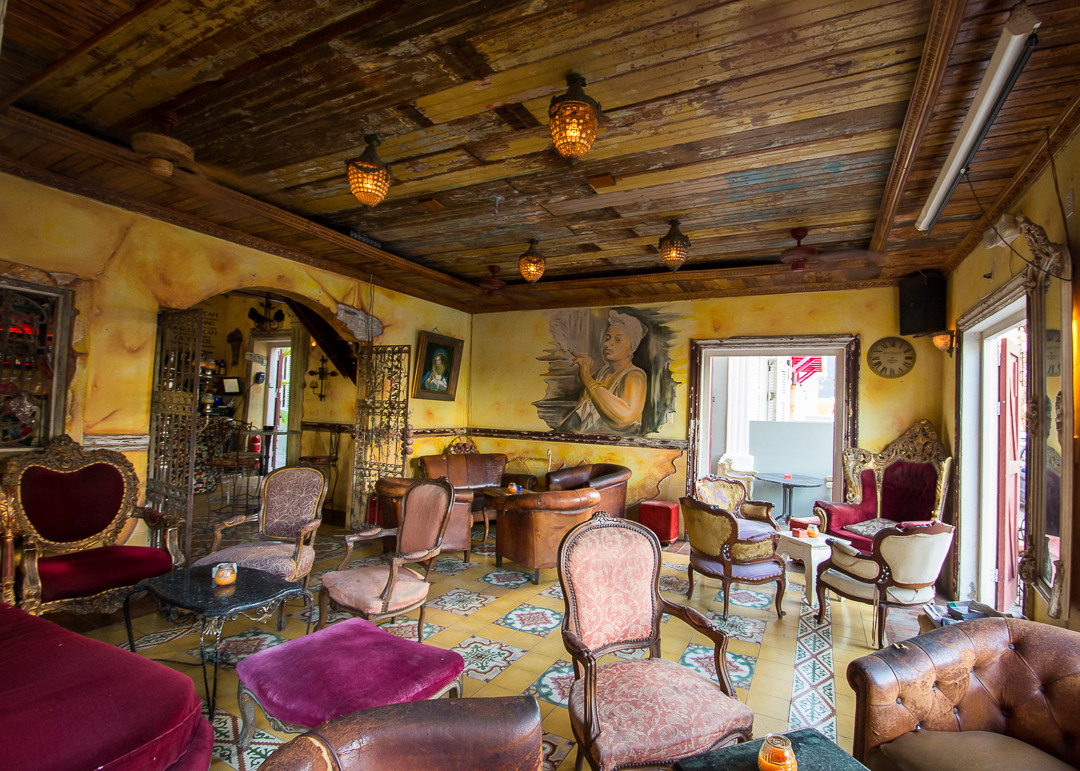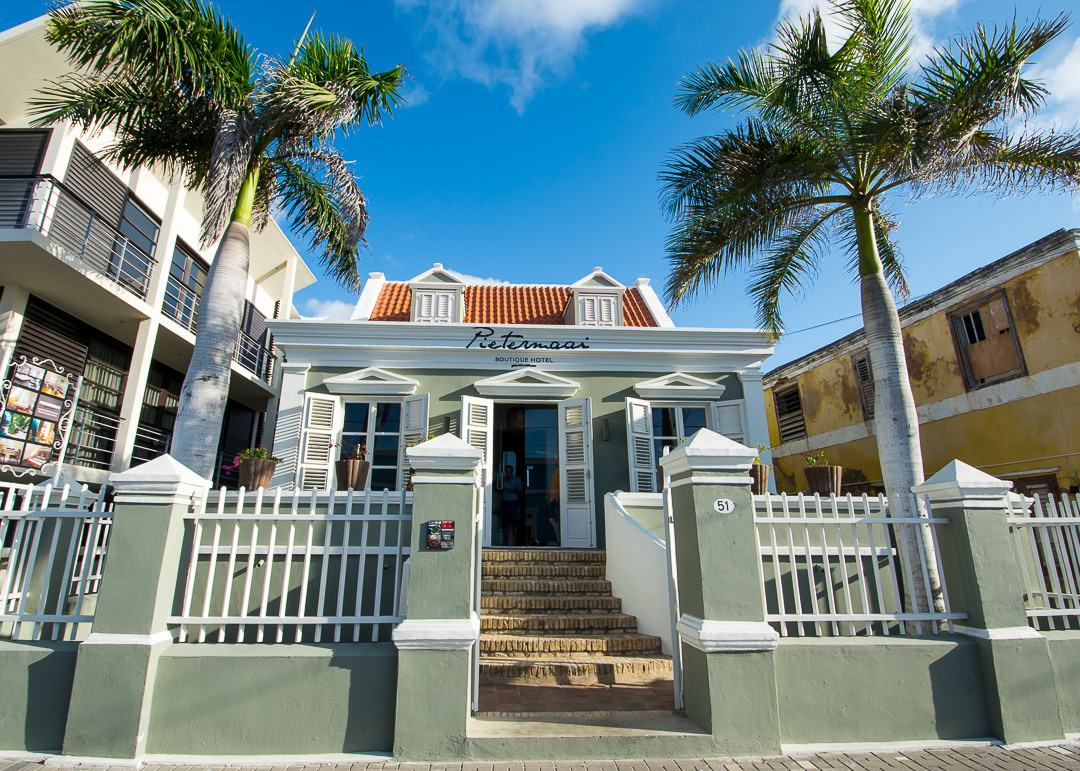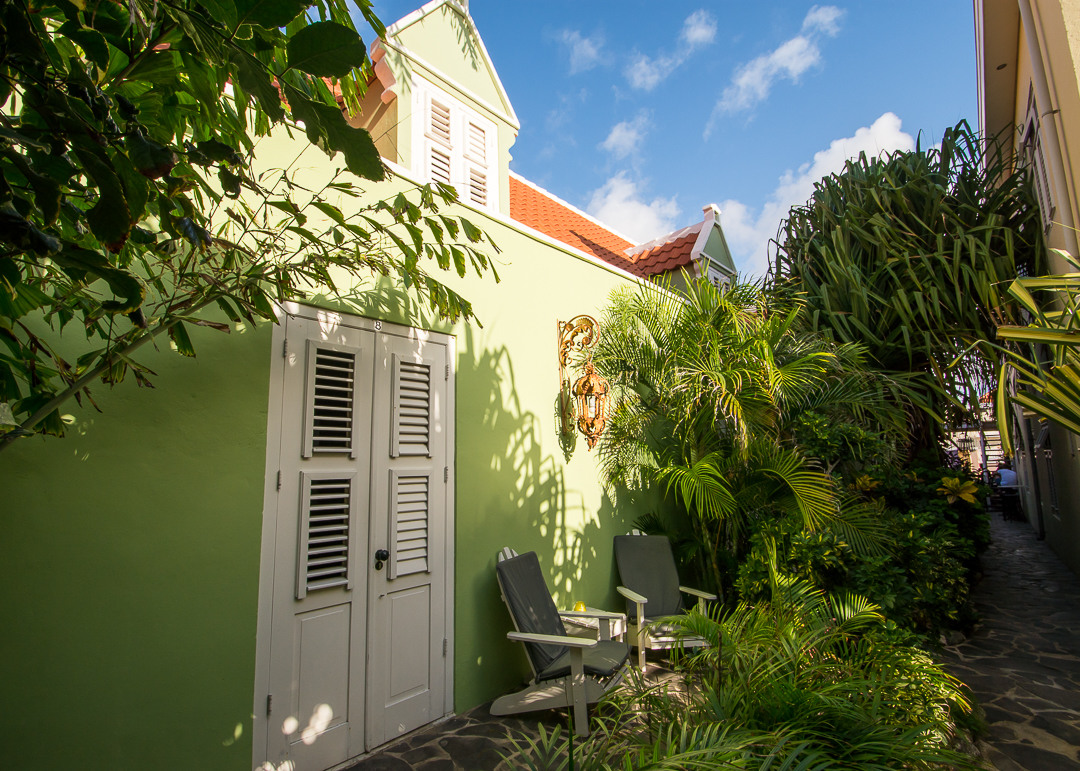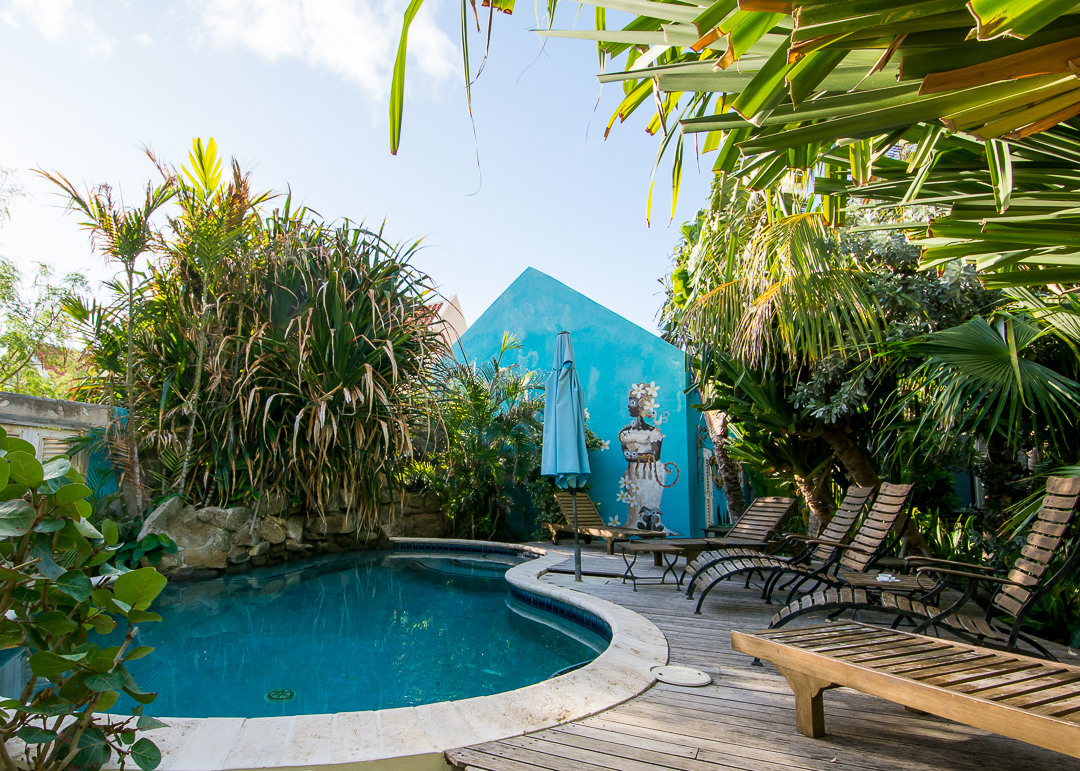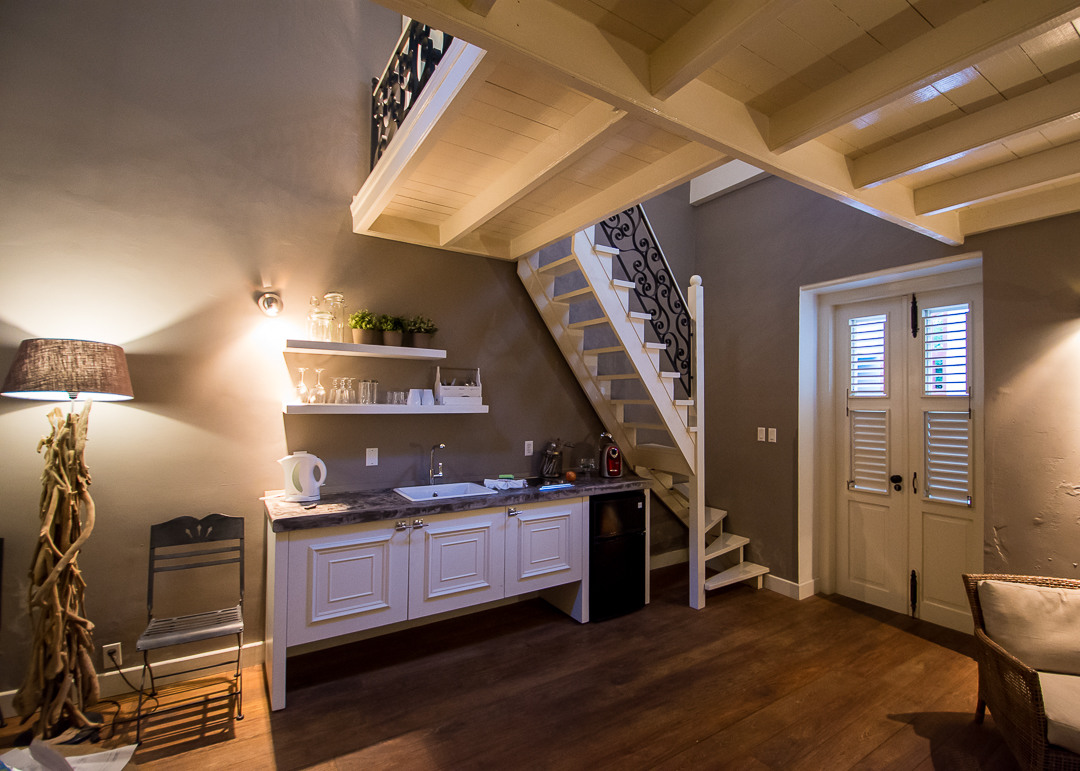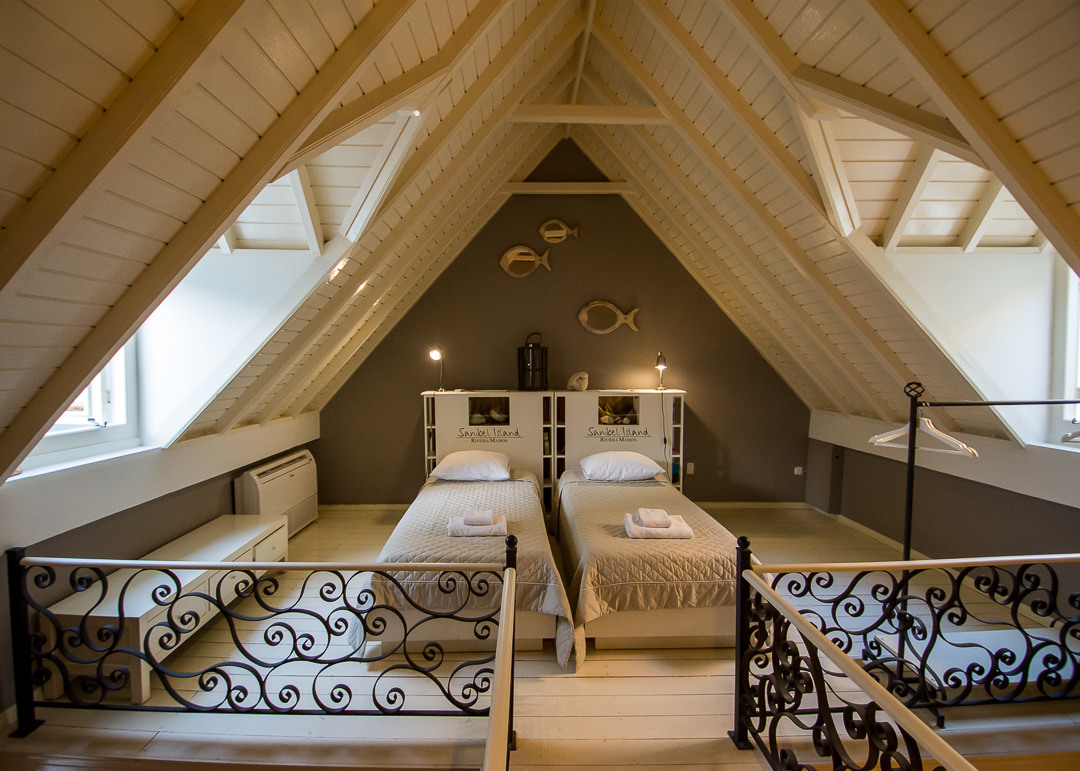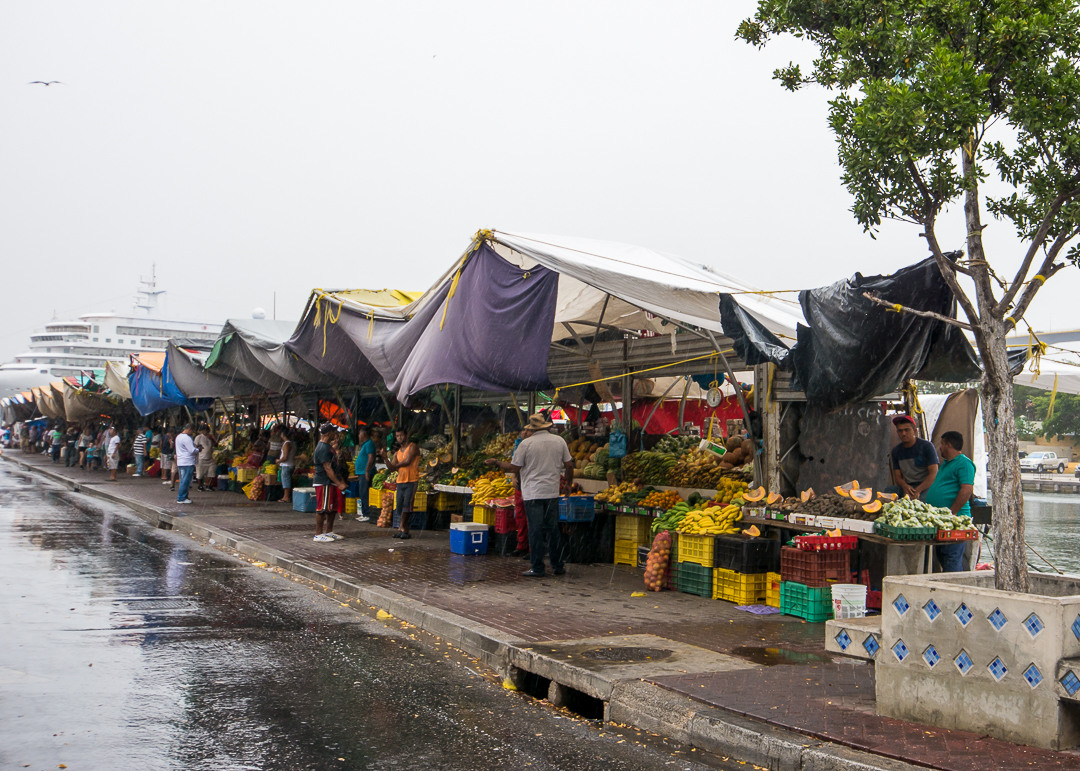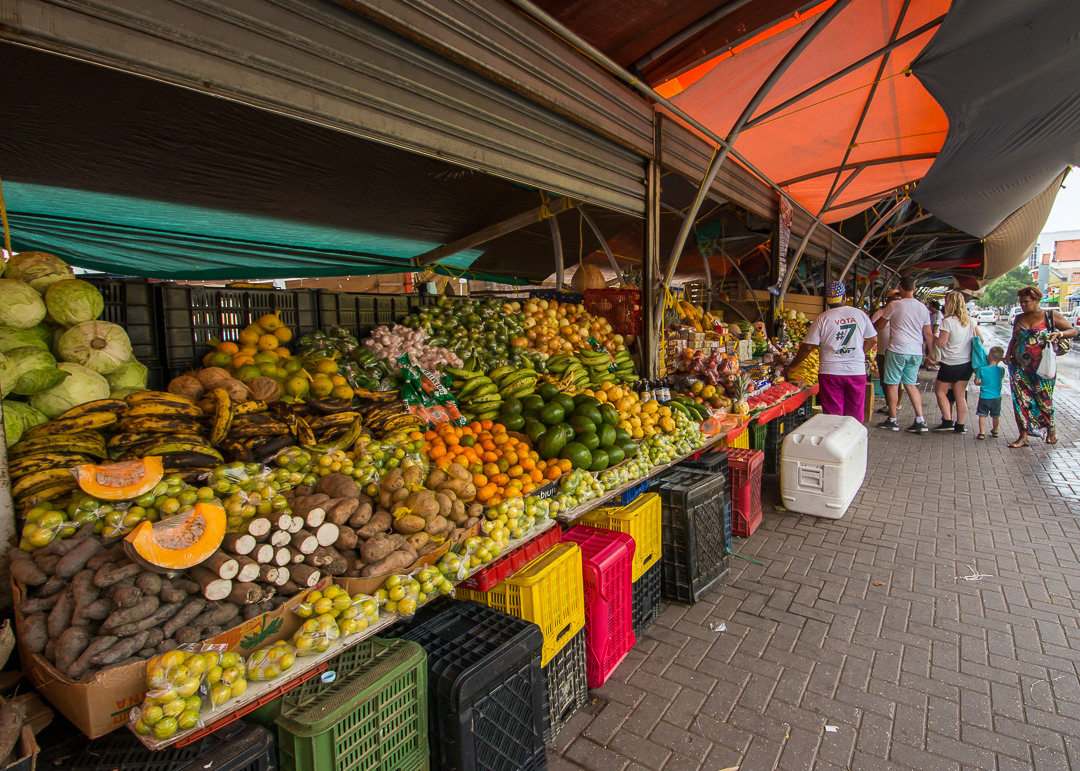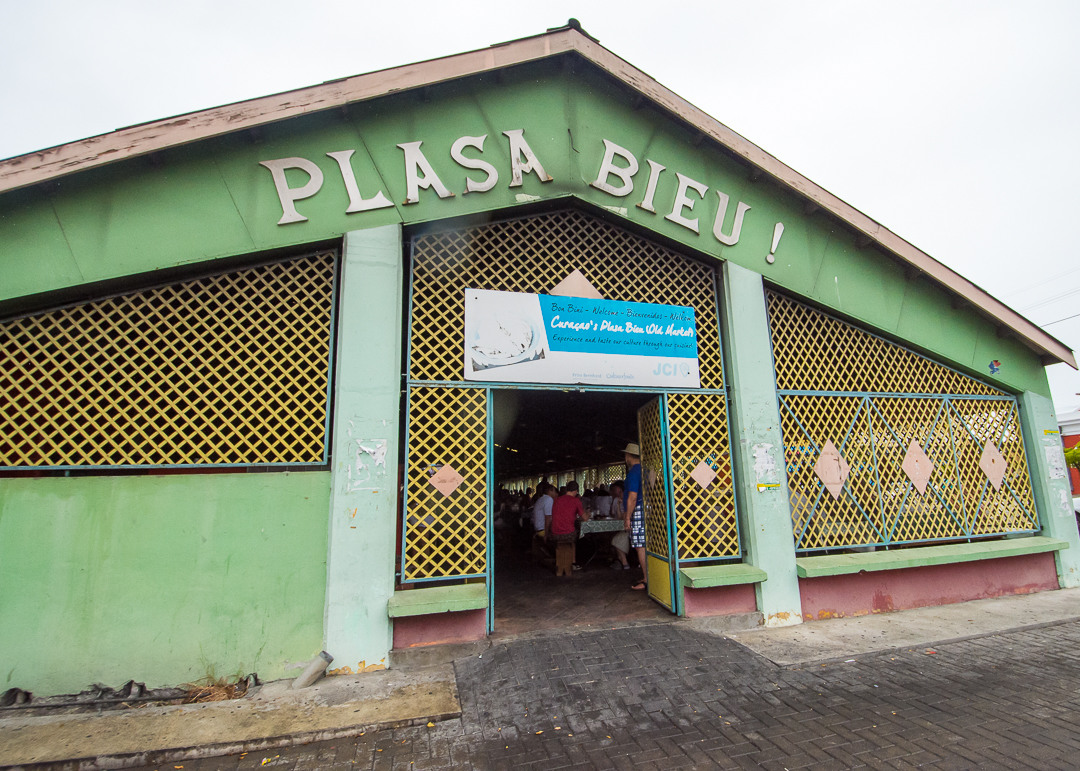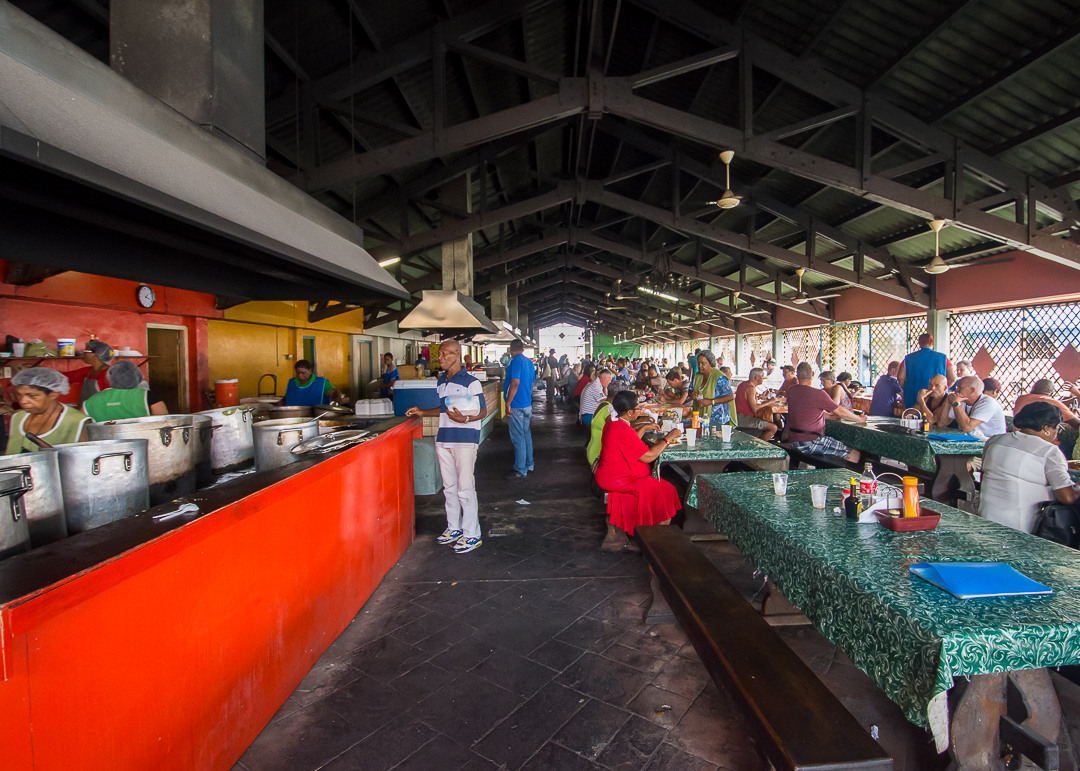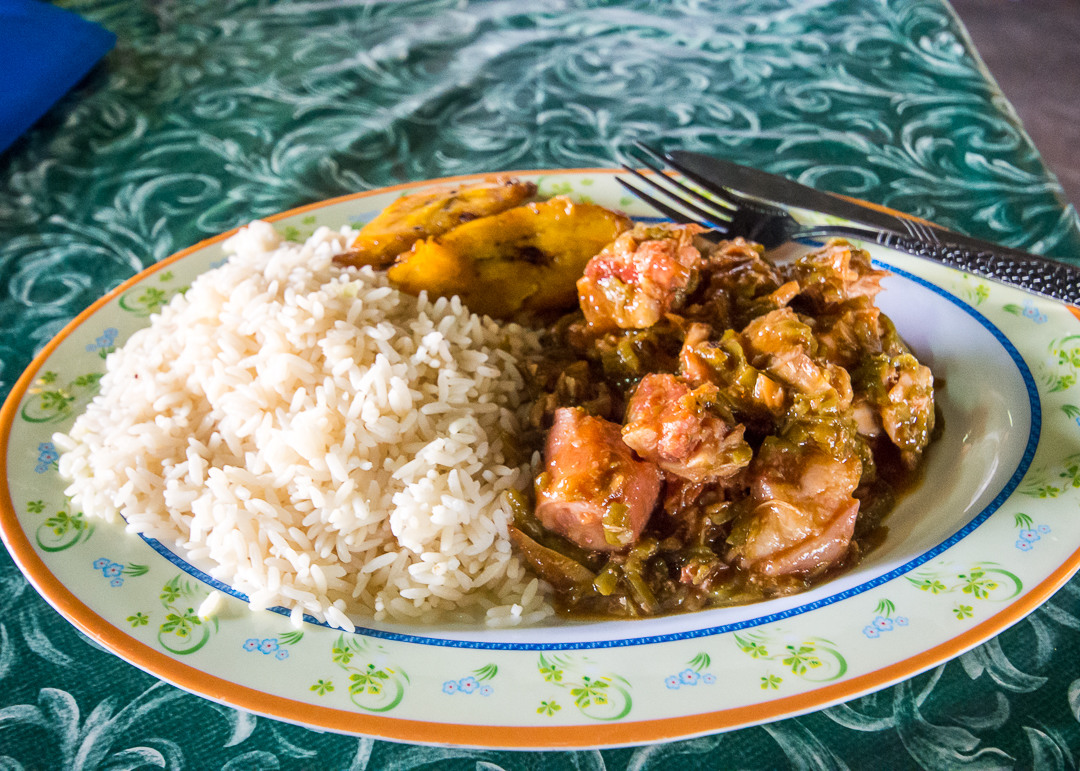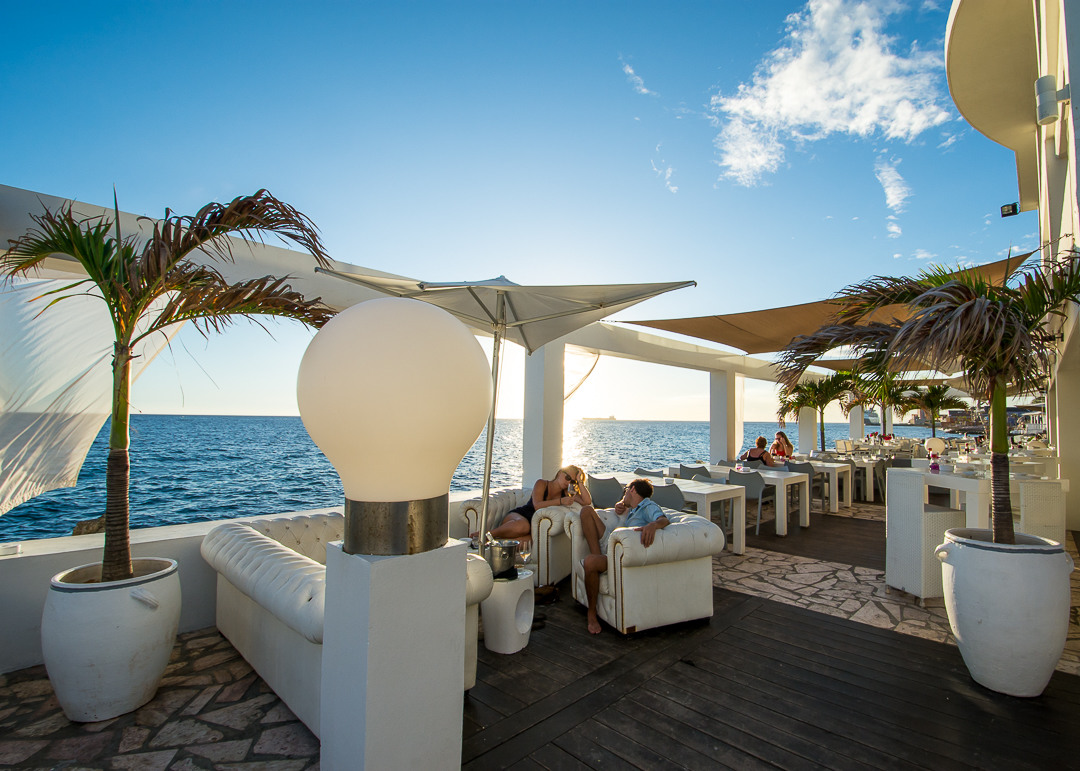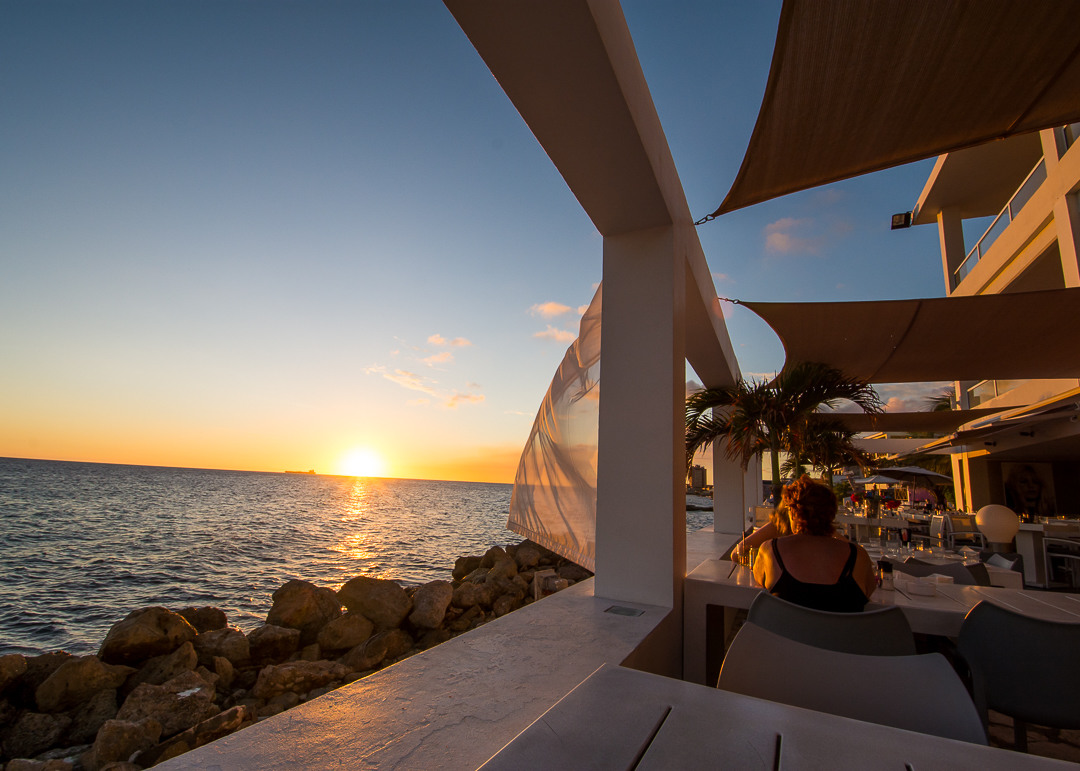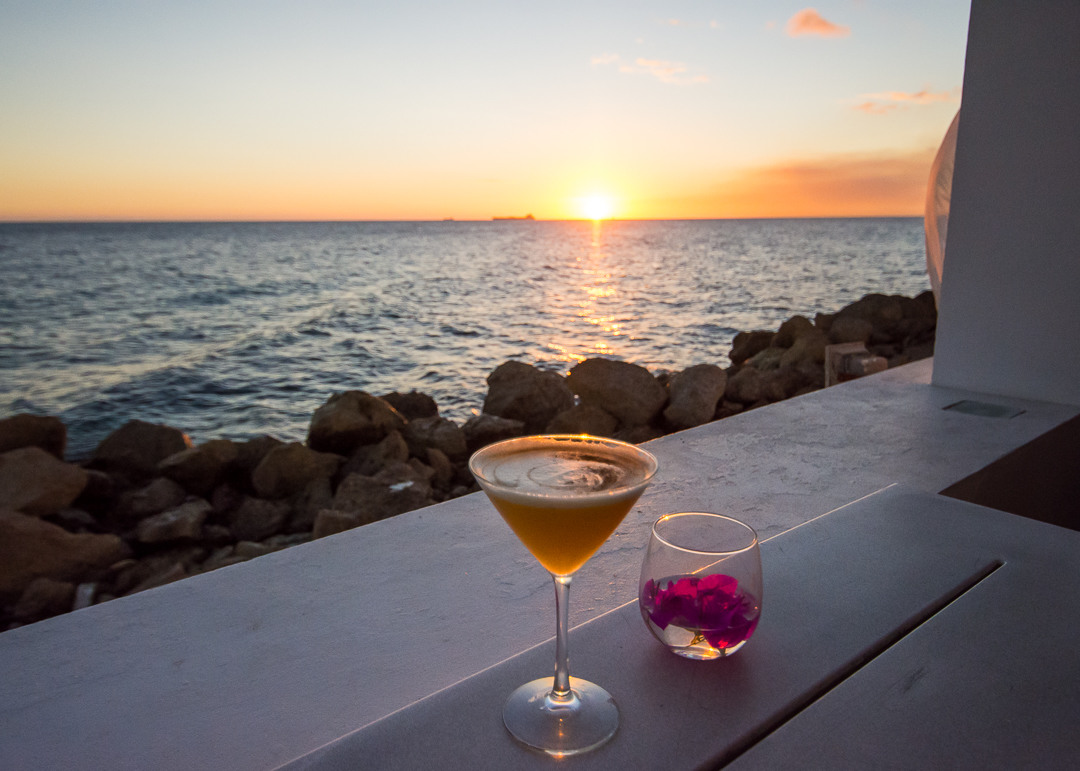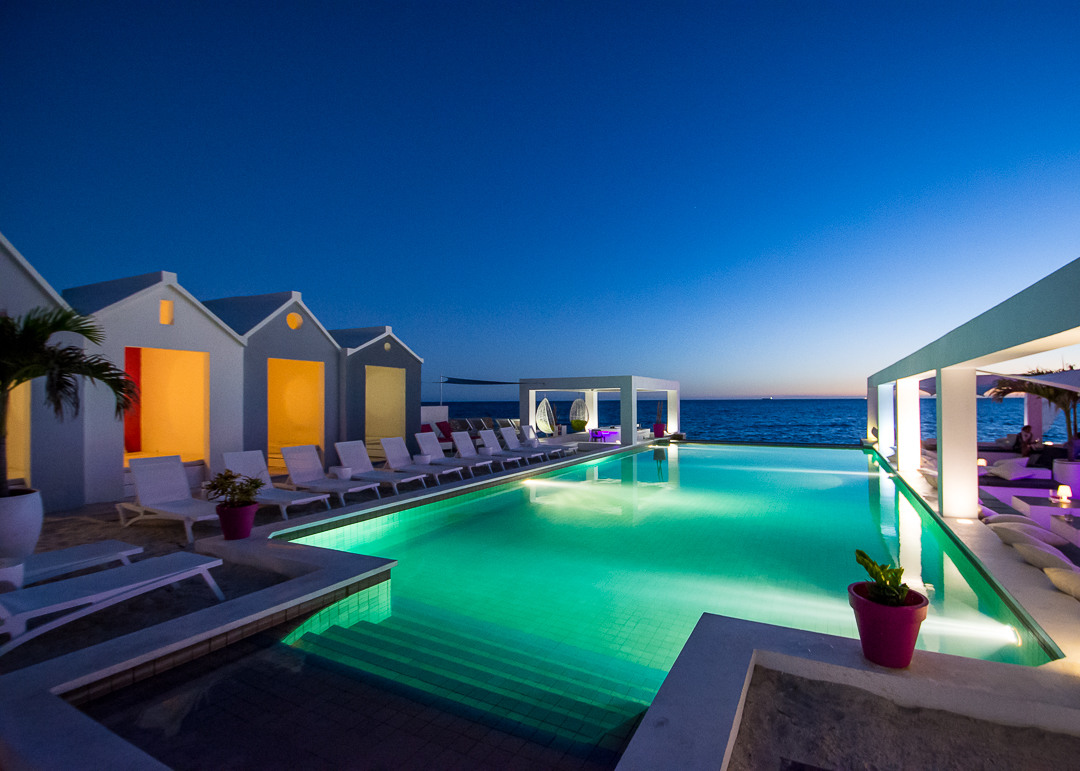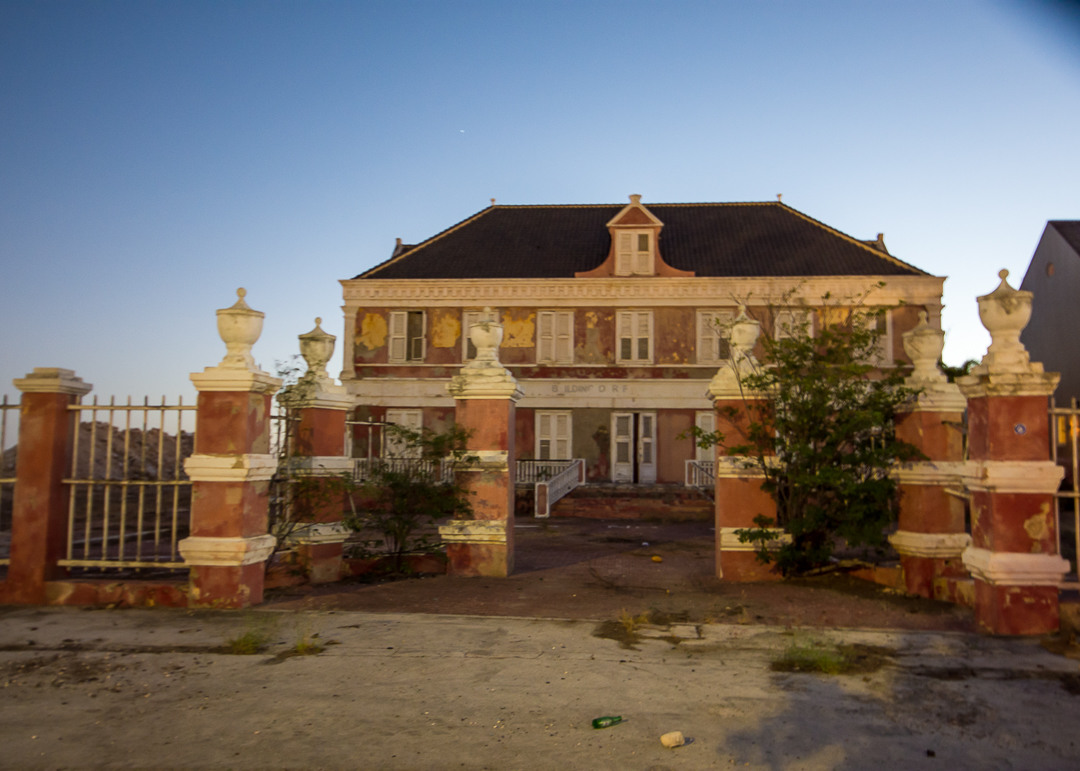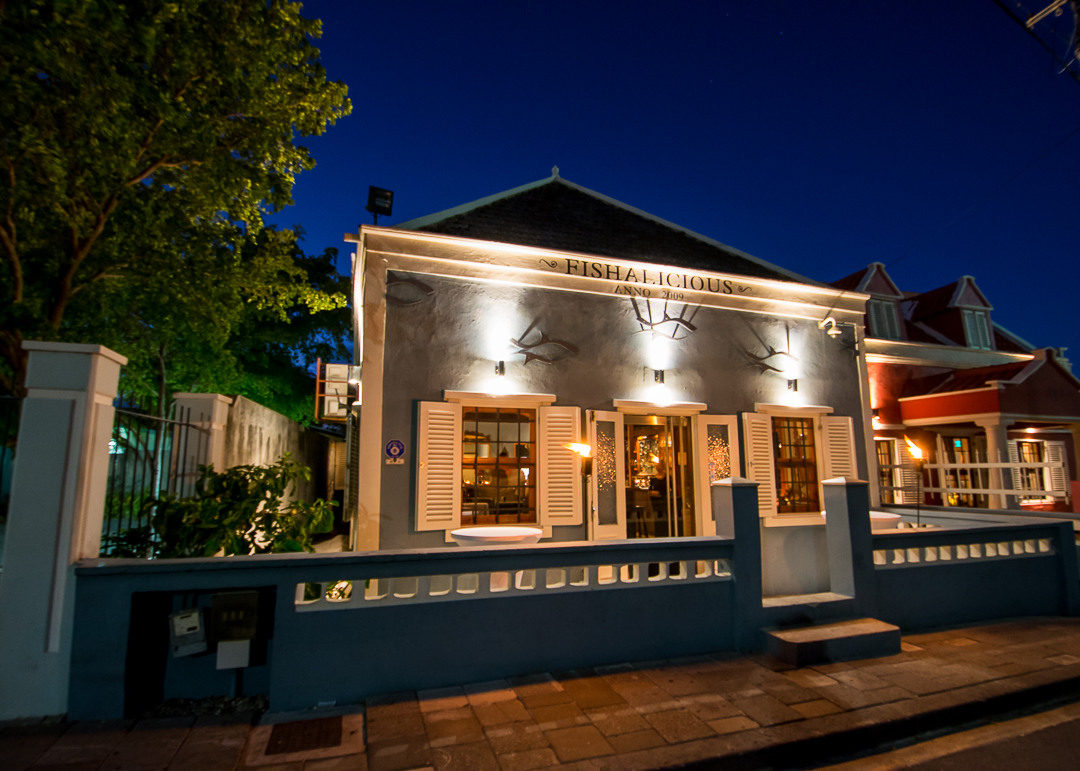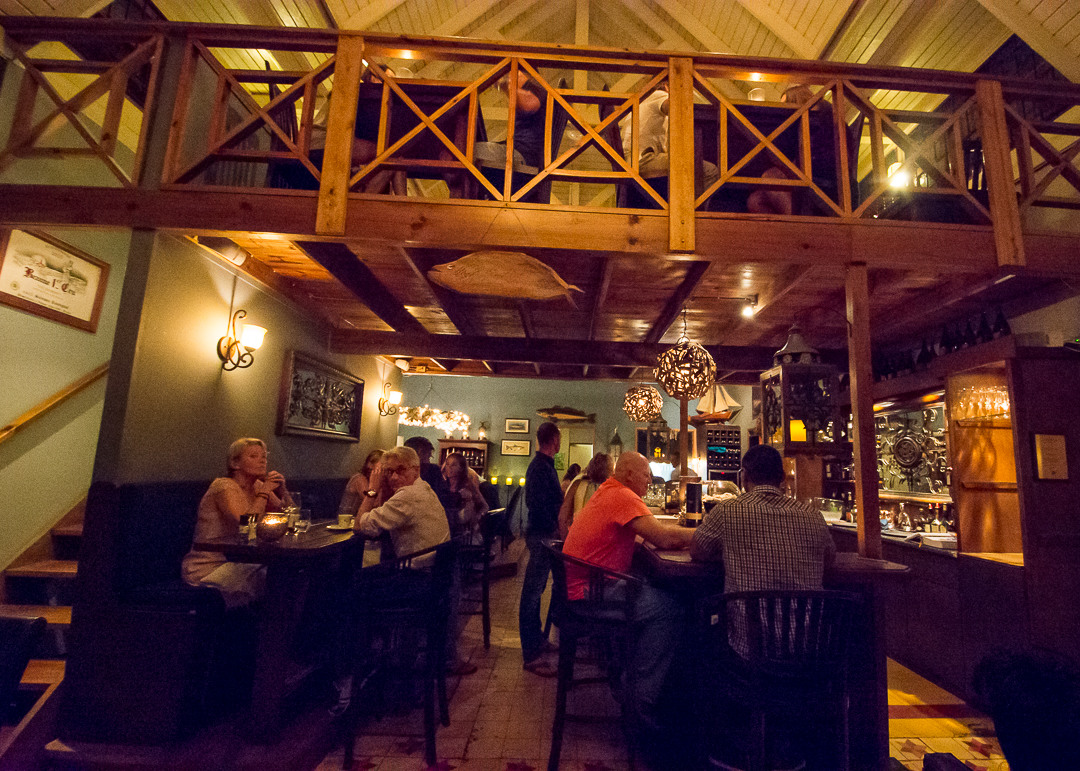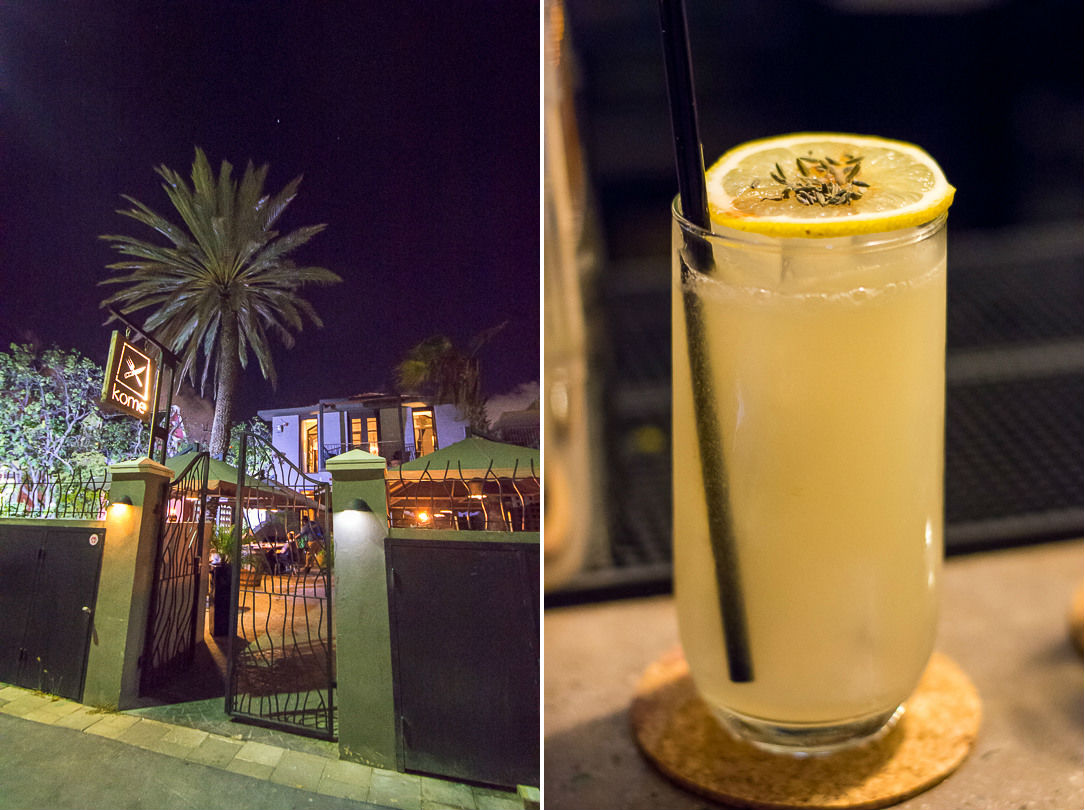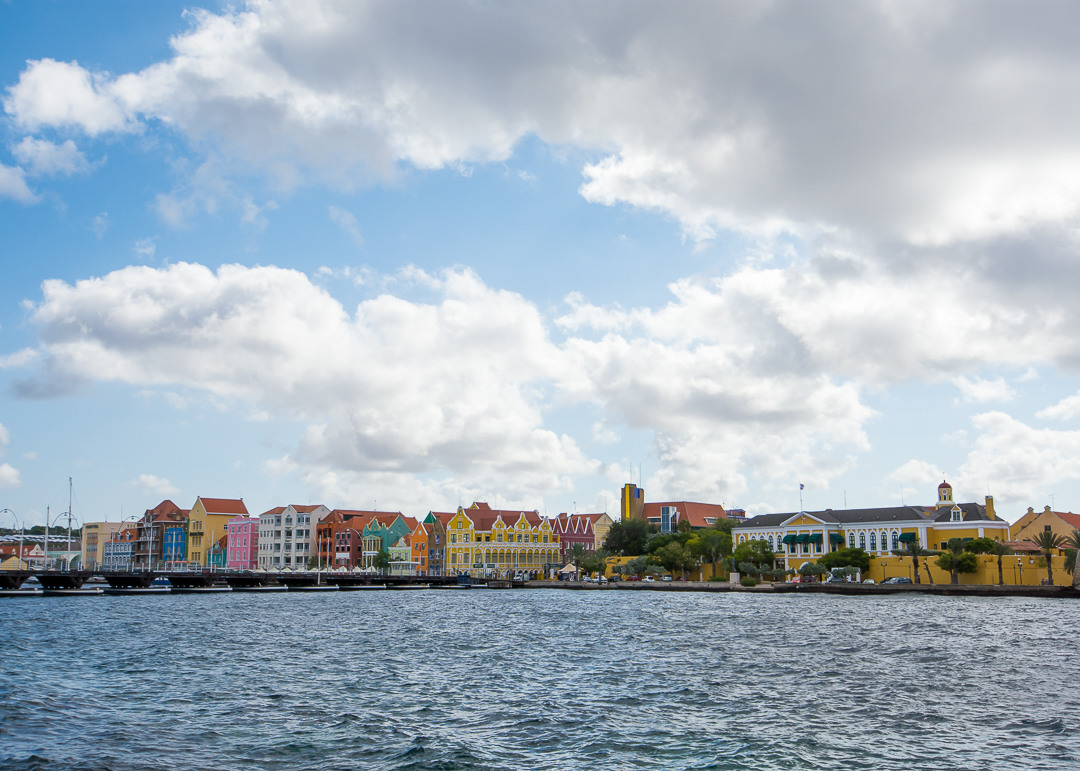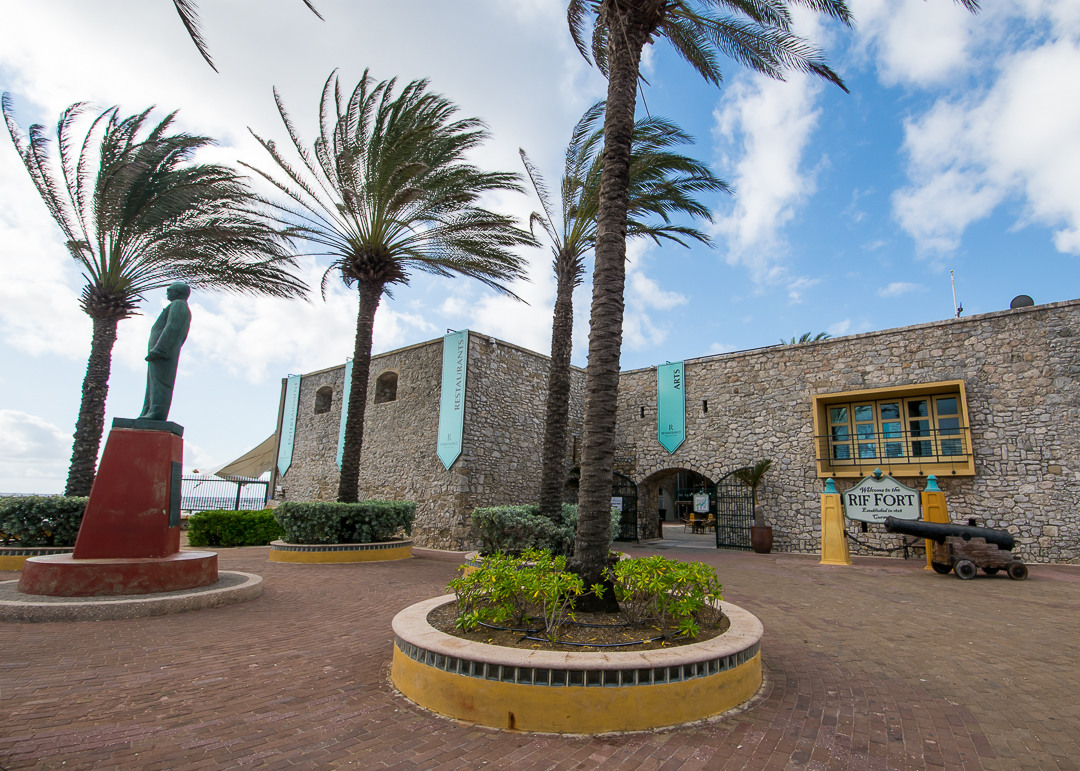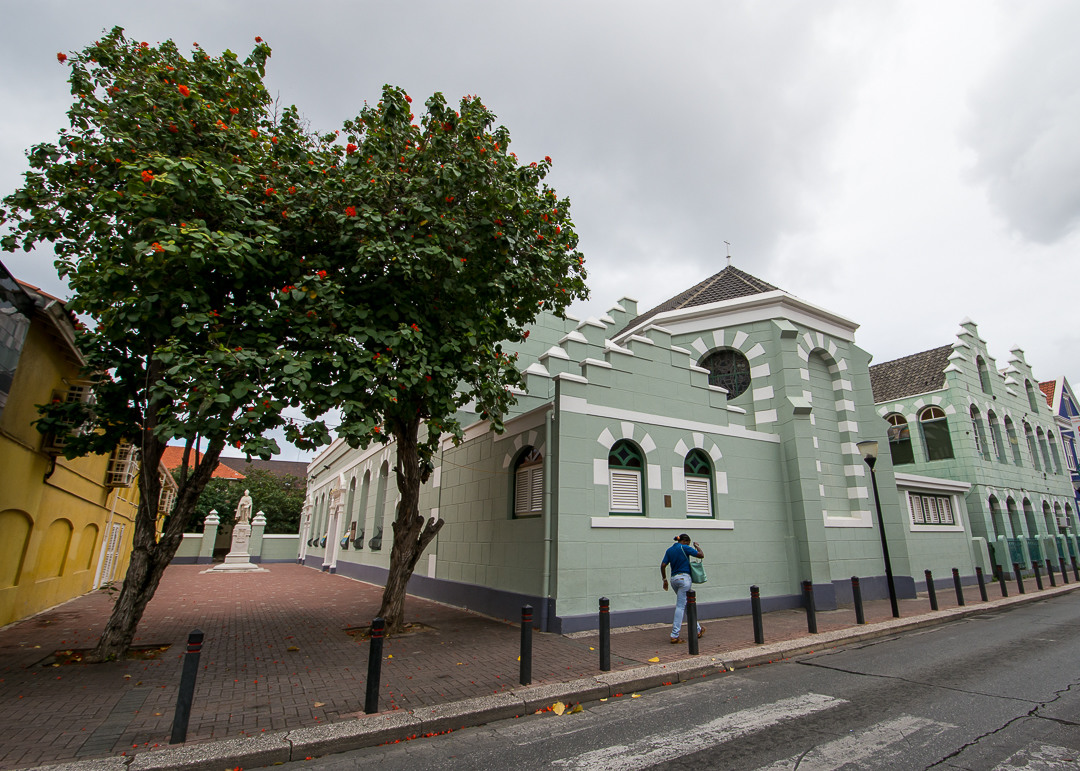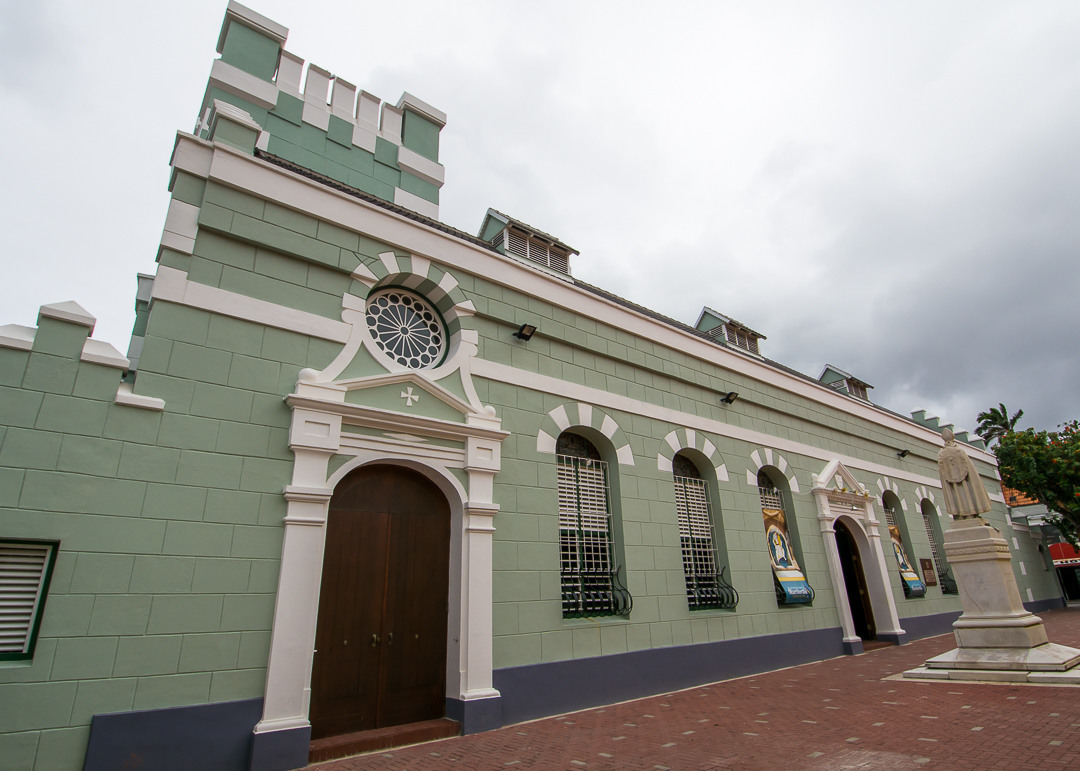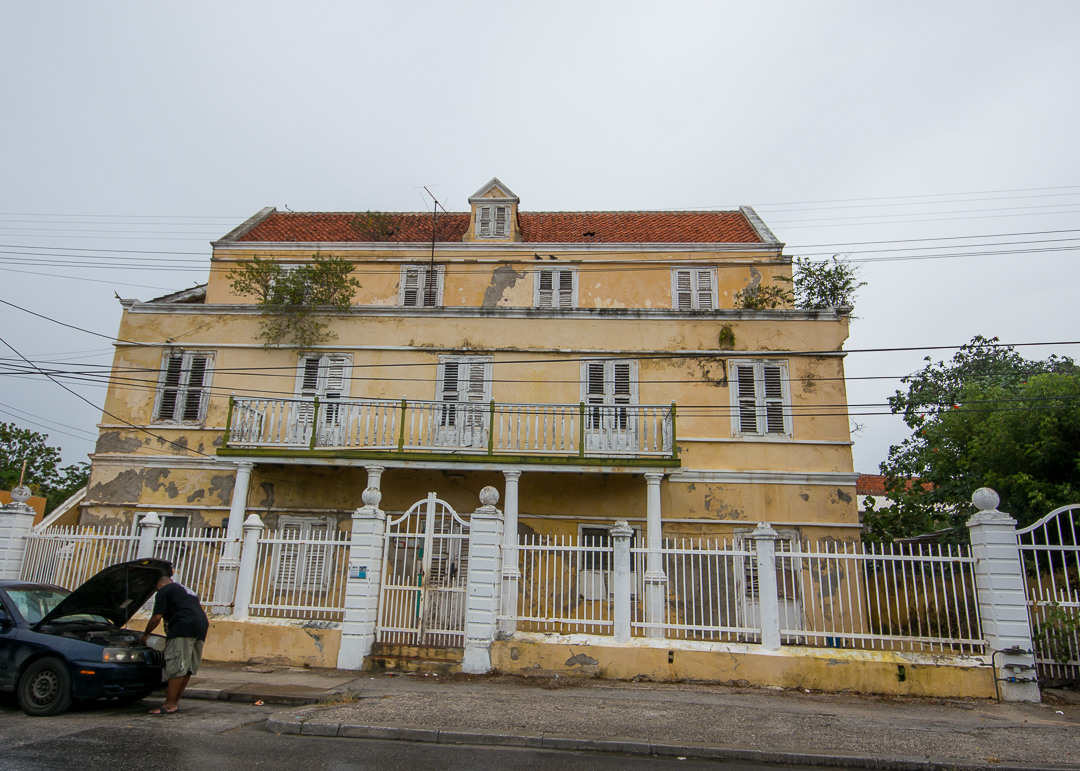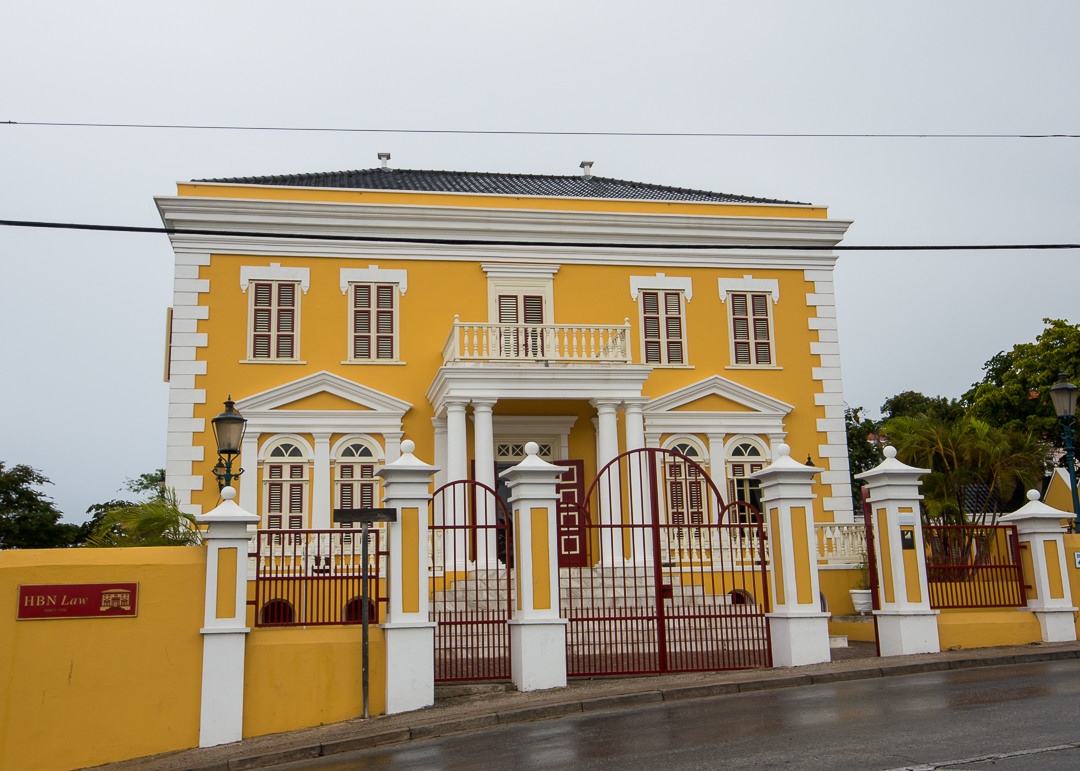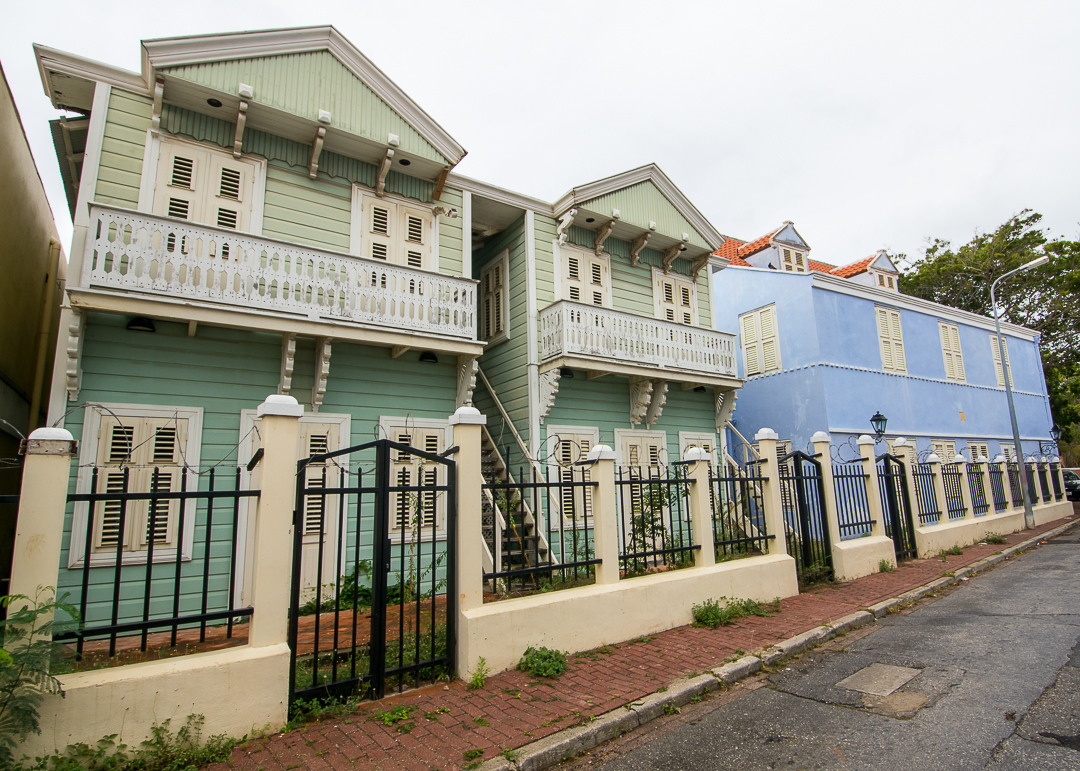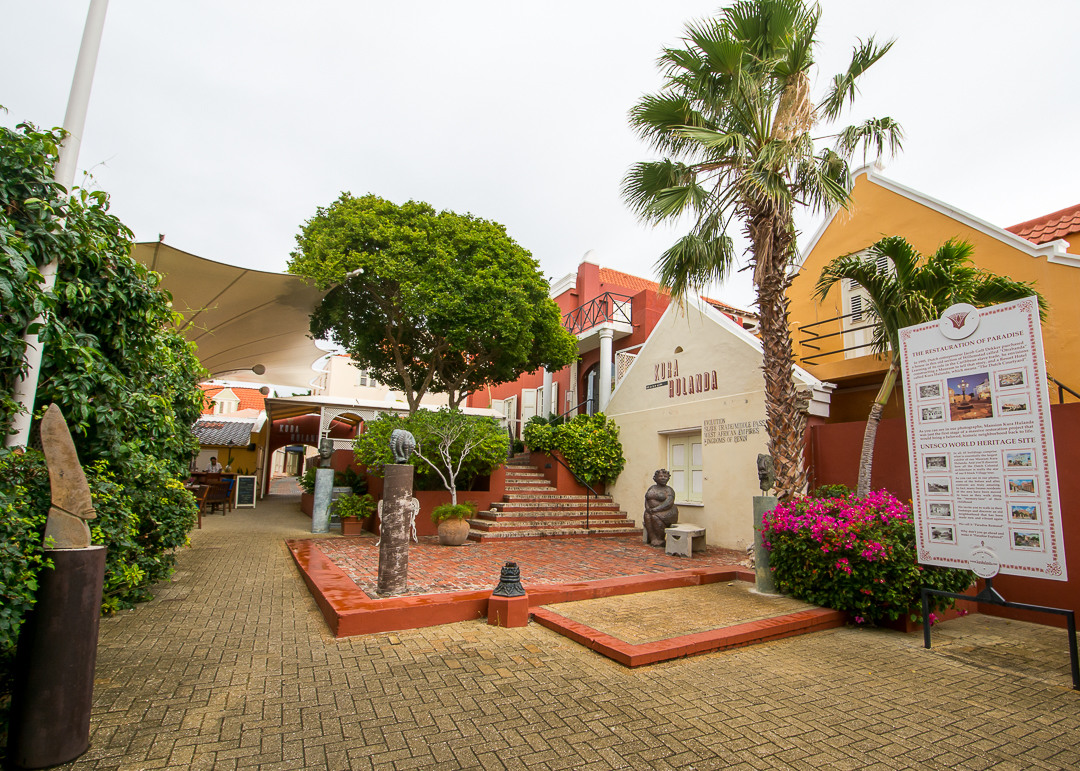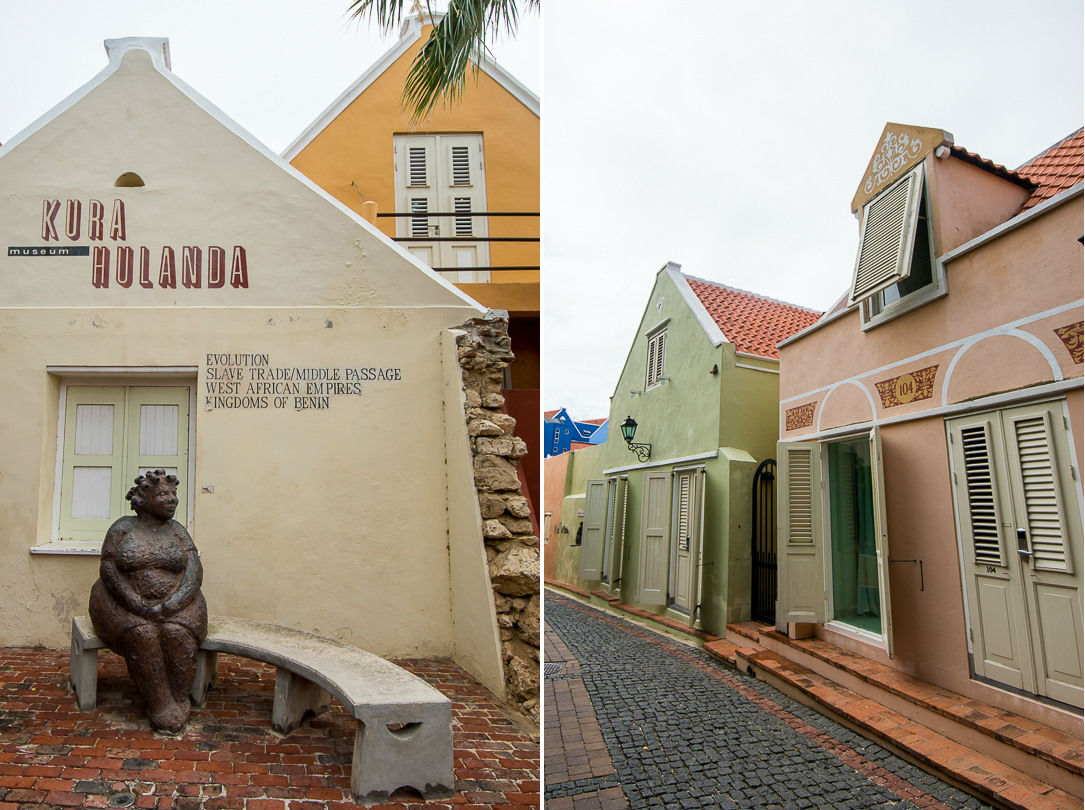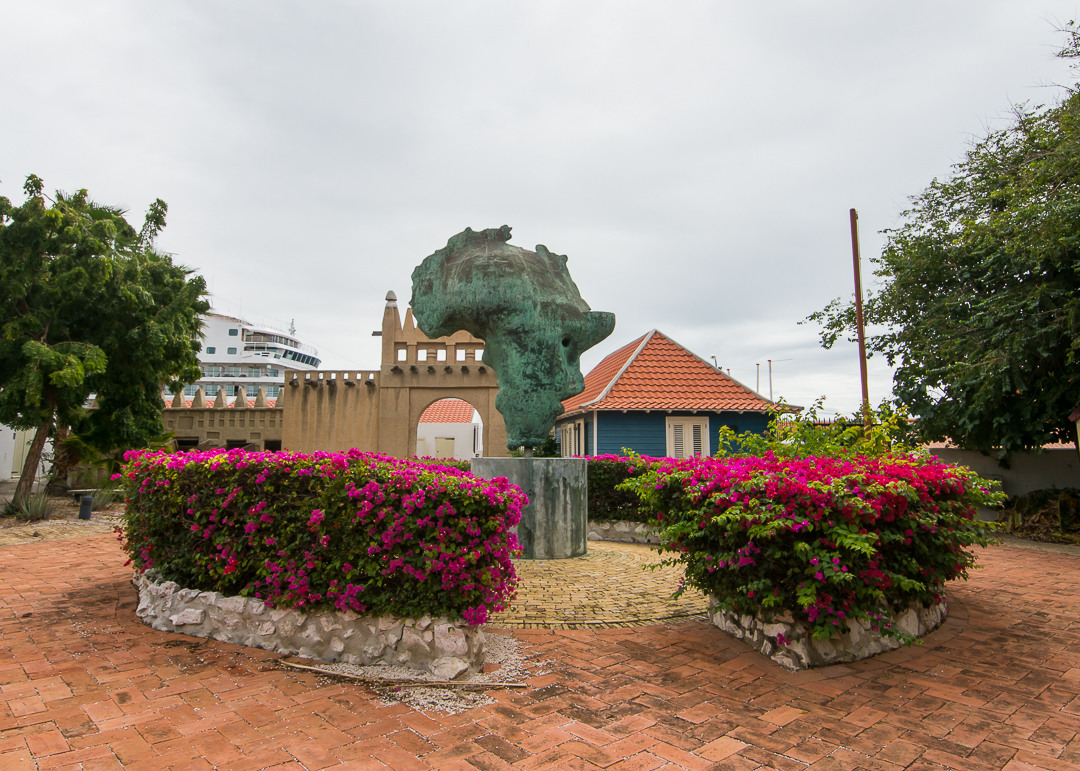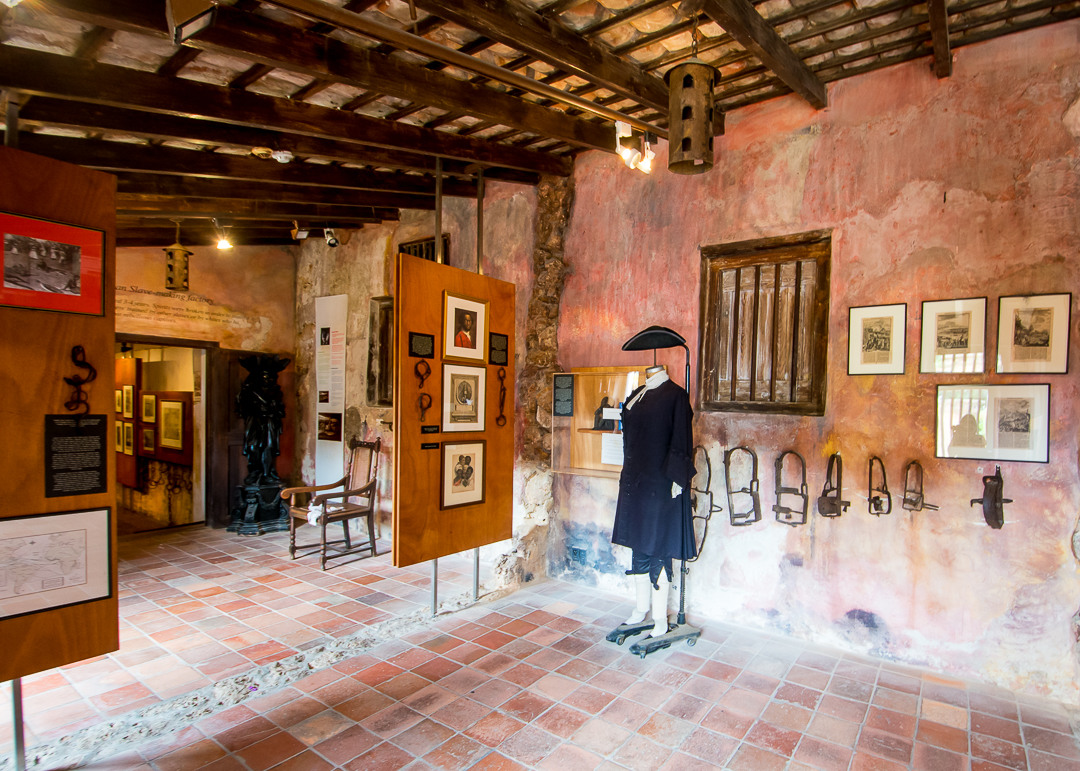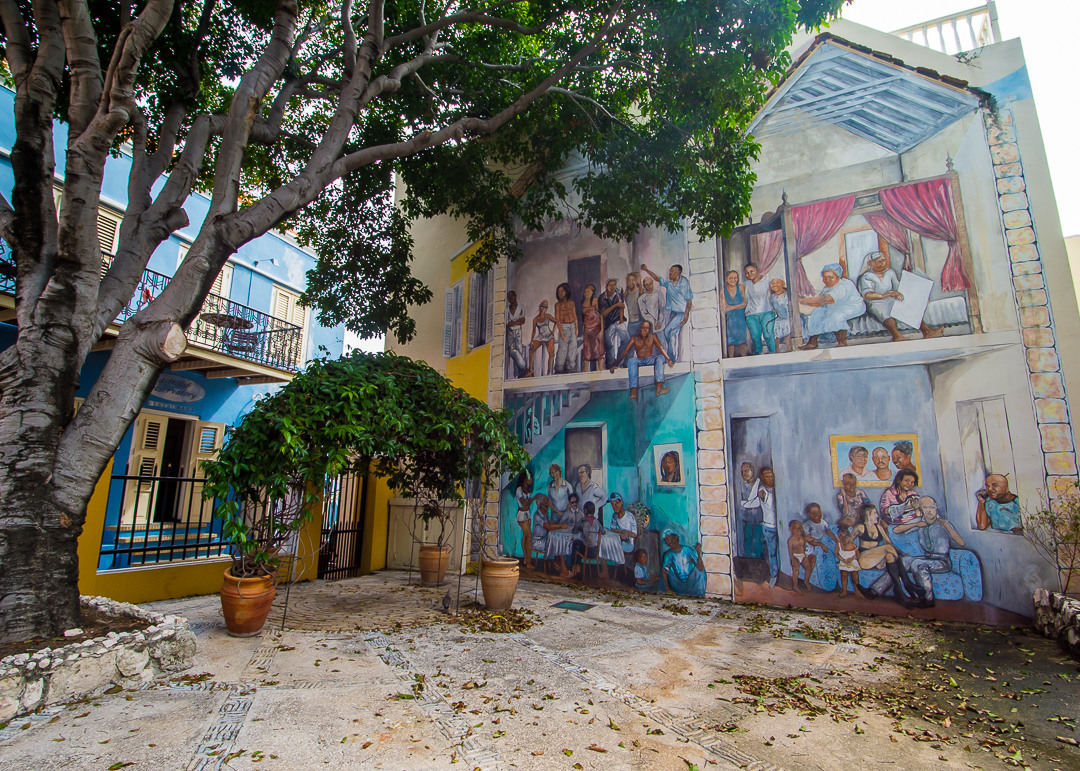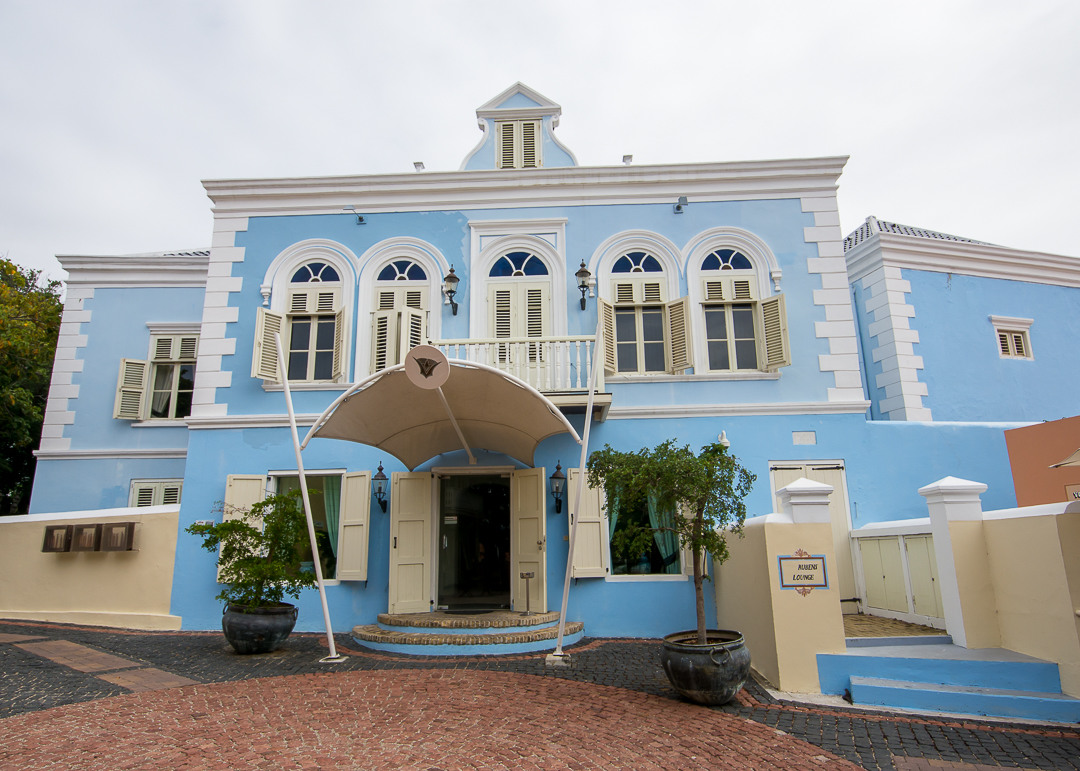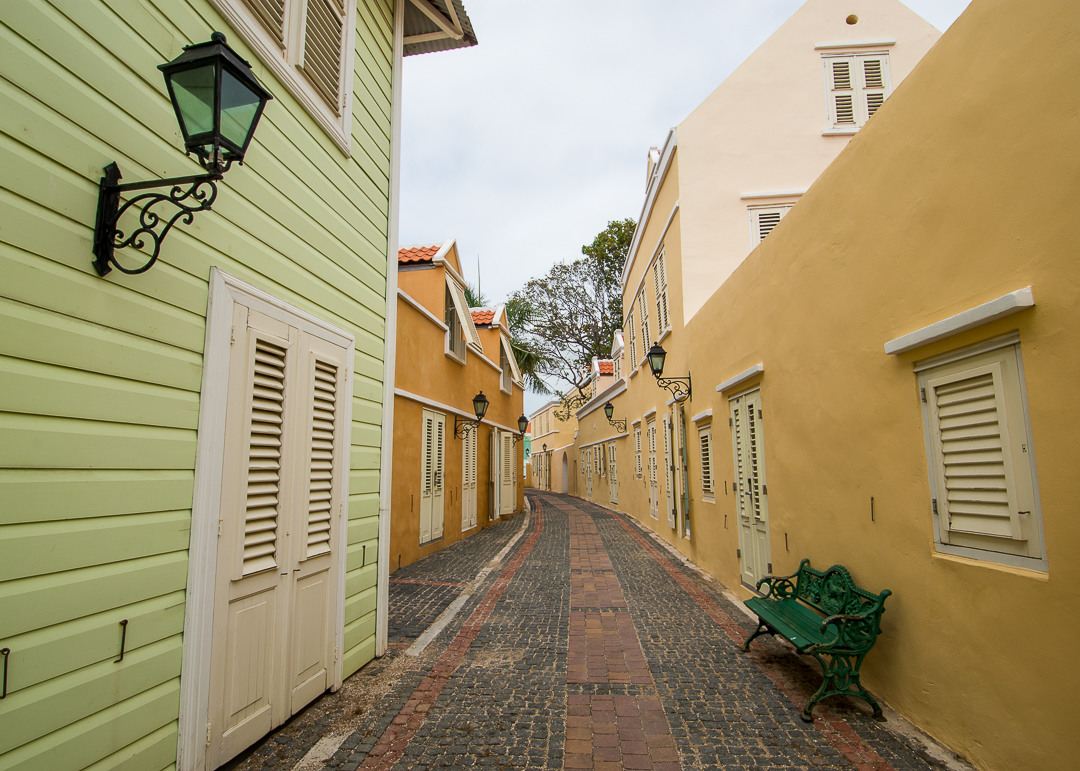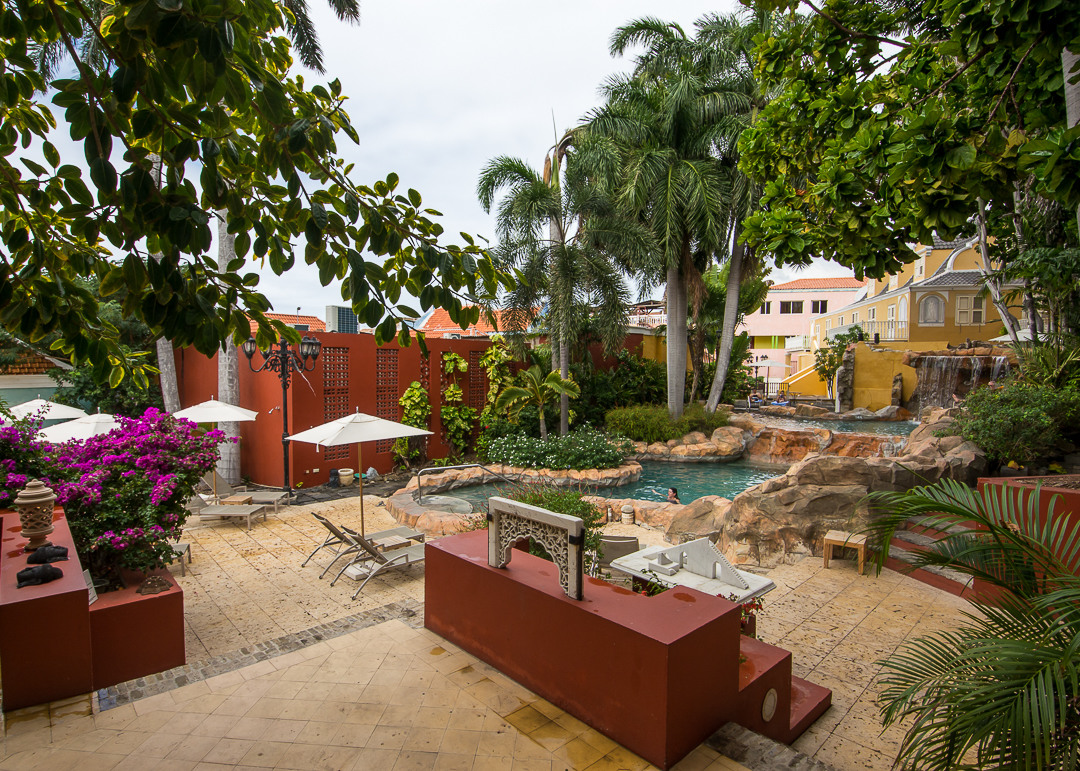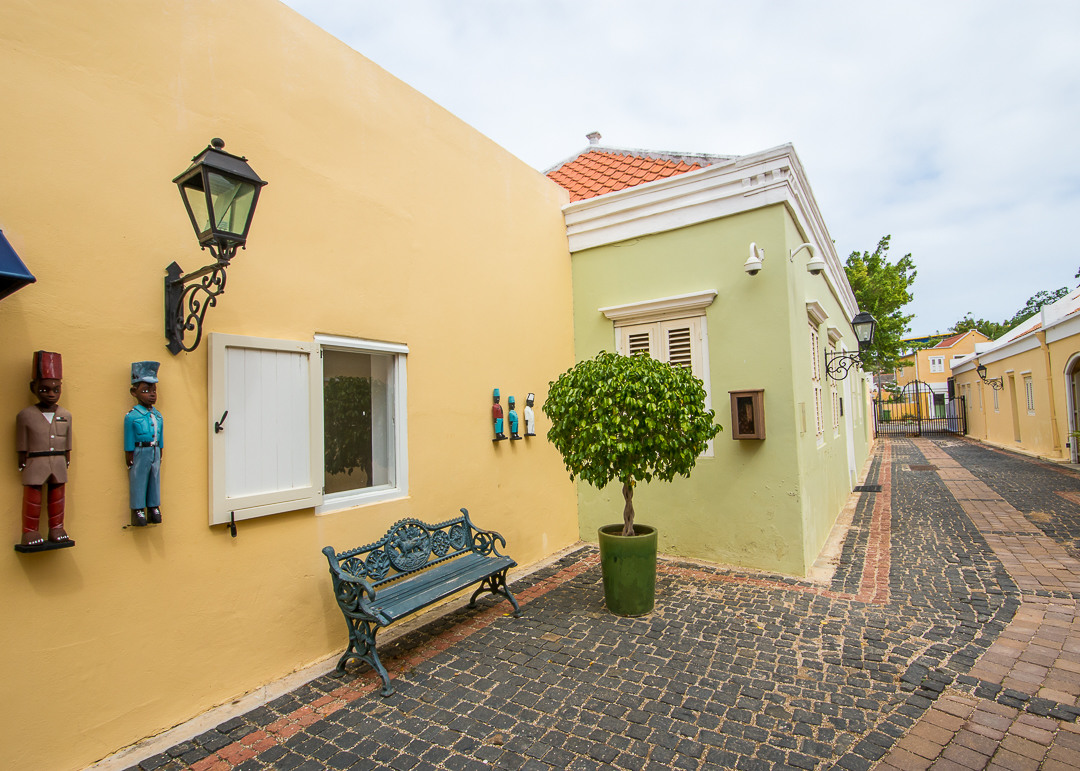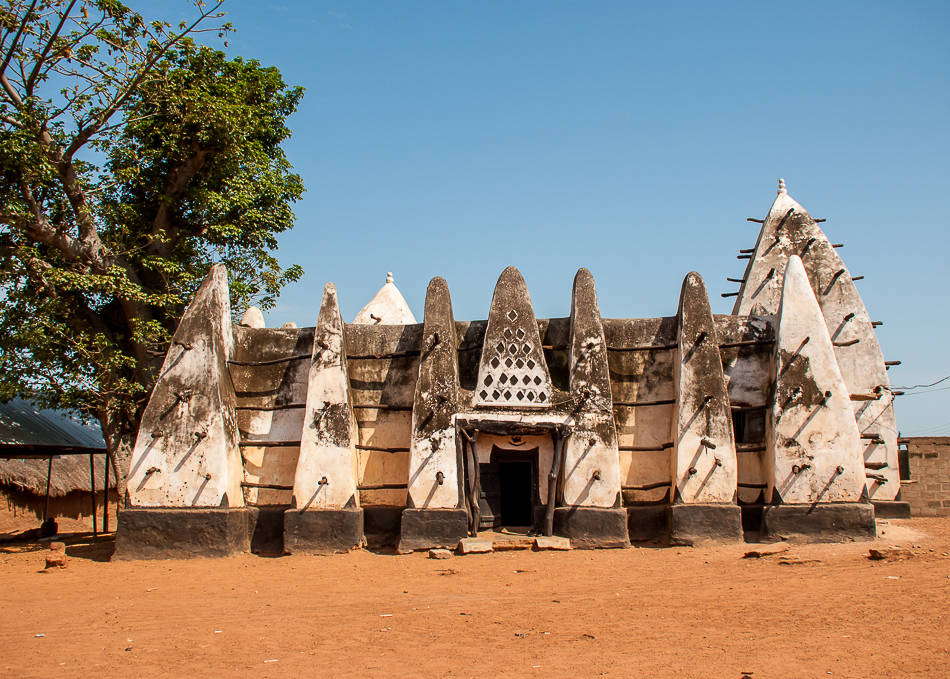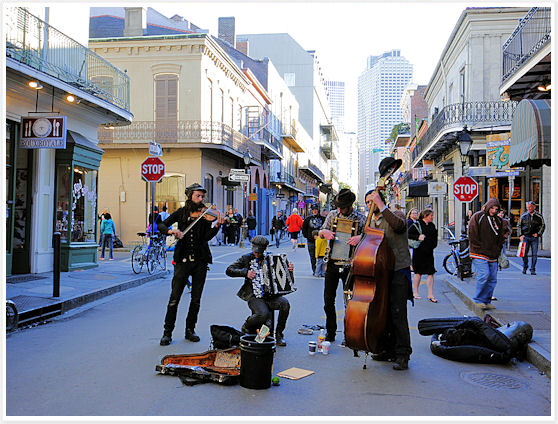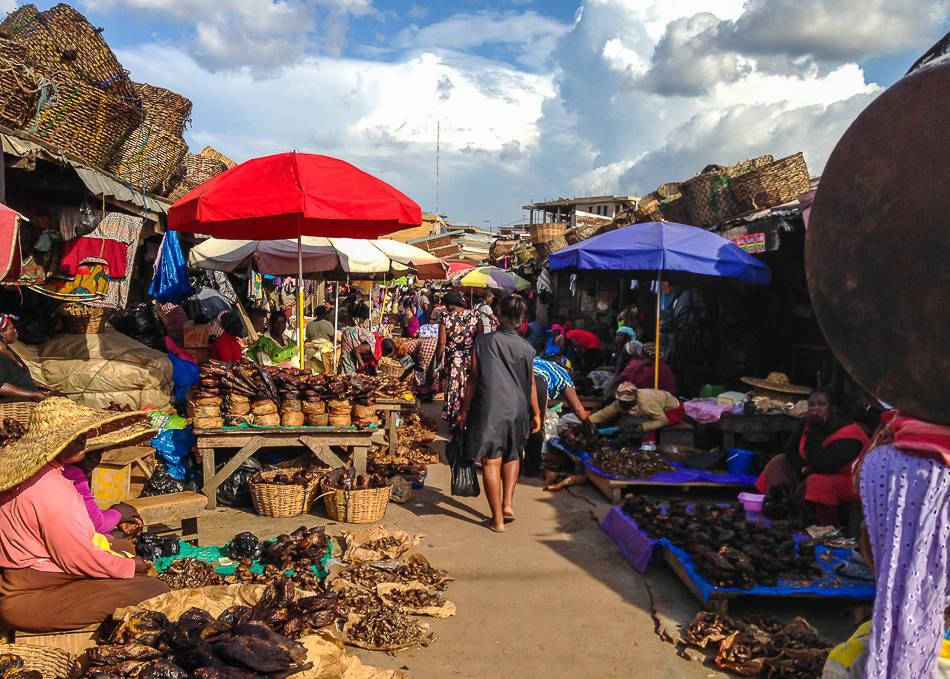If your only knowledge of “Curaçao” is of the bright blue liquor occasionally added to your tropical cocktails you’ve been sorely missing out! Curaçao is also in fact a little paradise island still mostly unknown to mass tourism and boasting shades of blue as neon bright as its namesake liquor (produced on the island) on its 38 amazing beaches lining up its coast.
The Dutch Caribbean island lies just 40 miles north of Venezuela and its geographical location makes it an ideal vacation spot seeing as its outside of the Hurricane Belt and offers beautiful sunny weather all year long. It’s getting easier to get to as tourism starts to grow and direct flights increase, the first ones having been made available from New York on JetBlue since winter 2014/2015, and of course daily flights from Amsterdam are unloading Dutch in need of some sun to this former colony.
Although no longer technically in charge, the Dutch are still a big part of the island and it’s no surprise that the capital of Willemstad has been called the ‘Amsterdam of the Caribbean’ with its iconic and colorful Dutch-style houses on the harbor front.
Right across from them is the antique floating Queen Emma bridge which connects the two halves of Willemstad and swings open whenever a ship needs to pass through.
We’ll come back to the pleasant capital later as the main activity on the island is exploring its stunning beaches and with so many to try it’s never too early to start! They’re almost all scattered along the calm southwestern coast as you can see on this handy map and Curaçao being only about 40 miles long it’s an easy drive to reach any one of them. A car is necessary to fully explore the island and the numerous beaches whether you rent one or hire a taxi.
The beaches of Curaçao have long been overshadowed by those of its popular neighbor Aruba and that’s mainly because their diminutive size makes them less impressive than Aruba’s long stretches of white sand lined with palm trees. Here you’ll rather find small and secluded coves which are much more intimate than your typical Caribbean beach and that’s why they’re so fascinating and fun to explore. While they all share the same crystalline blue waters, they all have their own unique appeal which is yours to discover… Here are a few of the well-known stunners dotting the island:
Kleine Knip (Playa Kenepa) is a favorite – a small natural beach without tourist facilities except for a small snack bar on weekends (so bring food and drinks with you).
The beach is famous for its good snorkeling with water so clear and warm you could stay in (and will want to!) the whole day. Sea turtles and manta rays have even been spotted here near the shore.
About one mile west you’ll find the big brother, Grote Knip (Playa Kenepa Grandi), twice as large and a lot more popular. The view from the parking area is one of the island’s most photographed – just look at the picturesque setting and color of the water!
It’s another snorkeler paradise and I spent about an hour exploring the reefs underneath those cliffs (which are perfect jumping-off point).
Driving east towards the city you can stop at Cas Abao beach, the largest I’ve visited and equally picture perfect.
It’s probably the island’s most modern of the public beaches as it has a wealth of facilities such as changing rooms, a refreshment stand, thatched umbrellas for shade, massages and a large parking lot.
Lastly, you need to leave some time for Porto Mari beach, a locals’ favorite for many reasons and apparently Curacao’s best diving site (there’s a diving shop right on the beach)
It also has some of the best beach food on the island and a great, breezy terrace to enjoy your lunch in the shade, staring at the gorgeous scenery.
The unique double reef found here is accessible from the shore and attracts snorkelers and divers with impressive marine life.
Out of the water, you’re likely to cross path pretty much anywhere with the island’s reptile king – the iguana. Some will get as big as four feet long if they aren’t capture to feature on a restaurant’s menu before, iguana soup being a popular dish on the island.
On your way back to Willemstad, you’ll be driving by the Jan Kok salt flats which today are home to a large flock of flamingos.
Jan Kok was the first plantation owner on the island and was notorious for the cruel treatment of his slaves. A monument commemorating the slave revolt of 1795 now stands in front of the salt flats.
A worthy detour is to the Santa Martha Bay viewpoint where you can get a totally different perspective on the rugged island’s interior.
Getting back into Willemstad, make sure you slow down on the Queen Juliana Bridge for an unbeatable view of St. Anna Bay.
The arch bridge is the highest in the Caribbean.
Now time to explore the historic center of Willemstad which consists of four quarters: Punda, Pietermaai Smal and Scharloo on the east side of the bay, and Otrobanda on the west side of it. Starting east with Punda and its unique architecture (designated a UNESCO World Heritage Site), this neighborhood is the oldest and was established in 1634 when the Dutch captured the island from Spain.
Wilhelmina Square in the center of Punda is a popular meeting place surrounded by cafes and you can’t miss the big ‘Dushi‘ sign which, although it might sound strange to your ears, is a common term of endearment on Curaçao.
Jewish temple
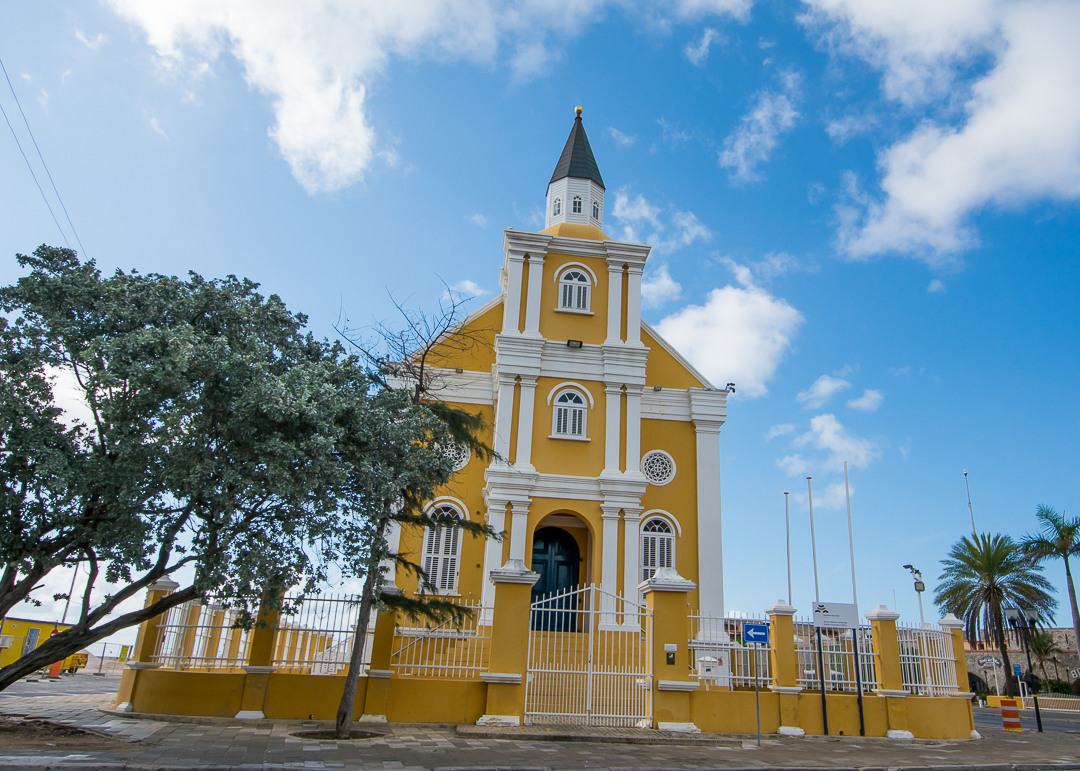
Curaçao is famous for its colorful houses but do you know why they were all painted like this? It is said that one of the first Dutch governors ordered (under medical advice) that all houses should be painted in colors other than white because the reflection of the sun supposedly caused headaches… We surely won’t complain now as Willemstad’s cityscape is among the most photographed of the Caribbean.
Explore the area on foot to discover at every turn exquisite 17th and 18th century Dutch colonial buildings usually never found outside of the Netherlands.
Just east of Punda you’ll now find yourself in Pietermaai Smal. Once the most exclusive neighborhood on the island it has endured a long period of deterioration before recently being slowly picked back up and starting to turn into a super hot district with boutique hotels, funky bars and trendy restaurants.
There are still some destitute houses but the majority have been restored and given a new life.
It’s a fun and vibrant neighborhood to wander around and is where I found the best restaurants and bars like the exquisite boutique hotel/restaurant/shop Bijblauw.
Located right on the seafront, they have one of the most scenic and relaxing restaurant on the island, the kind that really makes you unwind and contemplate the surroundings for hours, blessed with scenic views, the sound from the waves crashing right at your feet, and a wonderful menu of fresh and healthy fare.
Breakfasts on the terrace were the best part of the day.
Another favorite haunt is Mundo Bizarro, a quirky cafe-bar with a Cuban influence and killer mojitos.
The kitschy and charming outside terrace is a favorite alfresco option in the neighborhood where you can also sample a full menu while looking at all the eclectic art and bizarre artifacts around.
The colorful and vintage Cuban style interior is also a pretty cool hangout especially when they have live bands playing and the crowd spills out onto the sidewalks.
Right behind it you’ll find the boutique style apartments of Pietermaai Apartments where I stayed.
All located in historic cottages along tiny alleys, the apartments are a great option to experience an authentic stay among 18th century walls while benefiting of both modern conveniences and old ones (wooden shutter windows and high ceilings).
My split-level accommodation was stylish and a welcome change from the usual standard hotel rooms.
The central location is hard to beat as you’ll be close to the action from the newly rebuilt district and still within an easy stroll of the harbour and its attractions. A few minutes walk will bring you to the nearby floating market which is where Venezuelan salesmen sell their fruits, vegetables and fish directly from their boats which come loaded everyday straight from Venezuela.
For the best local food, head to Plasa Bieu only one block away in the Old Market for a lunch experience you won’t soon forget.
The low-key food hall employs local ‘housewives’ who cook their best dishes for both tourists and locals who mingle at communal tables.
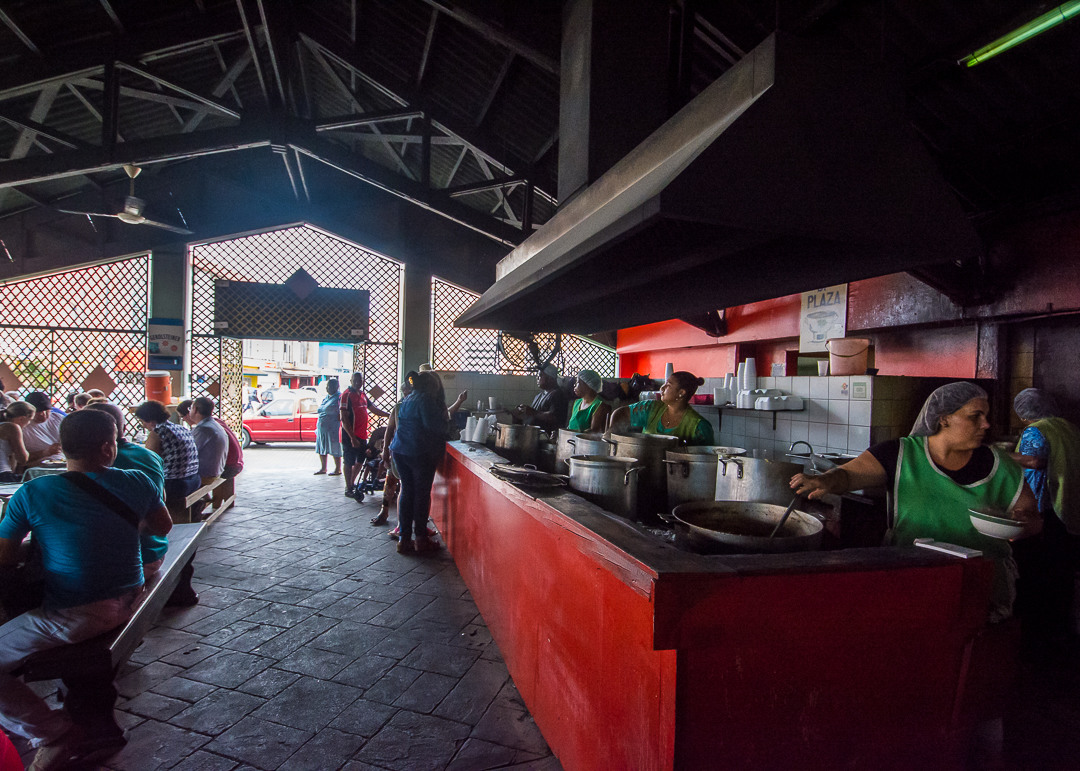
Grab a seat wherever you see one in front of your food counter of choice (walk down once peeking at all the pots) and wait for the waiters to bring you the menu.
The plates are huge so make sure you go there hungry and wash it all down with their homemade lemonade. This is the traditional creole food of Curaçao with specialties of stewed goat, fresh fish, iguana soup, etc. all incredibly tasty, authentic, and really affordable.
For when you feel like taking in some sun without going to the beach, the Saint Tropez Beach Club is the solution. The all-day club lets you sunbathe poolside while sipping cocktails and munching on Mediterranean tapas to the beat of lounge music, very Miami-like.
You can then crown your tanning session with one of the best sunset situations on the island.
The pool action mellows after dark but is still a stunning backdrop to the trendy scene happening here as DJs take turn spinning mellow tunes. Find the perfect nook to chill for a little while, waiting for dinnertime.
This abandoned plantation house right next door is a stark contrast to the vibrant club and part of the charm of Pietermaai – who knows what it will become next?
There’s a burgeoning culinary scene here and plenty of options though my favorite meal was the one I had at Fishalicious, an upscale seafood restaurant.
The homey space is packed every night so you better call ahead to make a reservation if you want your chance at trying out their delicacies.
Tuna Tartar – mushrooms, tomato-creme, wasabi mayonnaise, marinated cucumber & carrot
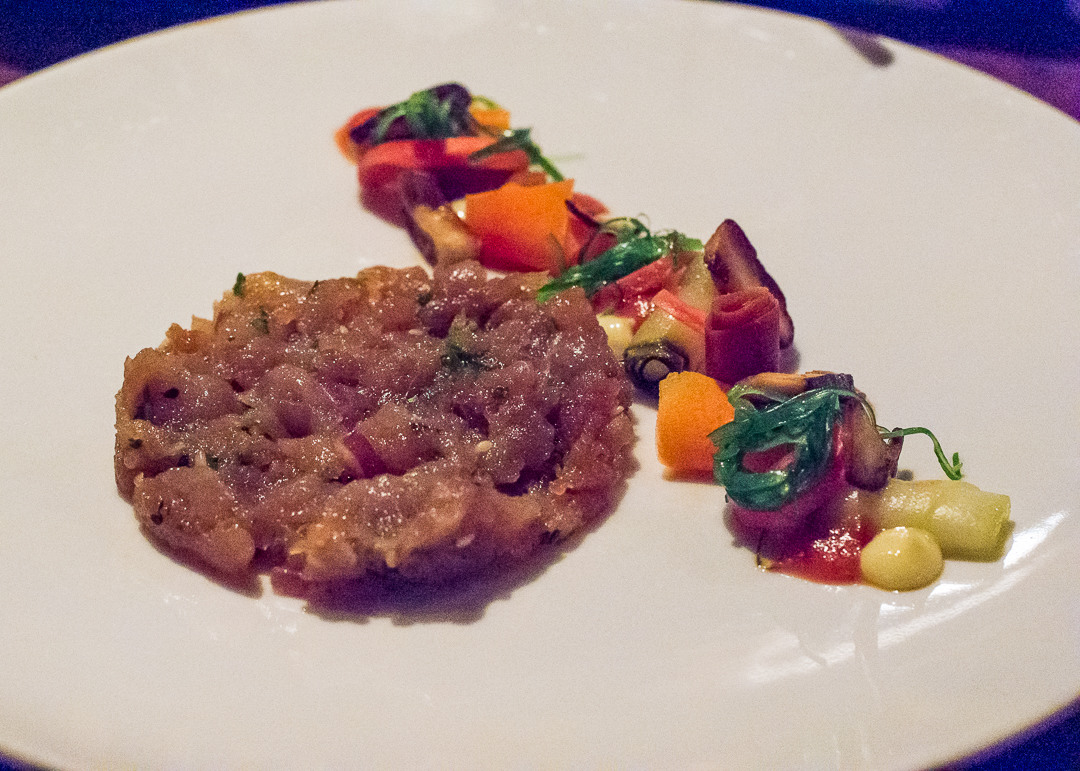
Seared Scallops – pumpkin creme, parma ham, feta cheese, arugula
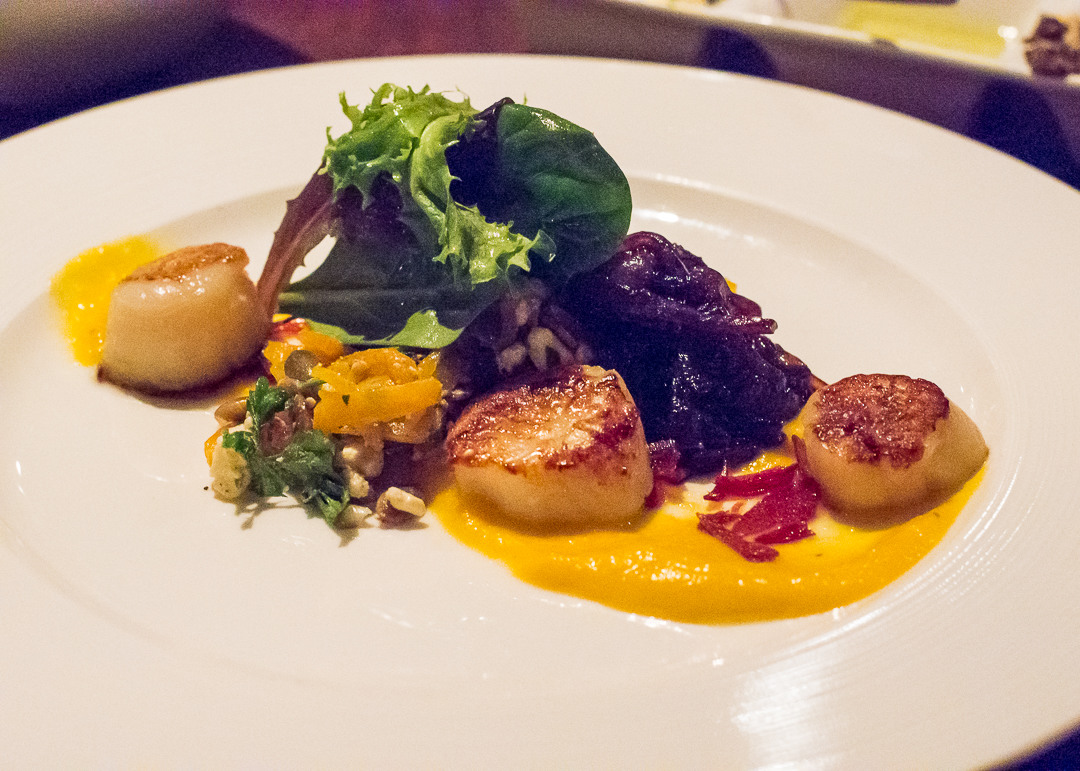
Coffee Mousse – mascarpone mousse, coffee meringue, Amaretto syrup
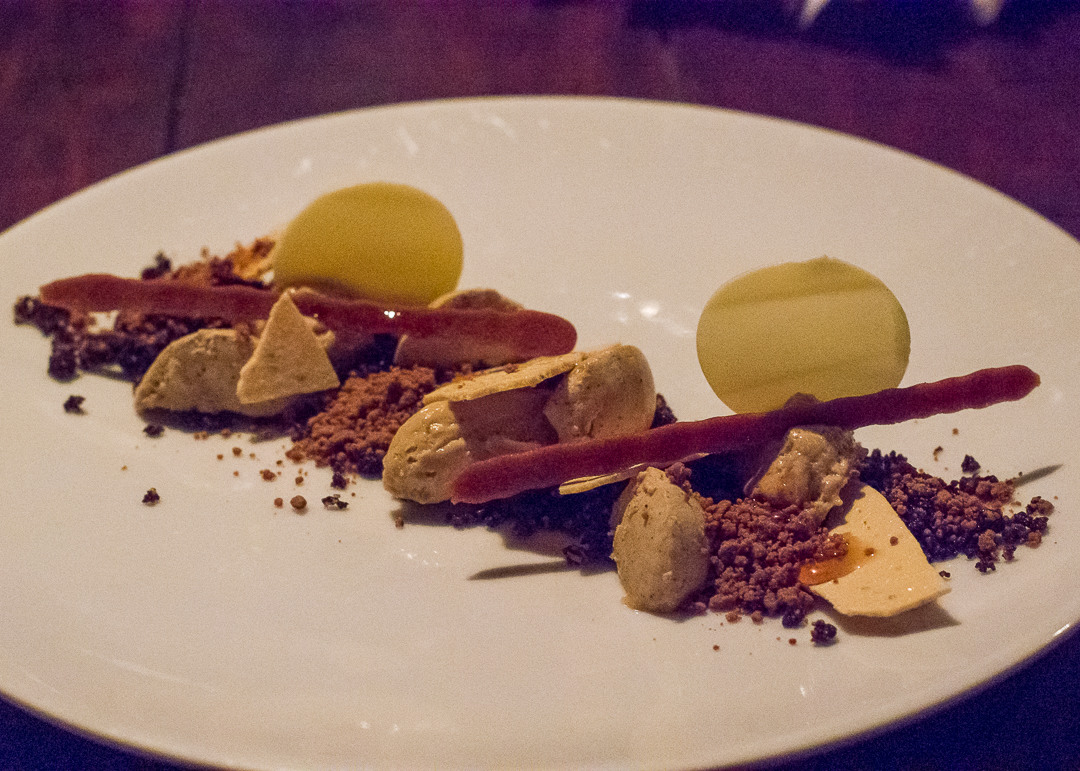
Another popular option for dinner is Kome with its chef-driven menu of international comfort cuisine.
Pan fried 5 spice duck breast – grilled pineapple, quinoa, pumpkin, kouseband, cherry gastrique
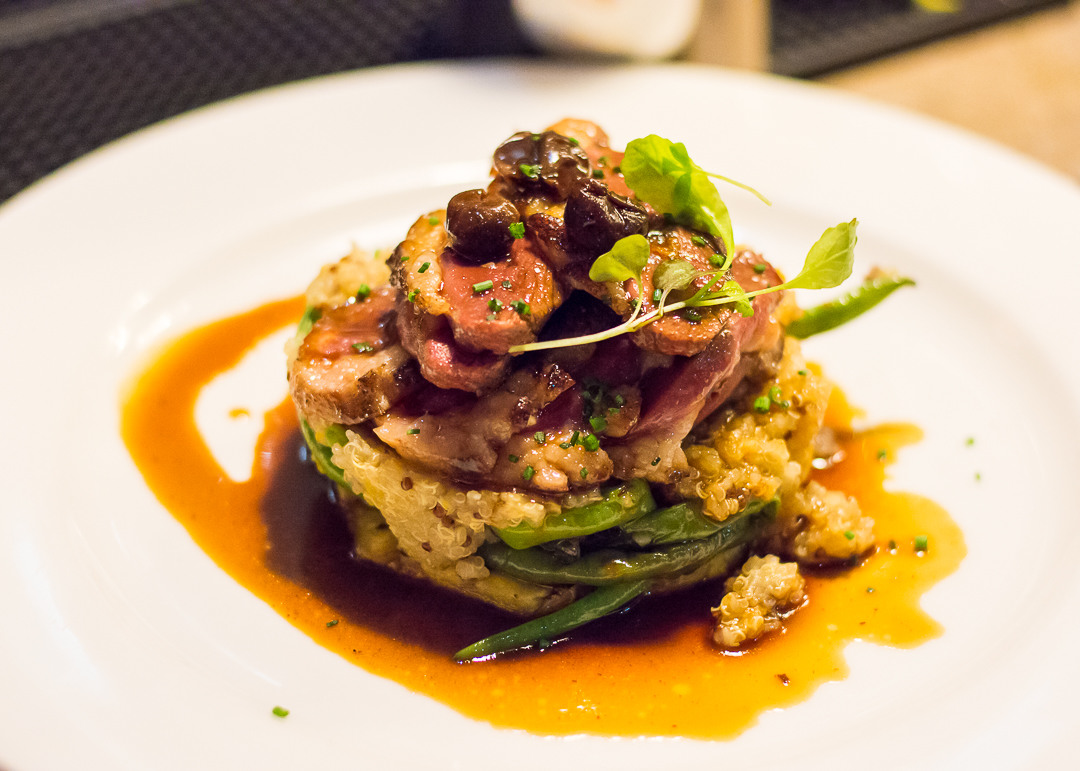
Crossing the floating bridge, we now find ourselves in Otrobanda (meaning “the other side”) from where you can get a pretty nice picture of the Punda side below. Otrobanda was created out of a necessity to house the overflowing inhabitants of Punda which was bursting at the seams in 1707 and is also part of the UNESCO World Heritage Sites with its historical buildings and strong cultural ties.
The first thing you’ll see in Otrobanda is Riffort, one of the 8 fortresses on Curaçao, which now accommodates a luxury shopping mall, expensive restaurants and a 5-star hotel.
Walking around Otrobanda is a slightly chaotic affair as the neighborhood was hurriedly developed with no urban plans to speak of so you just have to take any winding streets you’d like to find little treasures (like St. Anne Church below) and enjoy the more residential feel of Willemstad.
Stately houses in various states are dotted around the neighborhood.
Villa Belvedere is a great example of the types of luxury country houses built by the high society and today is home to a law firm.
If you don’t have time to wander around though there is one stop you must absolutely make and it’s at the Kura Hulanda Museum.
Housed in an 18th-century village bought and restored by a Dutch billionaire, the museum is a fascinating insight into the island’s roots, the transatlantic slave trade and many other important periods going all the way back to the origins of the diaspora.
The museum is centered around a courtyard where the Dutch once housed the slaves before they were sold and exported.
Adjacent to the museum is the Hotel Kura Hulanda, a 5-star hotel village with cobblestone walkways leading to restaurants, swimming pools, boutiques and bars.
Guest rooms are located inside these beautifully restored 18th and 19th century Dutch colonial buildings and you’re free to roam the grounds and feel as if you’ve just stepped back in time.
It’s a beautiful and colorful way to end your visit to such a diverse and vibrant Caribbean island. Whether you fell more in love with the bright blue of the stunning beaches or the rainbow hued architectural wonders of Willemstad I’m sure you’ll agree that Curacao is a unique and one of the most eye-pleasing holiday destinations in the region.

